at International Film Festival Rotterdam, Rotterdam, Netherlands, 30 JAN - 9 FEB, 2025
Happy New Year, 2025.
A Trailer for International Film Festival Rotterdam (IFFR) 2025.
“Happy New Year” is a cinematic version of Jinjoon Lee’s "On Air Garden" series, a brainwave interactive installation. The work was initiated by news articles and images based on events that occurred worldwide between December 31, 2023, and January 1, 2024, and creates a fictionalized landscape using a game engine. At first glance, it celebrates the joyful atmosphere of the New Year. However, each cabinet in this work reveals a global crisis, including war, disasters, and climate issues. The images of war, disaster, death, and destruction in the work are connected to the Buddhist Wheel of Reincarnation, where heaven and hell, birth and death, coexist. The work also critiques how tragic events are transformed into consumable, juxtaposing utopian imagery with influences from Chaekgeori (Korean traditional still-life painting that depicts books along with various other objects) and Western Cabinets of Curiosities. The narrator guides the audience through these scenes, shifting between factual and poetic descriptions as the camera meticulously examines each object.
These tragic events resonate with mythological stories and modern philosophical themes, inviting us into deeper contemplation. As the camera eventually retreats, it presents the overview of events, while the narration contemplates the vanity of human life, often overlooked in a society enthralled by spectacles. In doing so, “Happy New Year” reflects on the paradoxical situation in which the positively biased virtual worlds created by today's AI technologies can make us even more blind to the darker realities of our apathy.
Happy New Year, 2025.
A single channel game engine video and sound, 13 mins.
Narrative of Happy New Year
December 31st, 2023, minutes till midnight. 16-year-old Harry Pitman stabbed in Primrose Hill, London. Fireworks bring in a happy new year. A blinded crowd. Cries and cheers.
No one heard the Smiling Buddha sneaking up. From his sack spills out daydreams packed in abundance. Rubbed by those who gaze into a boundless void, the statue is open day and night.
May 18th, 1974, India’s first nuclear test. For it happened on the day Buddha was born, the code name was Smiling Buddha.
No one heard the Smiling Buddha sneaking up. From his sack spills out daydreams packed in abundance. Rubbed by those who gaze into a boundless void, the statue is open day and night.
May 18th, 1974, India’s first nuclear test. For it happened on the day Buddha was born, the code name was Smiling Buddha.
A phantom burned men, beasts, and forests. Unextinguished for 3 millennia, Chimera became a dancing flame.
It’s an ecstatic form of disappearance. Jean Baudrillard’s Desert For Ever.
October 24th, 2017, Saudi Arabia announces the NEOM project. It’s the parting of the Red Sea. You see desert, we see opportunity. At the end of the line reflecting the desert is a vanishing point. The crack in Olympos lives.
It’s an ecstatic form of disappearance. Jean Baudrillard’s Desert For Ever.
October 24th, 2017, Saudi Arabia announces the NEOM project. It’s the parting of the Red Sea. You see desert, we see opportunity. At the end of the line reflecting the desert is a vanishing point. The crack in Olympos lives.
March 11th, 2011, 9.1 earthquake in Oshika of Japan. Friday death toll of 19,759. Saturday, nuclear power plant unit 1 explodes. Monday, unit 3 explodes. Tuesday, unit 4 explodes. January 1st, 2024, 7.6 earthquake in Noto. 245 dead.
But you’re in such a hurry to get to the laughs you’re already in fits over the coach crash. Marguerite Duras in the Telly and Death. The disco ball scatters collective illusion.
But you’re in such a hurry to get to the laughs you’re already in fits over the coach crash. Marguerite Duras in the Telly and Death. The disco ball scatters collective illusion.
A six-molared white elephant enters the womb from under the right arm. A white brilliance blooms into a life called Shakyamuni.
Cherry blossoms in full bloom is when beauty peaks. As when the wind blows beauty scatters and is pressed to the ground, only a fine line exists between life and death.
Petals are in the wind. A world of void is in the wind.
November 29th, 2016, a girls’ dormitory in Adana, Turkey. Fire and a closed exit. 12 dead. March 22nd, 2024, a concert hall in Moscow, Russia. Guns and a closed exit. 145 dead.
Cherry blossoms in full bloom is when beauty peaks. As when the wind blows beauty scatters and is pressed to the ground, only a fine line exists between life and death.
Petals are in the wind. A world of void is in the wind.
November 29th, 2016, a girls’ dormitory in Adana, Turkey. Fire and a closed exit. 12 dead. March 22nd, 2024, a concert hall in Moscow, Russia. Guns and a closed exit. 145 dead.
Greek Hermes asked, O son, how many bodies have we to pass through, how many bands of demons, through how many series of repetitions and cycles of the stars, before we hasten to the One alone?
Life and death, a merry-go-round, a pendulum. A Korean poet indicated fate as a harness. Push the swing, like sending a boat far out to the sea. But the sky remains one far away. As the red and black garden stretches on, you can almost smell the flowers.
Life and death, a merry-go-round, a pendulum. A Korean poet indicated fate as a harness. Push the swing, like sending a boat far out to the sea. But the sky remains one far away. As the red and black garden stretches on, you can almost smell the flowers.
Tibetan monks answer if one is able to recognize the clear light as reality, one immediately achieves liberation from samsara, the cycle of rebirth.
With the desire of men to walk on clouds came disorder. The Birds by Aristophanes.
Then I instruct you first to make a single city of birds; then encircle the whole atmosphere, all the area between the earth and sky, with a wall of big baked bricks, like Babylon.
1783, the Montgolfier balloon rose past the city of birds, toward the city of Gods.
March 9th, 2016, AI defeats man in a game of Go. It’s the start of cannibalism by data. Like cows eating flesh and bones.
Then I instruct you first to make a single city of birds; then encircle the whole atmosphere, all the area between the earth and sky, with a wall of big baked bricks, like Babylon.
1783, the Montgolfier balloon rose past the city of birds, toward the city of Gods.
March 9th, 2016, AI defeats man in a game of Go. It’s the start of cannibalism by data. Like cows eating flesh and bones.
January 1st, 2024, first jackpot of the year hit in Michigan. Worth $842.4 million.
December 31st, 2023, bombs dropped in Gaza Strip. 48 drawn overnight. 21,800 body bags in all.
Charles VII King of Hearts, leads the Hundred Years’ War to victory. Julius Caesar King of Diamonds, defeats Pompey.
Alexander the Great King of Clubs, conquers Egypt, Persia, then attacks India. David King of Spades, steps on Goliath.
December 31st, 2023, bombs dropped in Gaza Strip. 48 drawn overnight. 21,800 body bags in all.
Charles VII King of Hearts, leads the Hundred Years’ War to victory. Julius Caesar King of Diamonds, defeats Pompey.
Alexander the Great King of Clubs, conquers Egypt, Persia, then attacks India. David King of Spades, steps on Goliath.
Late 1990s, two alleged reincarnations of Dalai Lama appear. To be spiritual, reveal that you’re the reincarnation of a Lama. To be sacred, pay the price. Tickets to ecstasy are for sale.
January 18th, 2024, BBC reported that the Spanish police have arrested 18 people alleged to be involved in a shamanic organisation that sold hallucinogenic drugs to its members.
January 18th, 2024, BBC reported that the Spanish police have arrested 18 people alleged to be involved in a shamanic organisation that sold hallucinogenic drugs to its members.
Come, let us build us a tower whose top may reach unto the stars! Welcome to the new Tower of Babel in the Metropolis. To the new Tower of Babel - to my father - !
The unfinished monument of collective utopia becomes souvenirs of personal dreams and vision-filled voids are displayed on individual shelves. As Roland Barthes says in The Eiffel Tower, the Tower is there.
The unfinished monument of collective utopia becomes souvenirs of personal dreams and vision-filled voids are displayed on individual shelves. As Roland Barthes says in The Eiffel Tower, the Tower is there.
"What a beauty.” Sipping on Sderot beer in the Sderot cinema. Old sofas, garden chairs, battered car seats and upturned crates provide seating for the spectators. July 20th, 2014, The Guardian.
Susan Sontag wrote in Regarding the Pain of Others, those photographed are forever looking at death, forever about to be murdered, forever wronged. Planted there in aeternum by those who reside in the Garden of Eden.
Eyes witnessing decadence are islands of paradise. Clenched between its teeth, an airy feather on the verge of freedom. Set on its forehead, a flame ready to drift as smoke. Ecclesiastes 1:2. Vanity of vanities, saith the Preacher, vanity of vanities; all is vanity.
A soaring dragon and the spirit of the new year on its back. The roar of a passing plane and a muted sob. A polar bear’s wail and a rising pool of dark caramel. A drowning ship, screams of terror, and frozen darkness swallowing both.
Here is the Miniature, the Gigantic, the Souvenir, and the Collection. The Souvenirs, miniatures of the originals, are collected and displayed in the cabinet of curiosities. And behind it steadily rotates the Gigantics that cannot be called originals of the miniatures.
Here is the Miniature, the Gigantic, the Souvenir, and the Collection. The Souvenirs, miniatures of the originals, are collected and displayed in the cabinet of curiosities. And behind it steadily rotates the Gigantics that cannot be called originals of the miniatures.
While the point of the souvenir may be remembering, or at least the invention of memory, the point of the collection is forgetting. Take a few steps back from the personal picture-perfect miniature and see the gigantic landmark ahead. On Longing by Susan Stewart. We want the antique miniature and the gigantic new.
Her torch is a lighthouse of hope for those lost in the dark, a flame of freedom. But what awaits those lured by the light of liberty is a mere delusion. Fly over oceans into her burning mirage but stay lost in the Six Realms. Like a moth to a flame. On how to step down from the alluring Ferris wheel, the Tibetan Book of the Dead points to dwelling in serenity as the only way to avoid reincarnation within the Six Realms, Samsara. On bones is a candle and on it flickers fragility. Vanity of vanities; all is vanity.
References
A. The Cow and Go board
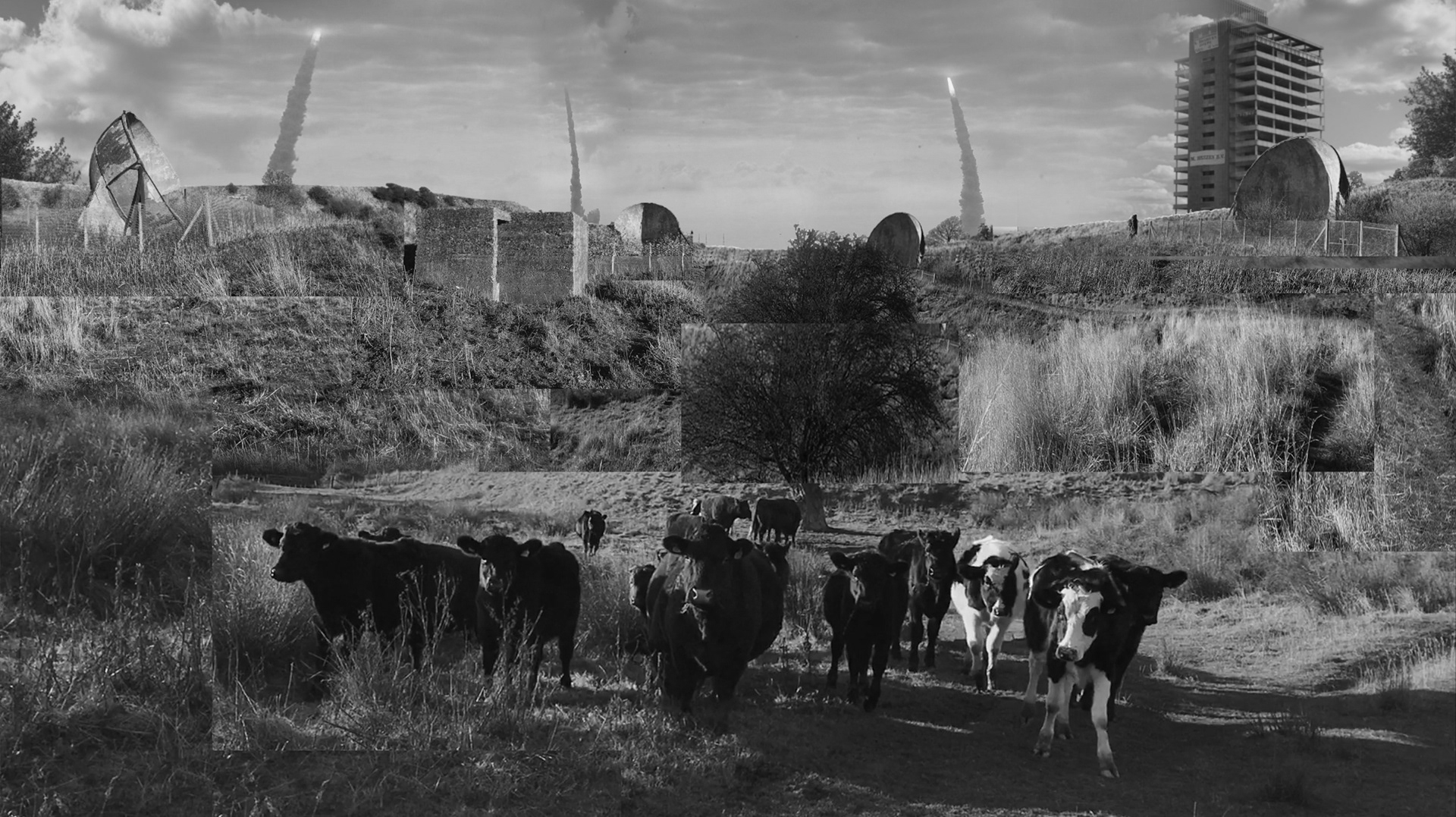
A-1
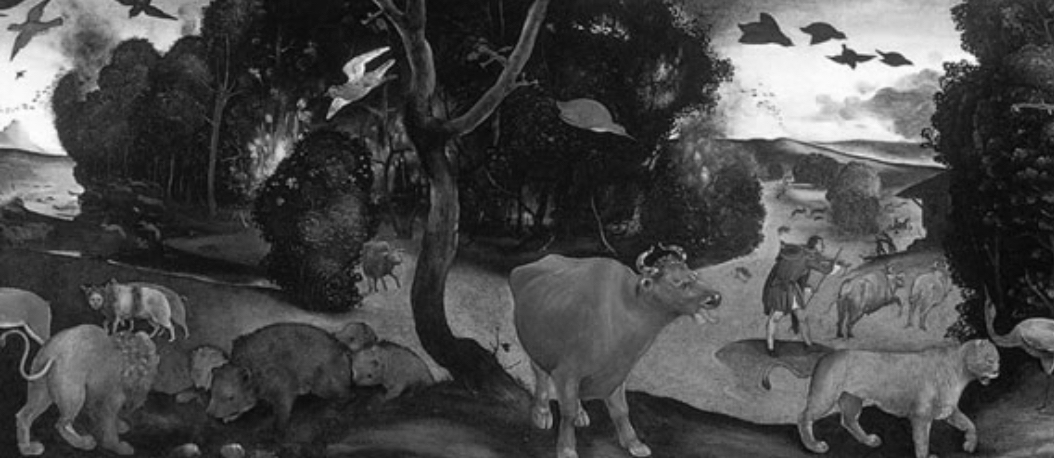
A-2

A-3

A-4
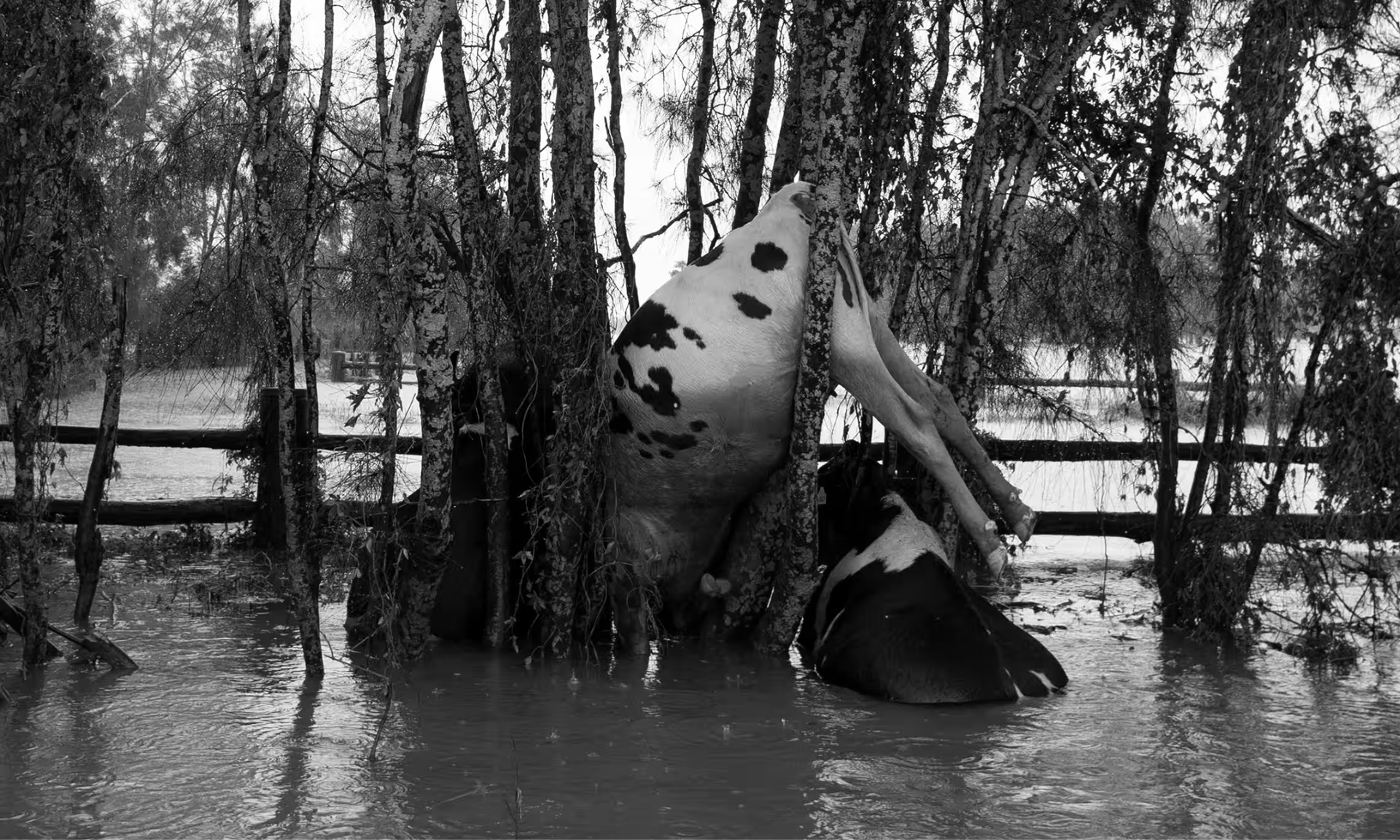
A-5
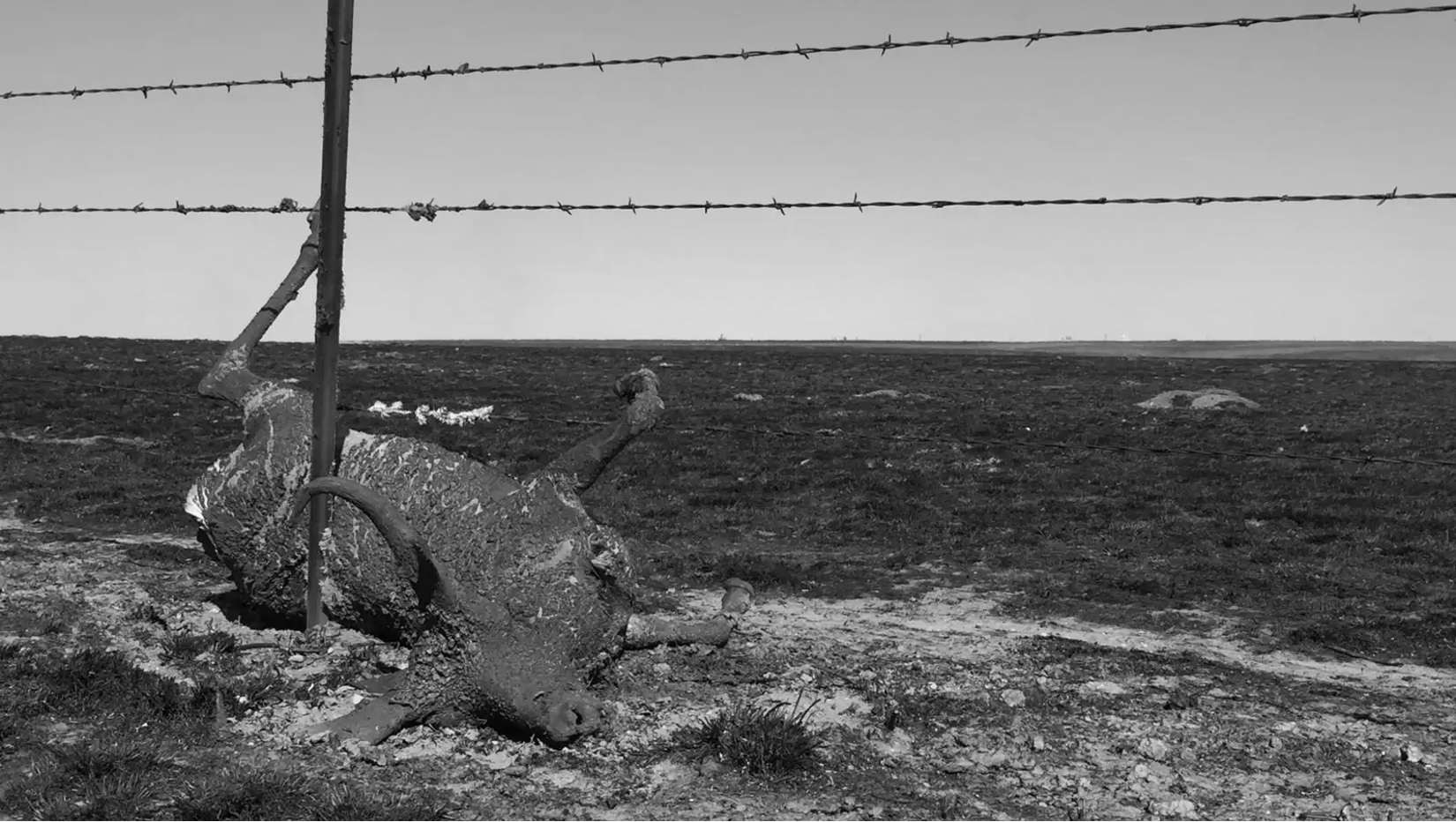
A-6
A-1. Jinjoon Lee, Blind Sound in Sound Mirrors -Nowhere in Somewhere, 2017. Single channel video and sound installation, 02’50”.
A-2. Piero di Cosimo, The Forest Fire, 1505. Ashmolean Museum, Oxford.
A-3. Google’s AlphaGo AI defeats human in first game of Go contest. Steven Borowiec, 2016, The Guardian. © Lee Jin-man
South Korean professional Go player Lee Sedol, right, prepares for his second stone against Google’s artificial intelligence program, AlphaGo.
A-4. BSE: the cattle killer. 1998, BBC. © BBC News
BSE came close to destroying the British beef industry.
A-5. A Flood-hit farmer’s lament for his lost cows: ‘It’s the helplessness of hearing them bellowing’. Justine Landis-Hanley and Matilda Boseley, 2021, The Guardian. © Mike Bowers
Dead cattle hung up on trees on Oxley Island, east of Taree, in the NSW floods.
A-6. Inside the Midwest Wildfires That Burned Cattle Alive. 21 March, 2017, GIZMODO. © Heston Williams
B. Korean Traditional Ceremony
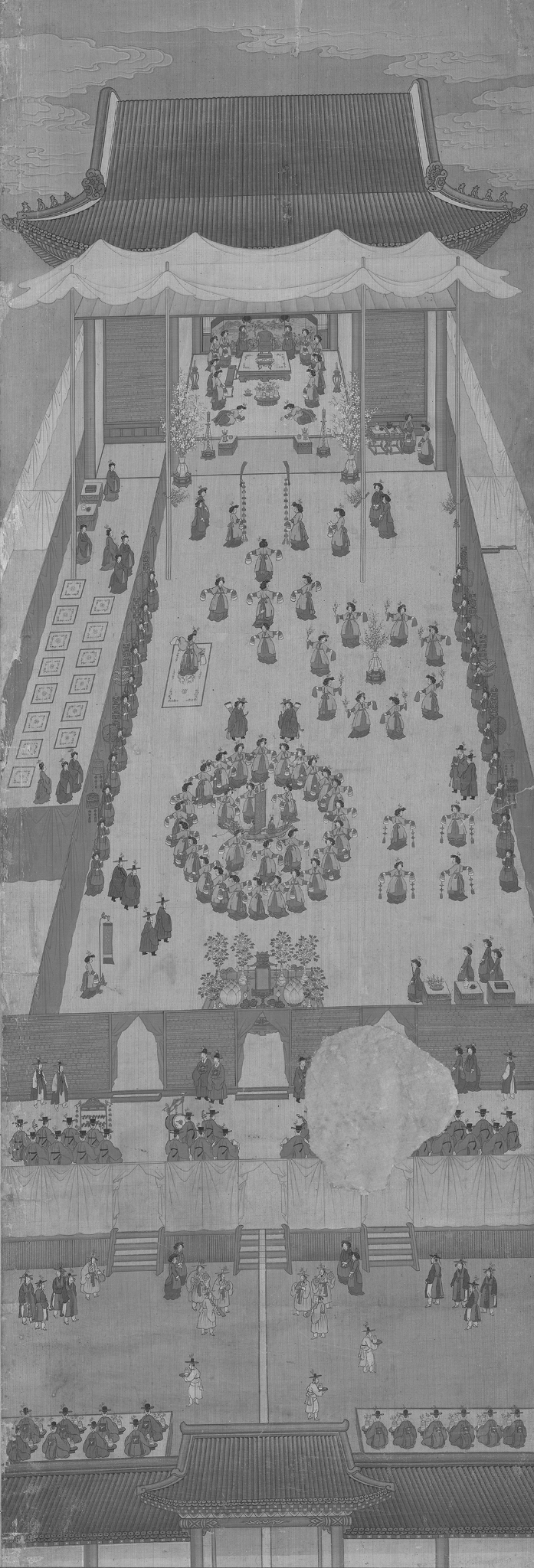
B-1
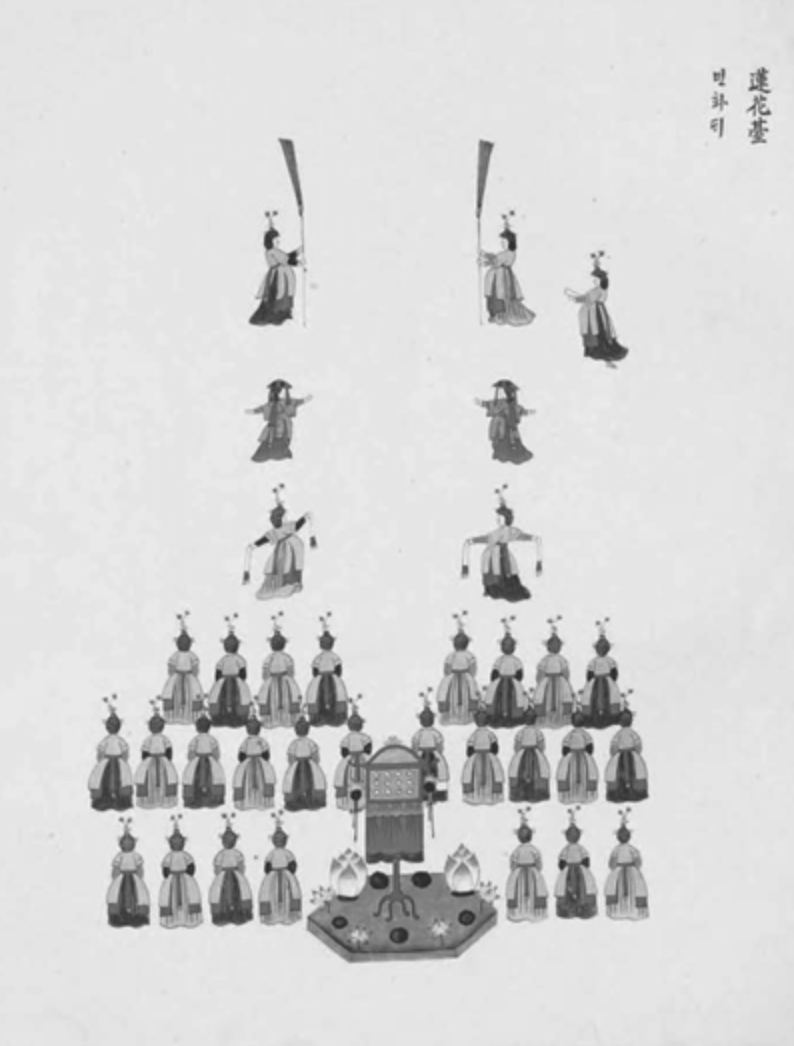
B-2
B-1. Illustration of “Chunaengjeon Court Dance”. Part of Mushin Jinchando, Joseon Dynasty, 19C, National Museum of Korea.
This is a drawing of a court ceremony held in 1848 to celebrate the 60th birthday of Empress Sunwon and the 41st birthday of Empress Shinjeong.
B-2. Illustration of “Yeonhwadae” (Lotus Flower Dance Ceremony). Part of Wonhaeng eulmyojeongri euguae (Records of the standard order of the royal rites), Joseon Dynasty, 19C. National Museum of Korea.
The rite of driving away evil spirits from the Royal Court during the early Joseon Period. It is based on a story about two girls born as pistils of a lotus flower repaying the King’s virtuosity with a dance and a song. Wonhaeng eulmyojeongri euguae (Records of the standard order of the royal rites) is a pictorial record of the royal procession of King Jeongjo, who visited Suwon where the tomb of his father is located.
C. Vanitas painting and Gaza Strip
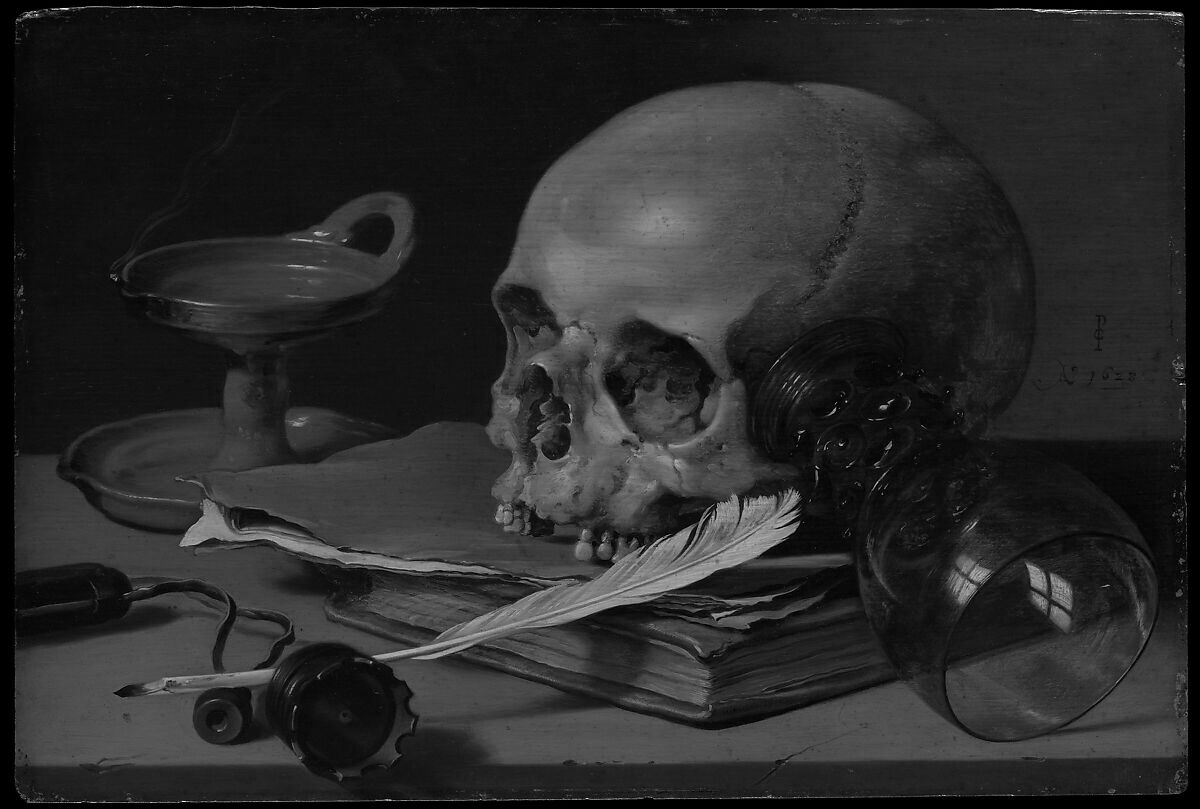
C-1

C-2
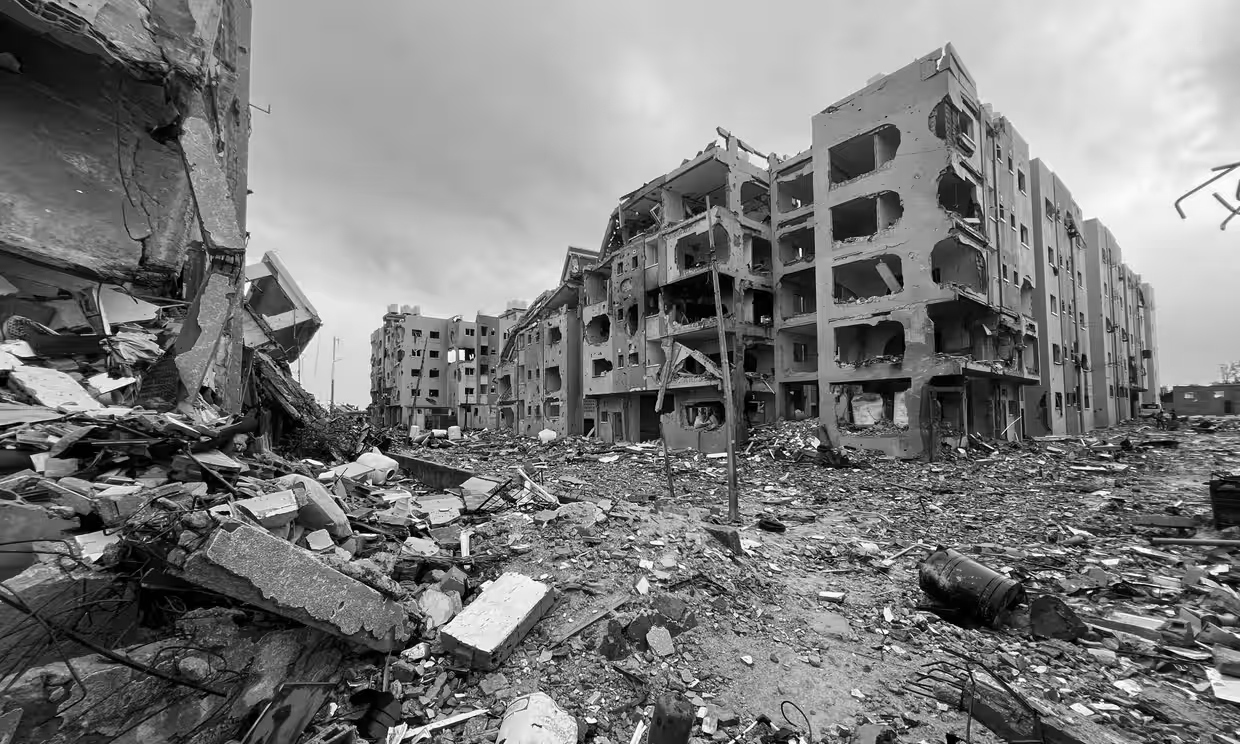
C-3
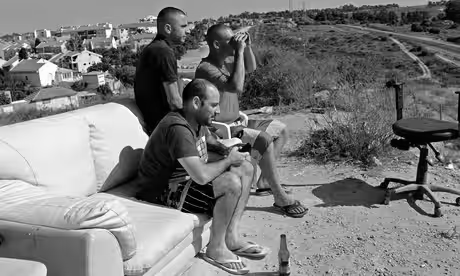
C-4
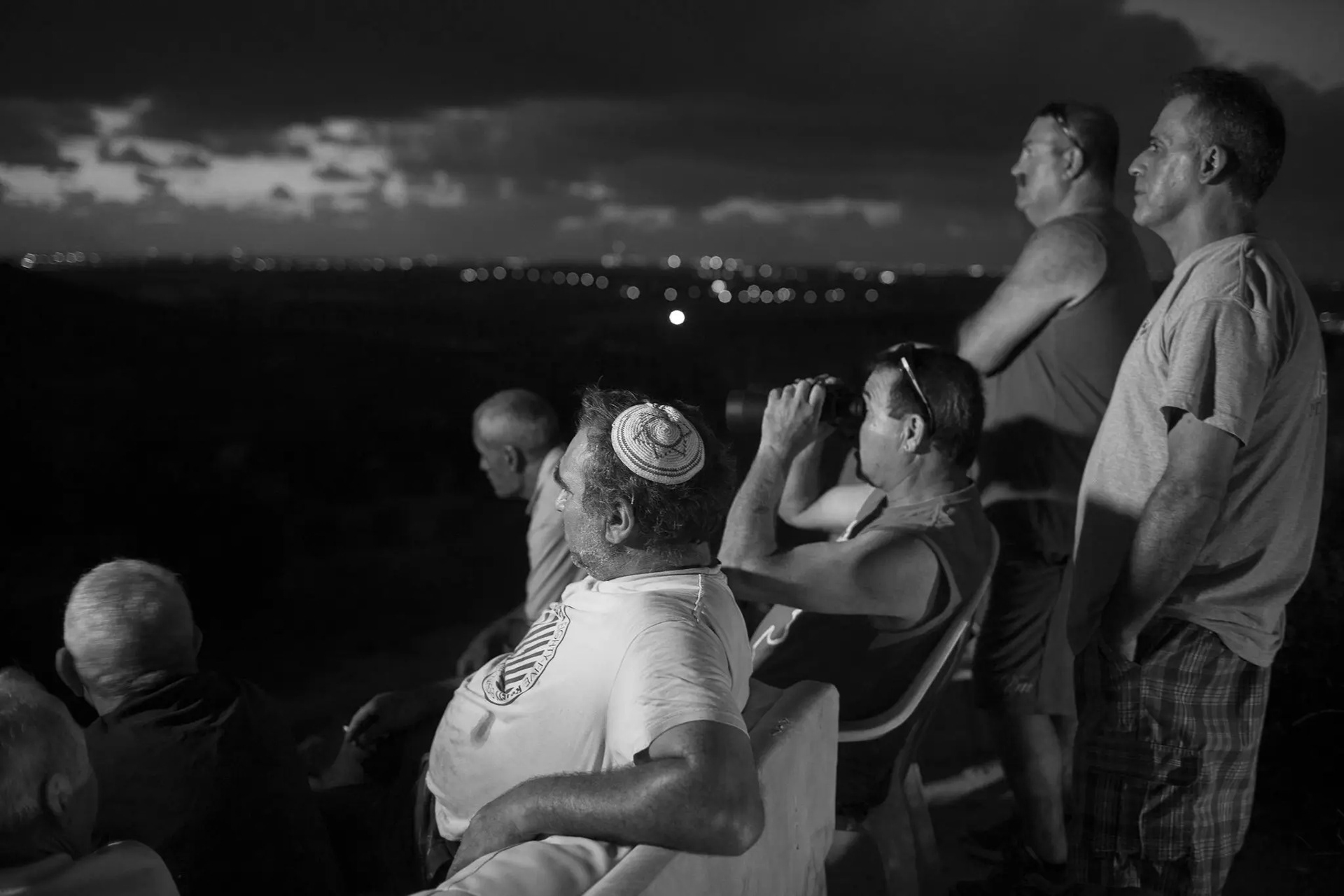
C-5
C-1. Pieter Claesz, Still Life with a Skull and a Writing Quill, 1628. Metropolitan Museum of Art.
C-2. “Vanity of Vanities, saith the preacher, all is vanity” Bible’s Old Testament in Ecclesiastes 12:8
C-3. How war destroyed Gaza’s neighbourhoods - visual investigation
Niels de Hoog, Antonio Voce, Elena Morresi, Manisha Ganguly, and Ashley Kirk, 2023, The Guardian. © Fadi Alwhidi/Anadolu A view of Burj al-Nada and Burj al-Awda buildings destroyed due to Israeli attacks on the fourth day of the humanitarian pause between Israel and Hamas in Beit Hanoun, Gaza on November 27, 2023.
C-4. Israelis gather on hillsides to watch and cheer as military drops bombs on Gaza Harriet Sherwood, 2014, The Guardian. © UPI/Landov/Barcroft Media Israelis sit on a hill to watch air strikes on Gaza, some bring drinks and snacks as they cheer the explosions a few miles away.
C-5. For Israelis on Edge of Battle, Rockets Put On a Show. Jodi Rudoren, 22 July, 2014, The New York Times. © Rina Castelnuovo
Residents of Sderot, Israel, first began watching the military and Hamas exchange fire in 2001. Shouts of “Ooh, ooh!” and everyone pointed up at two rockets soaring from Gaza into Israel about 9 p.m.
D. Polar bear and Flooded temple

D-1
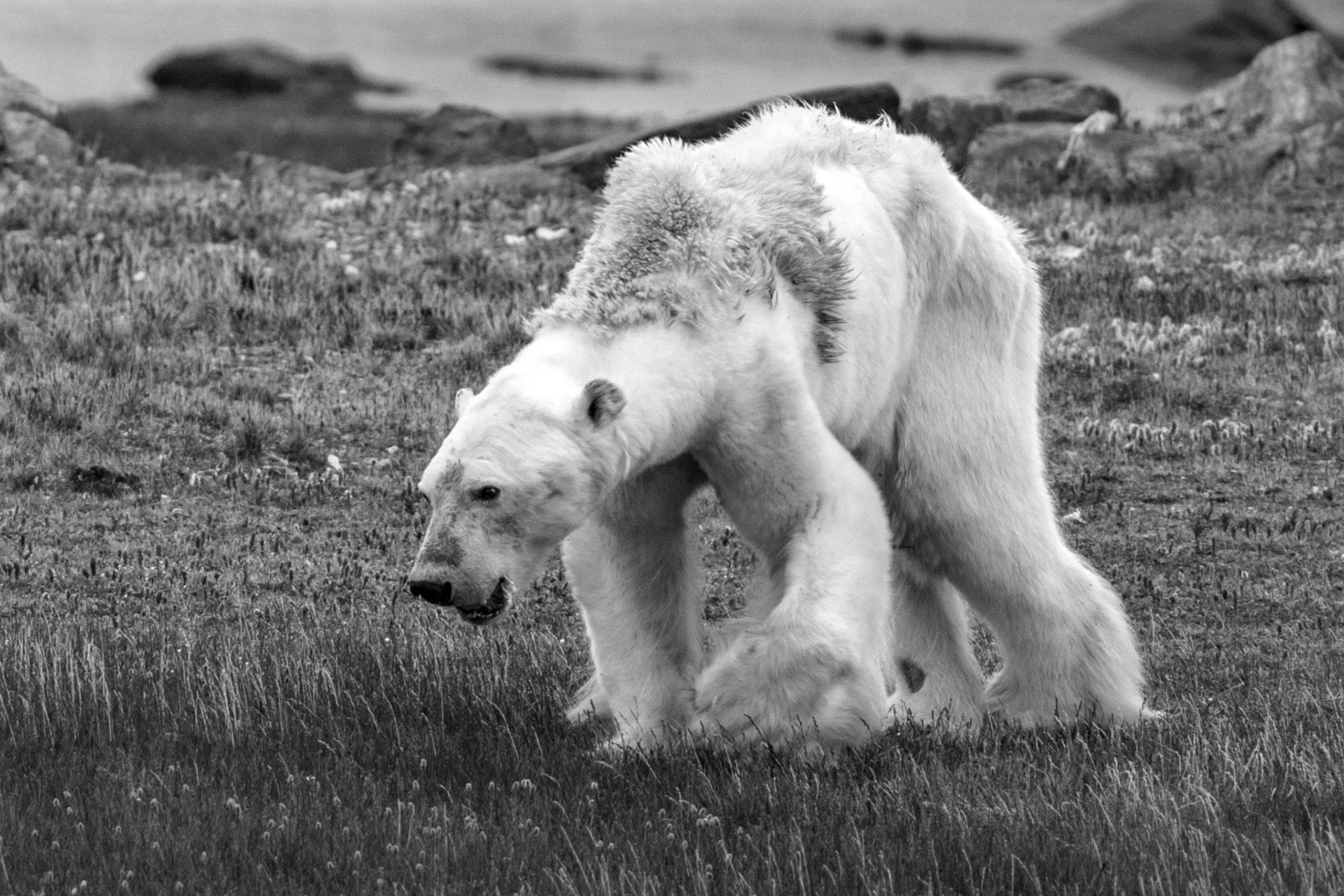
D-2
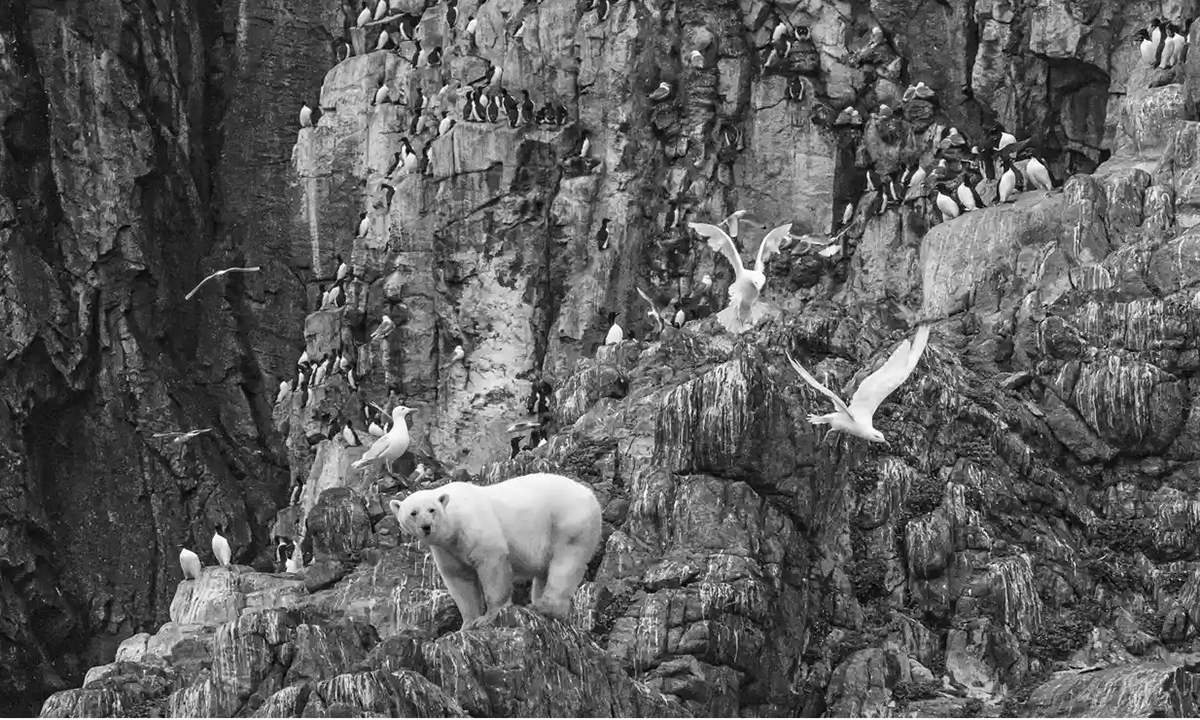
D-3
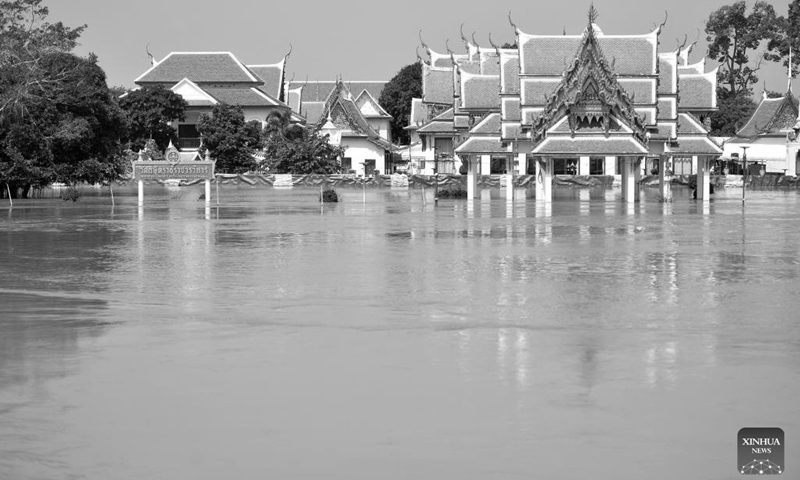
D-4
D-1. A Holiday Wish for Coke: Stop fueling the climate crisis, Kate Melges, 2021, Greenpeace. © Greenpeace
D-2. Starving Polar Bear Photographer Explains Why She Couldn’t Help, Cristina Mittermeier, 2017, National Geographic. © Cristina Mittermeier
The polar bear’s weak muscles, atrophied by extended starvation, could barely hold it up.
D-3. Polar bear dies from bird flu as H5N1 spreads across globe Phoebe Weston, 2024, The Guardian. © Yvette Cardozo/Alamy Polar bears are listed as ‘vulnerable’ on the IUCN red list of endangered species, mainly due to the loss of sea ice.
D-4. A view of temples in a flooded area in Ayutthaya, Thailand on October 18, 2022. SUNTHORN PONGPAO, 2021, Bangkok Post. © Xinhua
E. White Elephant, Mononoaware, Sakura and Torii

E-1

E-2
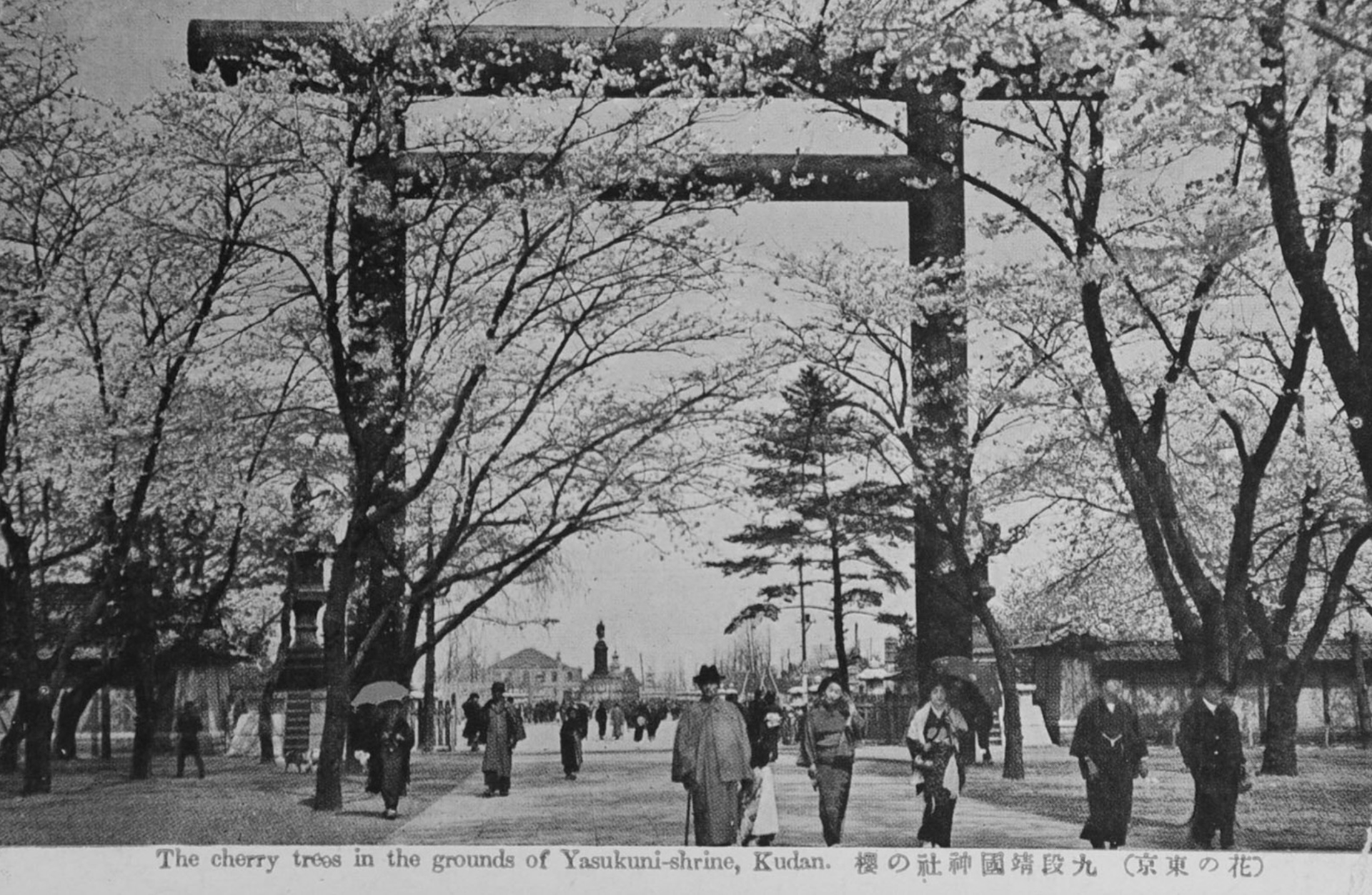
E-3
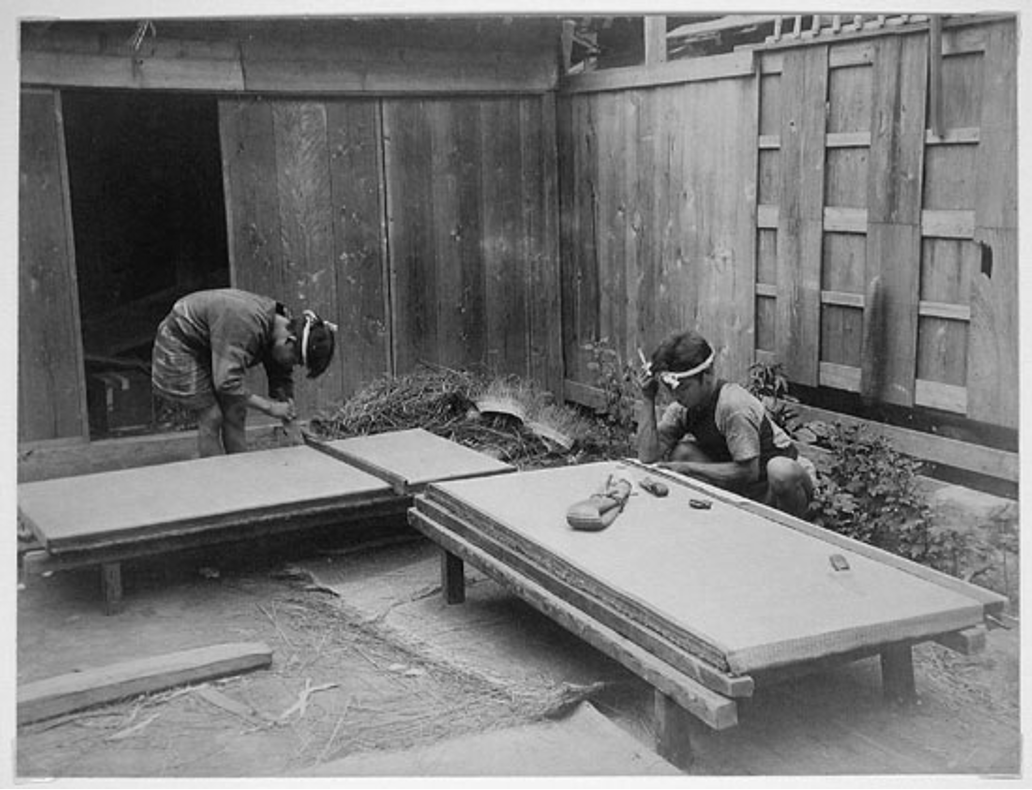
E-4
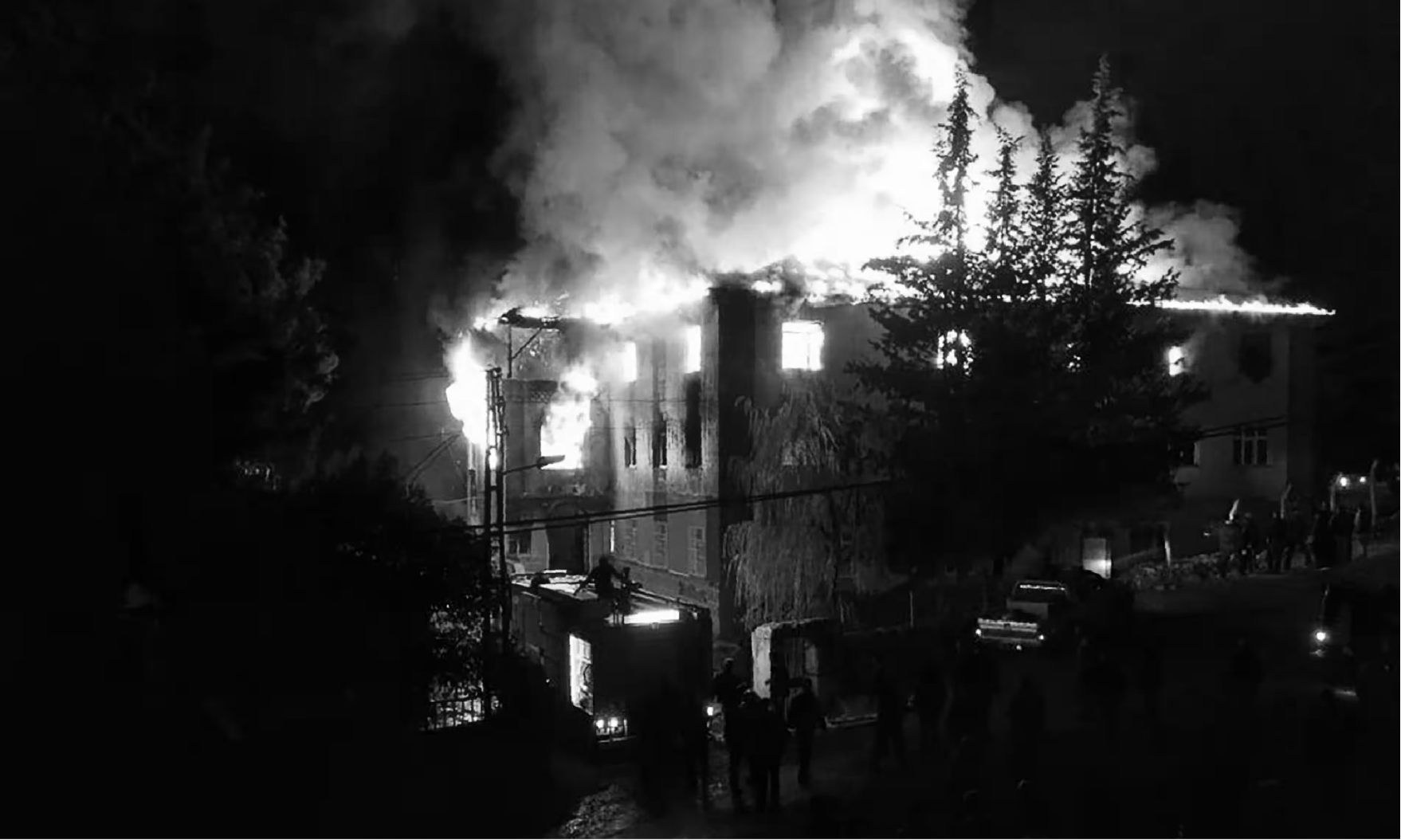
E-5
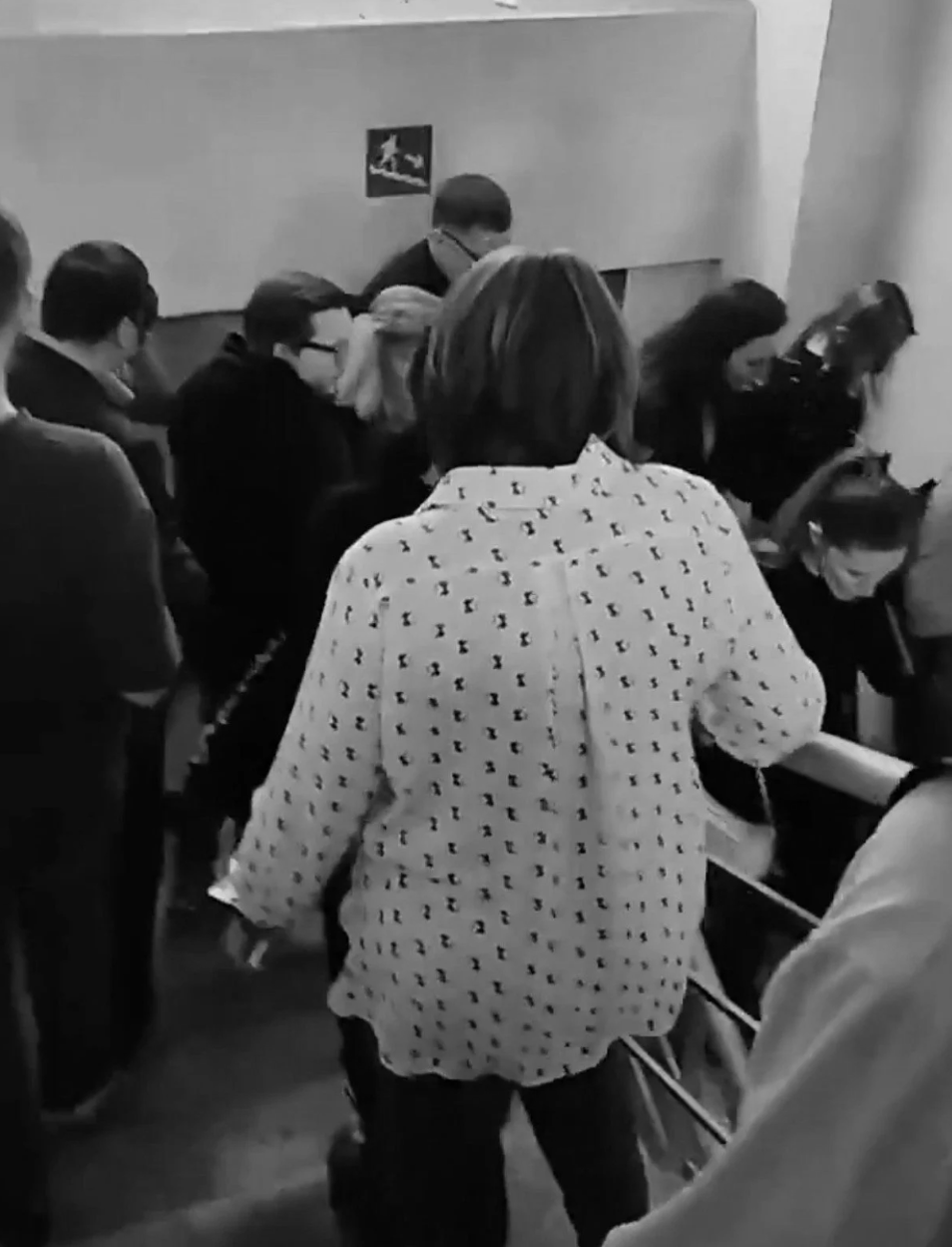
E-6
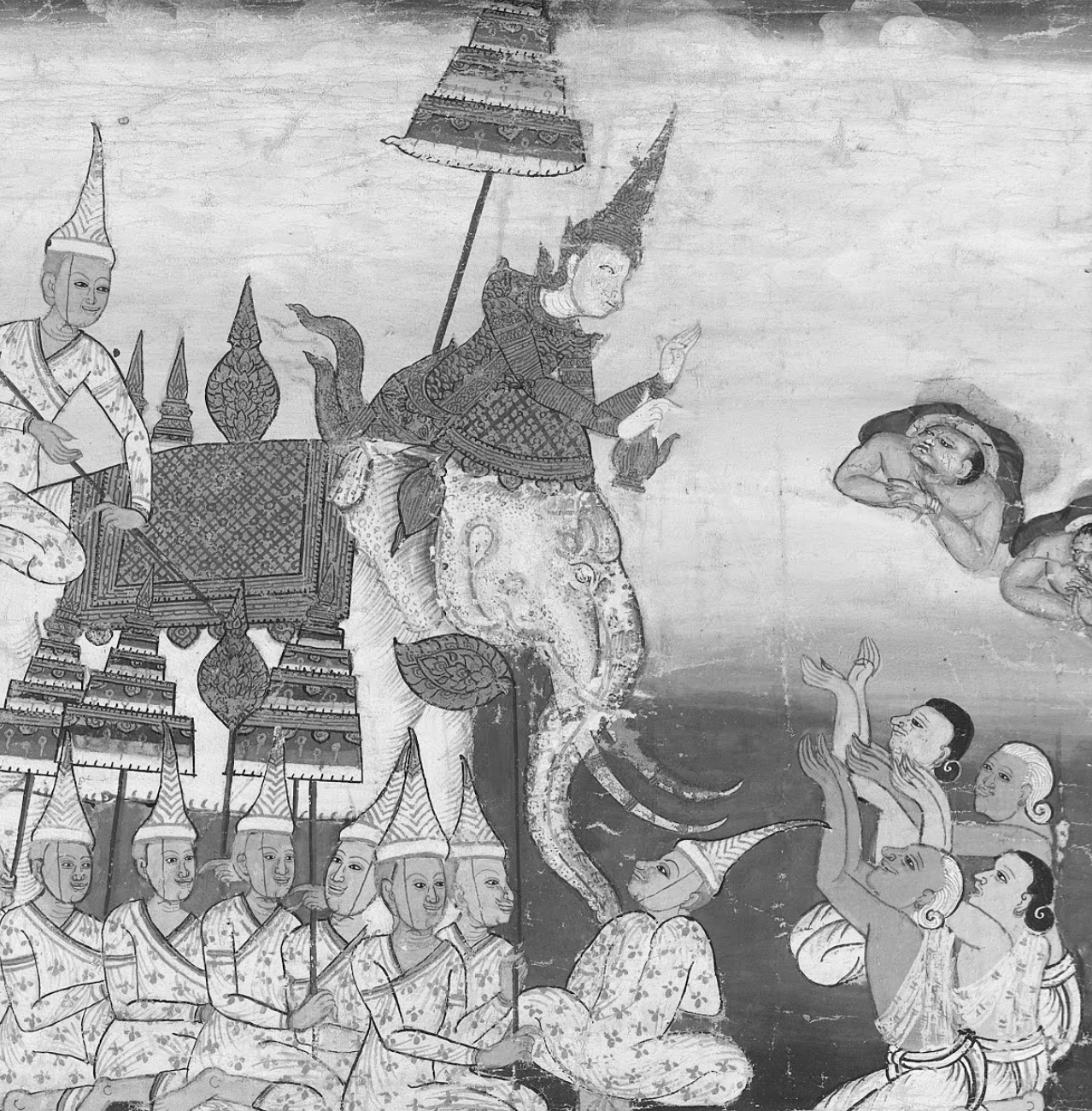
E-7
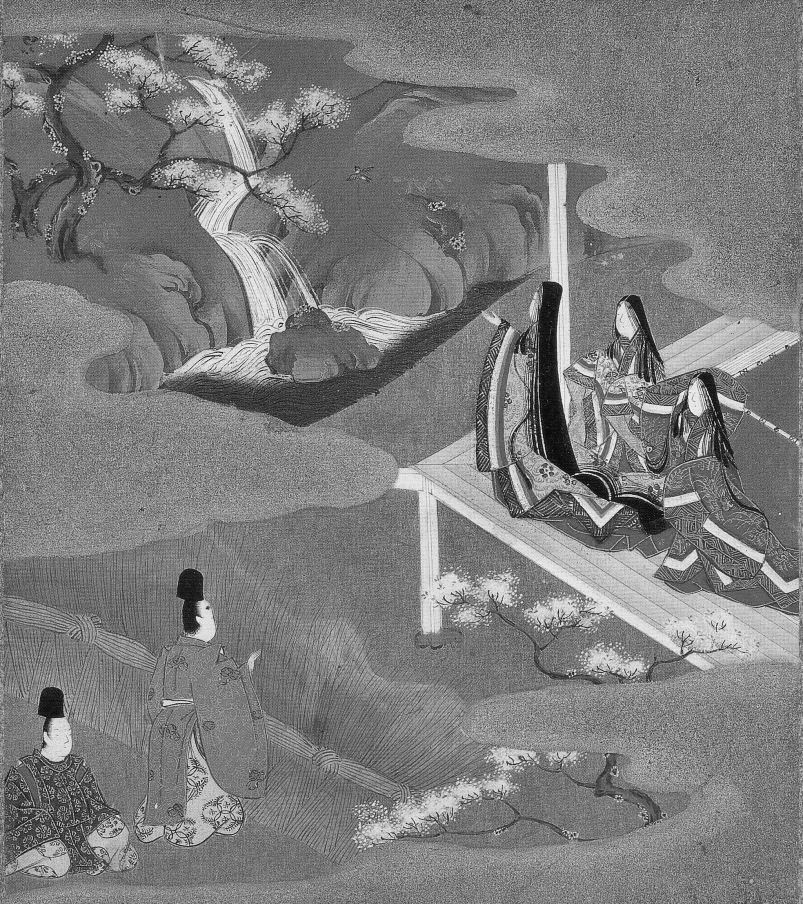
E-8
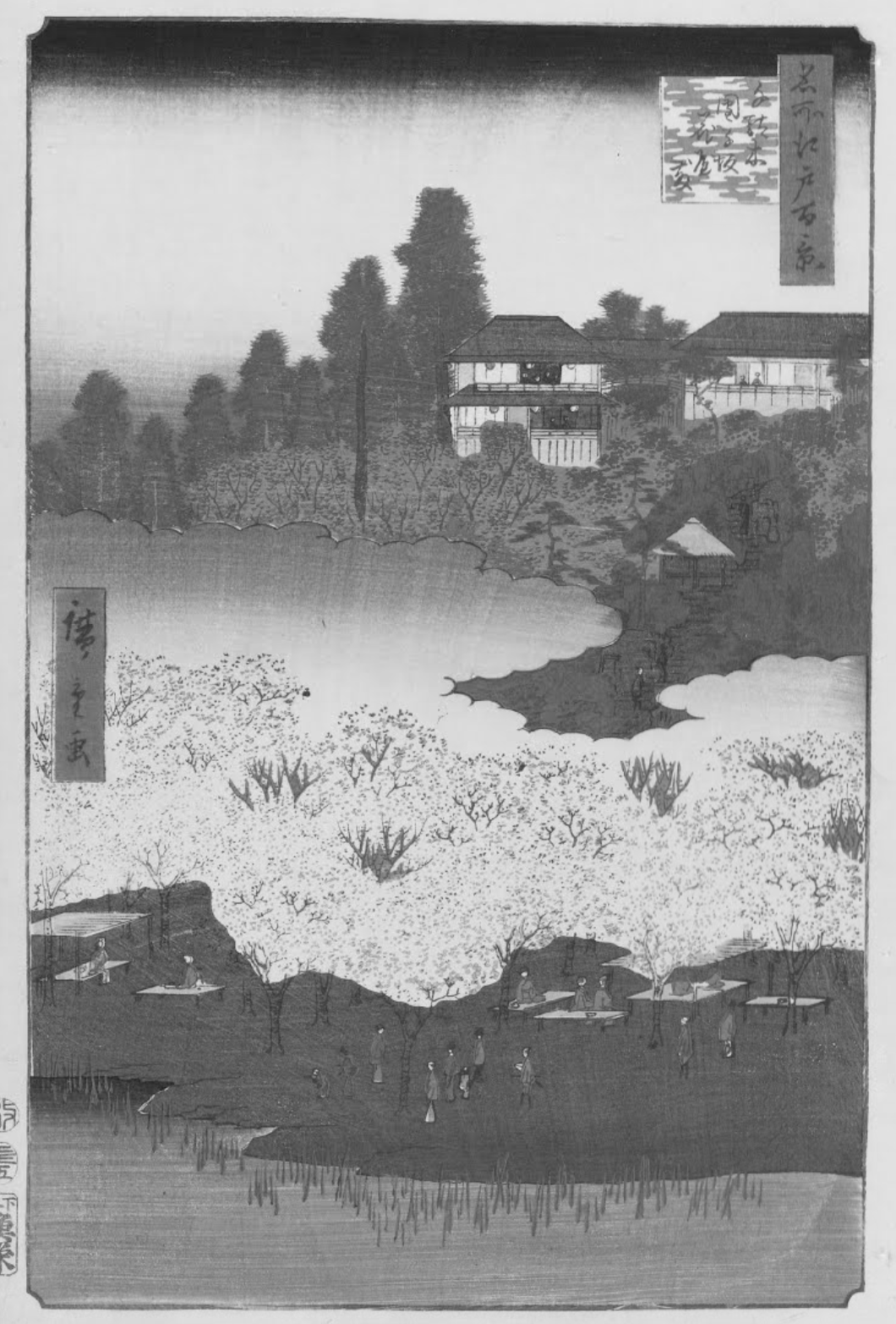
E-9
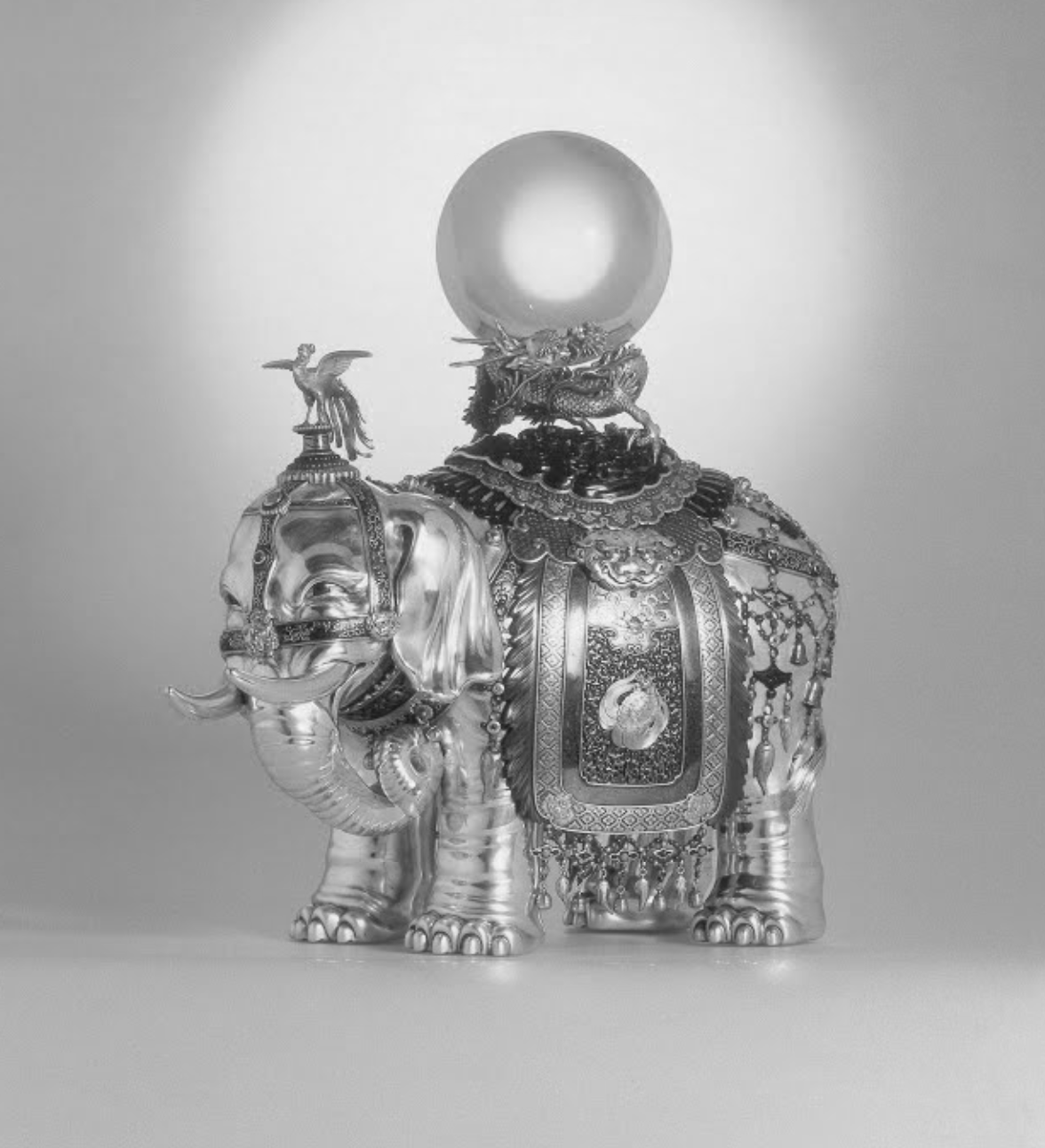
E-10
E-1. Illustration of “The Lord White Elephant” Colesworthey Grant, 19C. Part of the A Series of Views in Burmah taken during Major Phayre’s Mission to the Court of Ava in 1855.
E-2. Aoshima(Qīngdo) Shrine Otorii, Miyazaki, Japan, 20C.
E-3. The cherry trees in the grounds of Yasukuni-shrine, Kudan, Japan, 20C.
E-4. Photographer unknown, Men Making Tatami Mats, 1860 - ca. 1900, Freer Gallery of Art and Arthur M. Sackler Gallery Archives Smithsonian Institution.
E-5. Schoolgirls die in Turkey dormitory blaze after fire door ‘wouldn’t open’. Agence France-Presse, 30 November, 2016, The Guardian. © AFP/Getty Images
E-3. The cherry trees in the grounds of Yasukuni-shrine, Kudan, Japan, 20C.
E-4. Photographer unknown, Men Making Tatami Mats, 1860 - ca. 1900, Freer Gallery of Art and Arthur M. Sackler Gallery Archives Smithsonian Institution.
E-5. Schoolgirls die in Turkey dormitory blaze after fire door ‘wouldn’t open’. Agence France-Presse, 30 November, 2016, The Guardian. © AFP/Getty Images
Twelve people, most of them schoolgirls, were killed when fire ravaged a dormitory for pupils in the southern Turkish region of Adana. Fire broke out at around 7.25pm on Tuesday and was brought under control about three hours later. Escape stairs were locked and students were unable to use them.
E-6. Emergency exits at the Moscow concert hall where gunmen killed 137 people could not be opened. James Kilner, 24 March, 2024, The Telegraph.
E-6. Emergency exits at the Moscow concert hall where gunmen killed 137 people could not be opened. James Kilner, 24 March, 2024, The Telegraph.
On 22 March, 2024, IS killed at least 137 people with guns at the Crocus City Hall concert hall outside Moscow. Some doors at Crocus City Hall could not be opened during the shooting, as some victims are reported to have died from smoke inhalation. The issue of blocked or locked fire exits is sensitive in Russia. In 2018, more than 60 people died in a shopping mall fire in Siberia because the alarms had been turned off and the escape exits had been locked.
E-7. Artist unknown, Prince Vessantara Gives Away His White Elephant, Scene from Vessantara Jataka on Generosity, Thailand, 19C. Los Angeles County Museum of Art.
E-8. Illustration of “The Tale of Genji”, ch.5 – Wakamurasaki traditionally credited to Tosa Mitsuoki, 17C. Part of the Burke Albums, property of Mary Griggs Burke.
E-9. Utagawa Hiroshige, One Hundred Famous Views of Edo “Flower Pavilion near Dangozaka Slope in Sendagi”, 1856. Shizuoka city Tokaido Hiroshige Museum of Art.
E-7. Artist unknown, Prince Vessantara Gives Away His White Elephant, Scene from Vessantara Jataka on Generosity, Thailand, 19C. Los Angeles County Museum of Art.
E-8. Illustration of “The Tale of Genji”, ch.5 – Wakamurasaki traditionally credited to Tosa Mitsuoki, 17C. Part of the Burke Albums, property of Mary Griggs Burke.
E-9. Utagawa Hiroshige, One Hundred Famous Views of Edo “Flower Pavilion near Dangozaka Slope in Sendagi”, 1856. Shizuoka city Tokaido Hiroshige Museum of Art.
E-10. Shoami Katsuyoshi, Incense Burner (Koro), Japan, 19C. Khalili Collection.
The white elephant is an animal of great significance in Buddhism. It is the mount of the Bodhisattva Fugen, while his brother bodhisattva rides a lion-like beast called a shishi. They are the bodhisattvas of wisdom and are said to have been born during the lifetime of the historical Buddha. The elephant was one of the animals present at the death and final enlightenment of the Buddha.
F. Mountain Fuji, Sundial and Statue of Jesus Christ
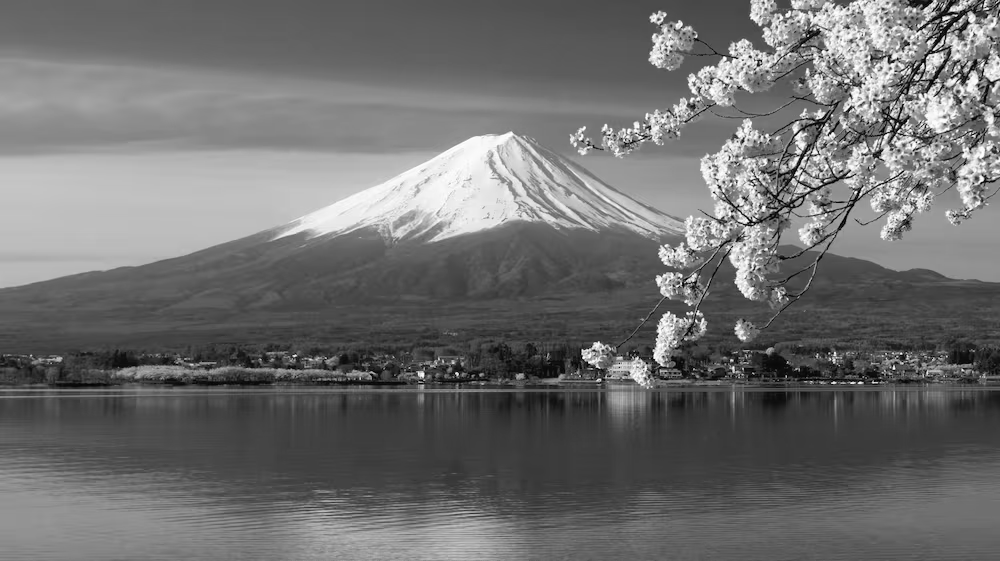
F-1
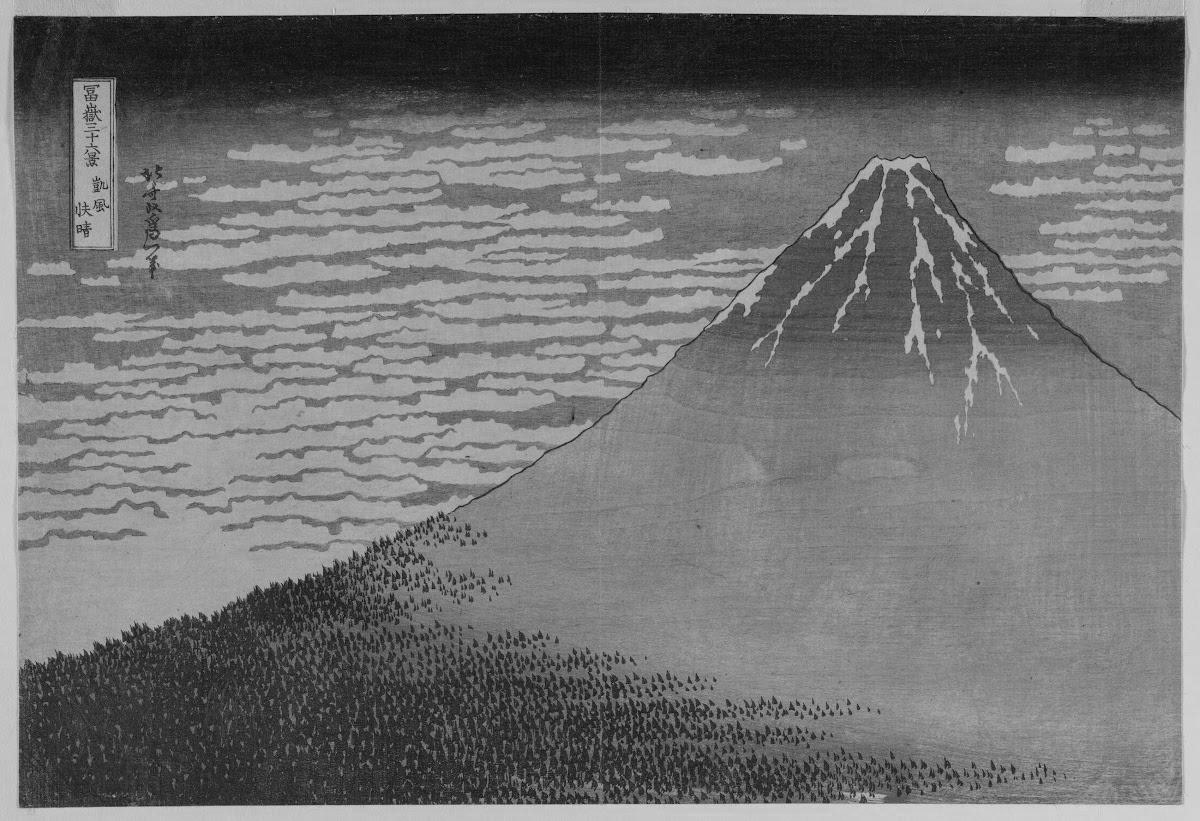
F-2
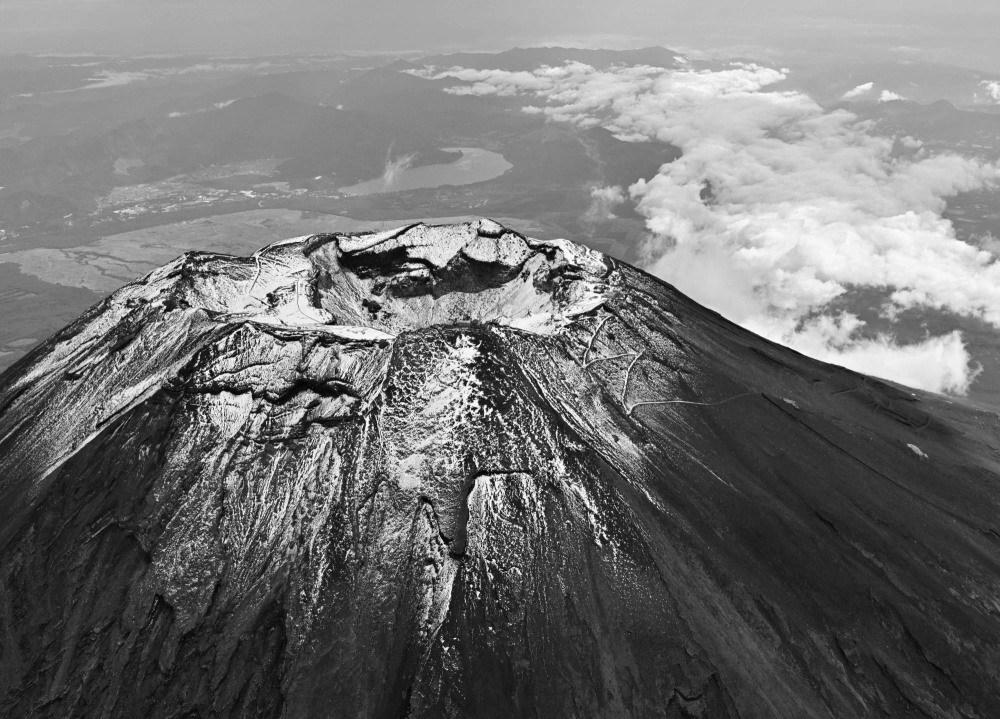
F-3
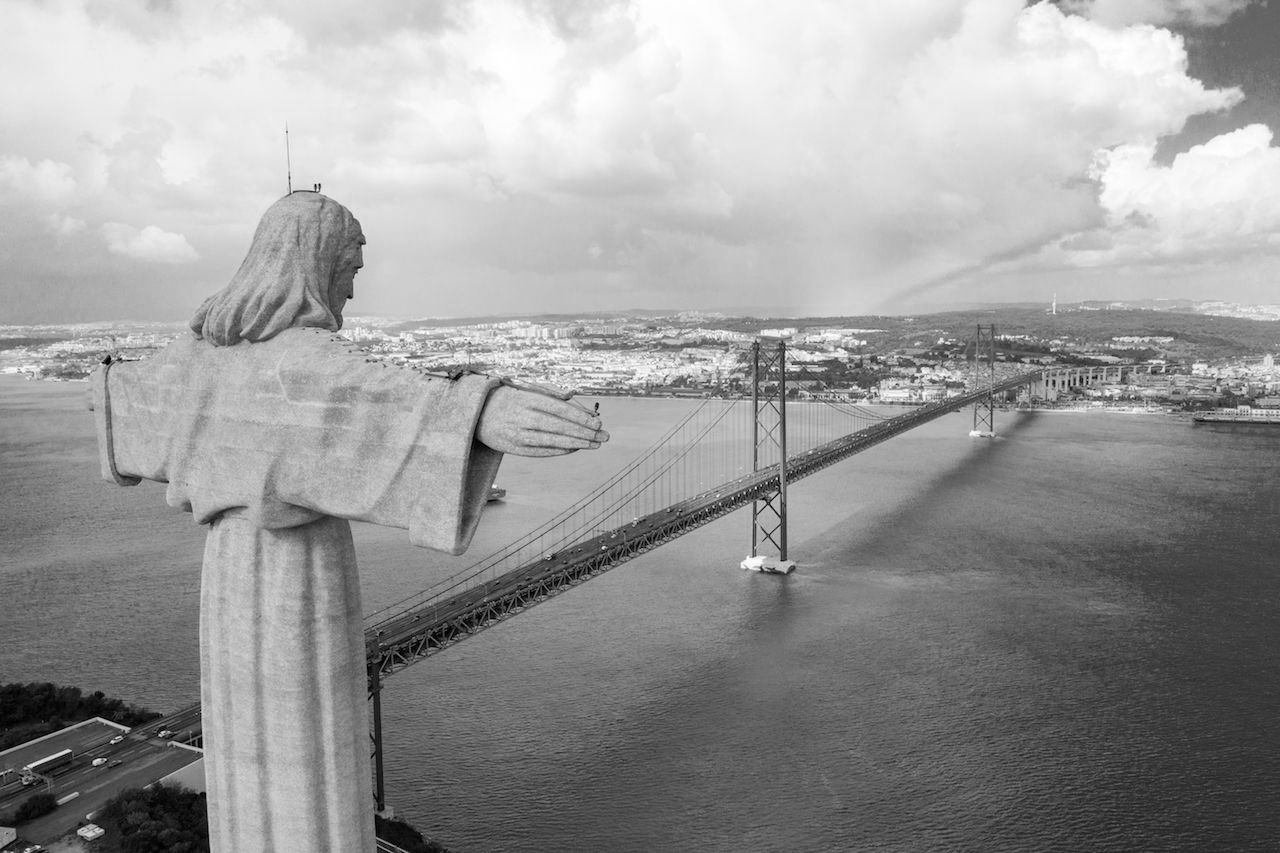
F-4
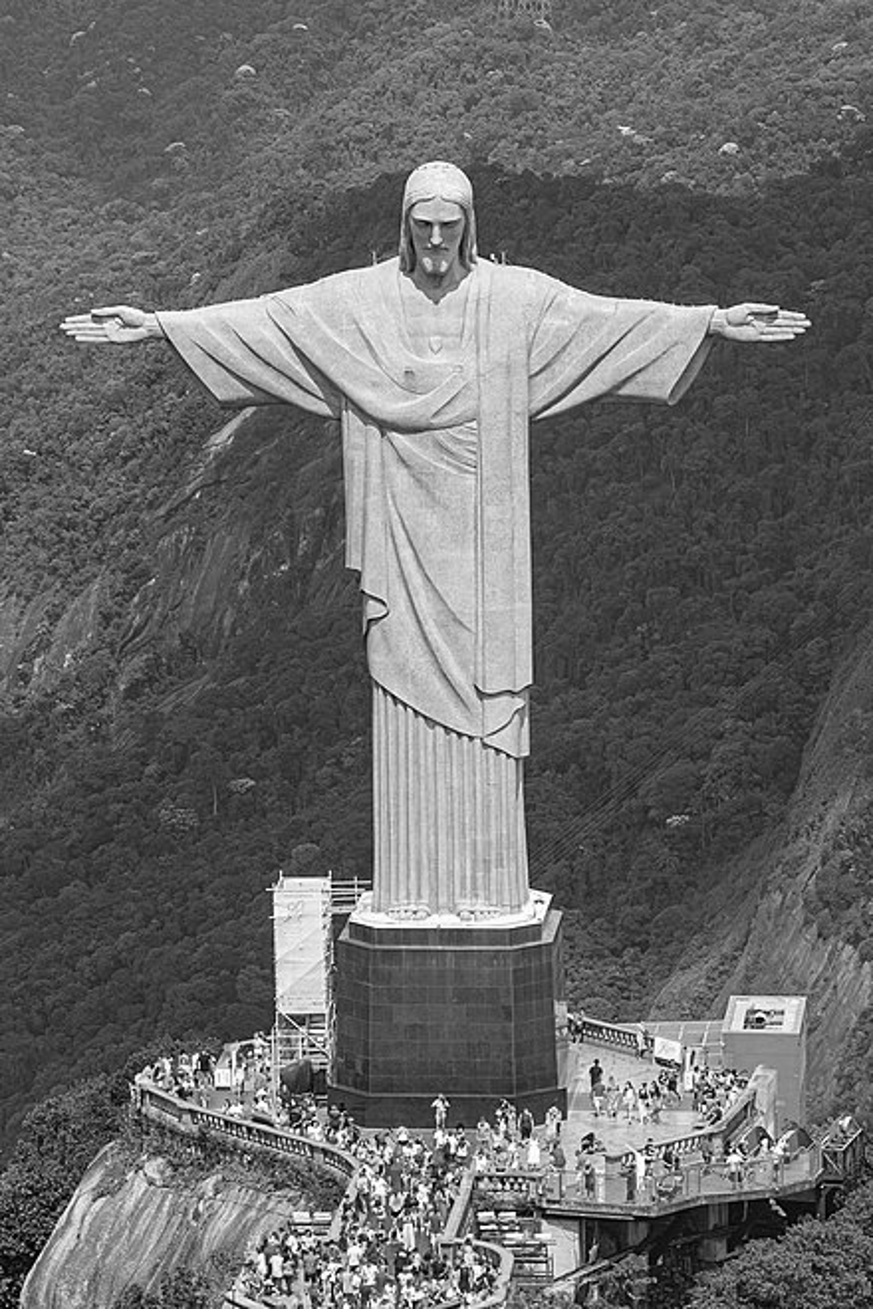
F-5
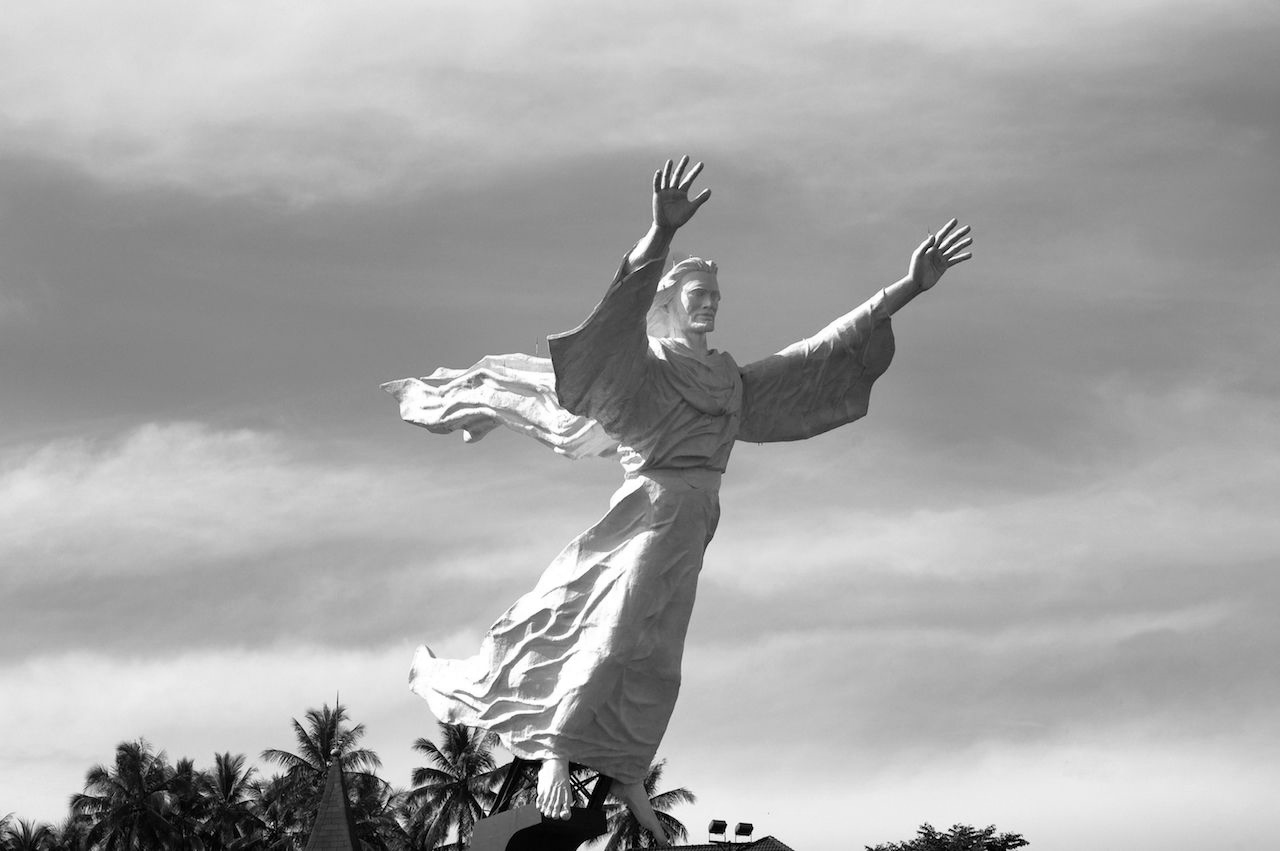
F-6
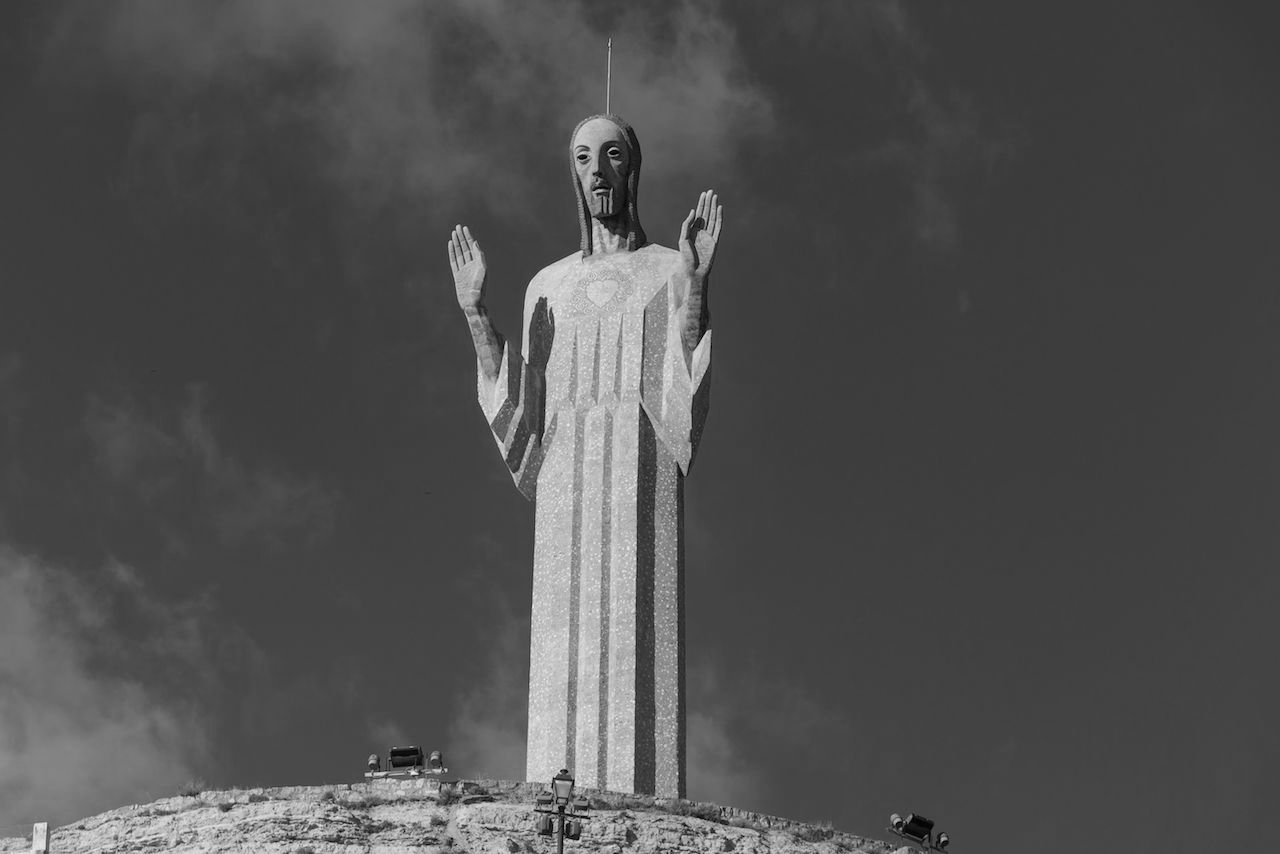
F-7
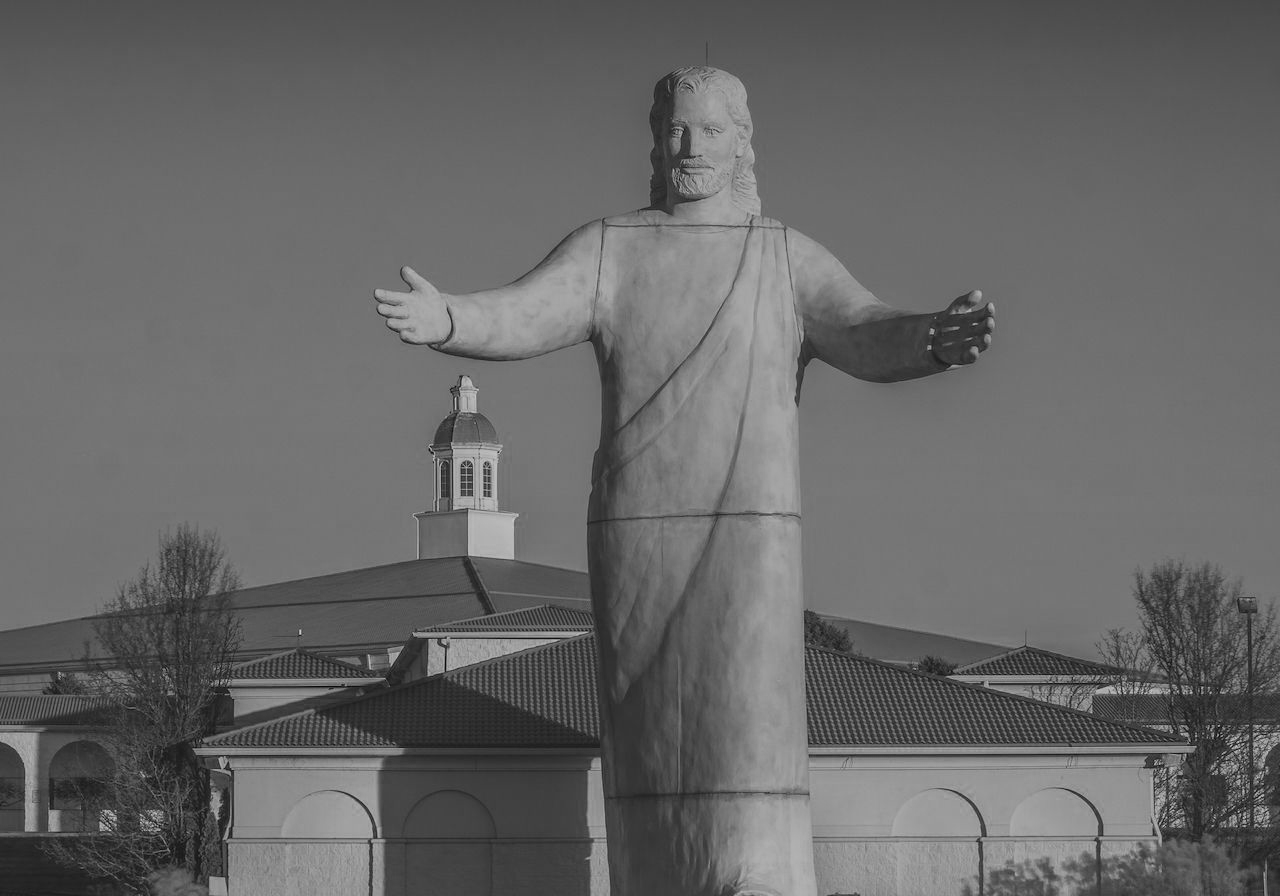
F-8
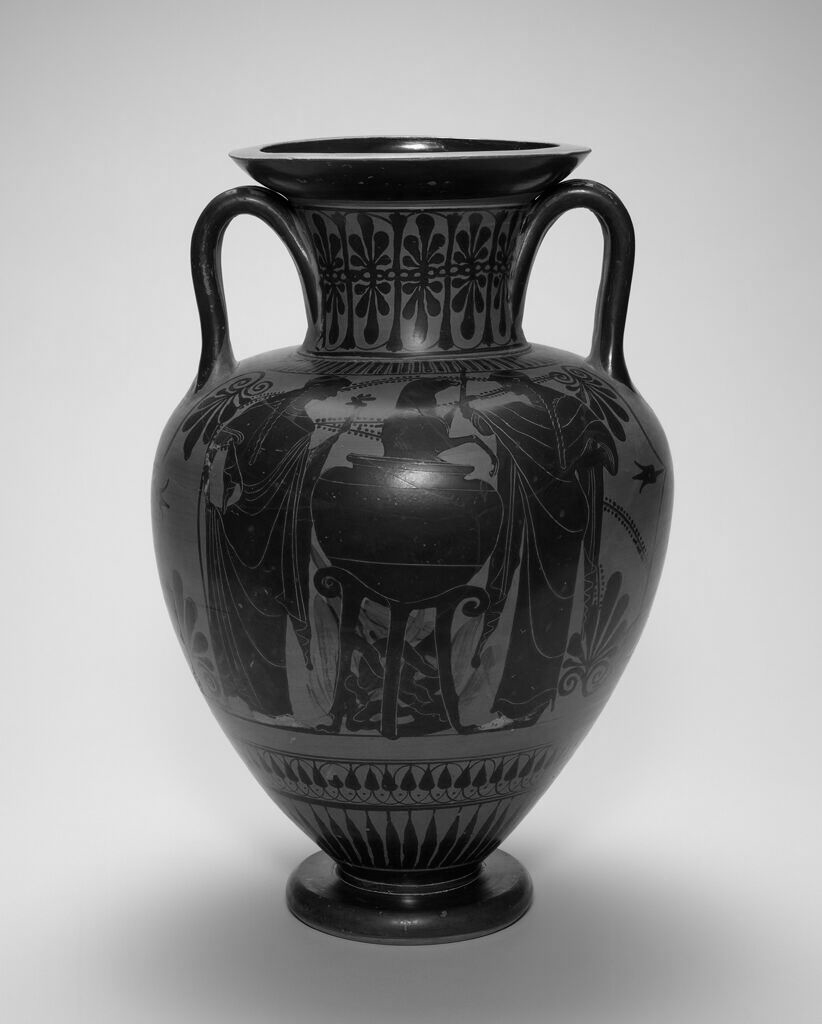
F-9
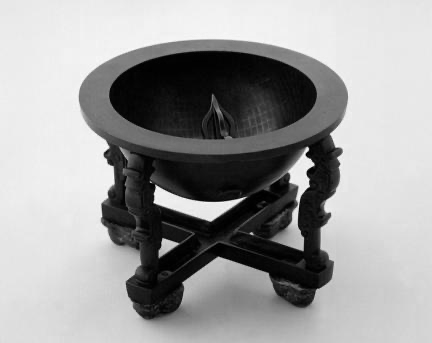
F-10
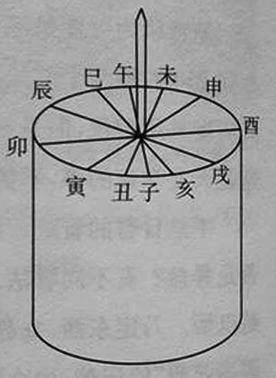
F-11

F-12
F-1. Climbing Japan’s Mount Fuji can be a spiritual experience despite overtourism. Julian Ryall, 15 February, 2024. The National News. © Corbis Mount Fuji, Japan’s famous slumbering 3,776-metre volcano.
F-2. Katsushika Hokusai, South Wind, Clear Sky, from the series Thirty-six Views of Mount Fuji, 19C. The Metropolitan Museum of Art.
F-3. Avoiding a catastrophe if Mount Fuji erupts after major quake. Miyuki Murakawa, 14 January, 2024. The Japan Times.
The summit of Mount Fuji in October. An eruption of the volcano could bring immediate, immeasurable damage to parts of Japan.
F-4. António Lino, Christ the King, Portugal, 2018. Photography by Ingus Kruklitis.
F-5. Christ the Redeemer, designed by Heitor da Silva Costa, created by French sculptor Paul Landowski, and constructed by Brazilian engineer Heitor da Silva Costa and French engineer Albert Caquot. Inaugurated in 1931, Rio de Janeiro, Brazil.
F-6. Artist unknown, Christ Blessing, Manado City, Indonesia, 2010. Photography by Mosista.
F-7. Victorio Macho, Cristo del Otero, Spain, 1931. Photography by David Herraez Calzada.
F-8 Tom Tsuchiya, Lux Mundi, Ohio, US, 2012. Photography by ThroughLensPhotosNVideos.
F-9. Neck Amphora(storage jar): Medea Boiling a Ram, Greek, c. 520 BC. Harvard Art Museums.
F-10. Jang Yeong-sil, Yi Cheon and Kim Jo, Hemispherical Sundial, Joseon Dynasty, 1434. © Cultural Heritage Administration
The name means “pot-shaped sun clock staring at the sky”, and the hemispherical shape represents the shape of the Earth. This kind of sundial is very useful for telling the time and the season even though the size may be small.
The name means “pot-shaped sun clock staring at the sky”, and the hemispherical shape represents the shape of the Earth. This kind of sundial is very useful for telling the time and the season even though the size may be small.
F-11. Guo Shoujing created the hemispherical sundial.
F-12. Illustration of “Shorter shadow plane sundial”, invented by Yuan Chong, Sui Dynasty. Part of the Handbook of Archaeoastronomy and Ethnoastronomy, Clive L.N. Ruggles, 2014.
G. Buddhist statue, Police line and Nuclear bomb
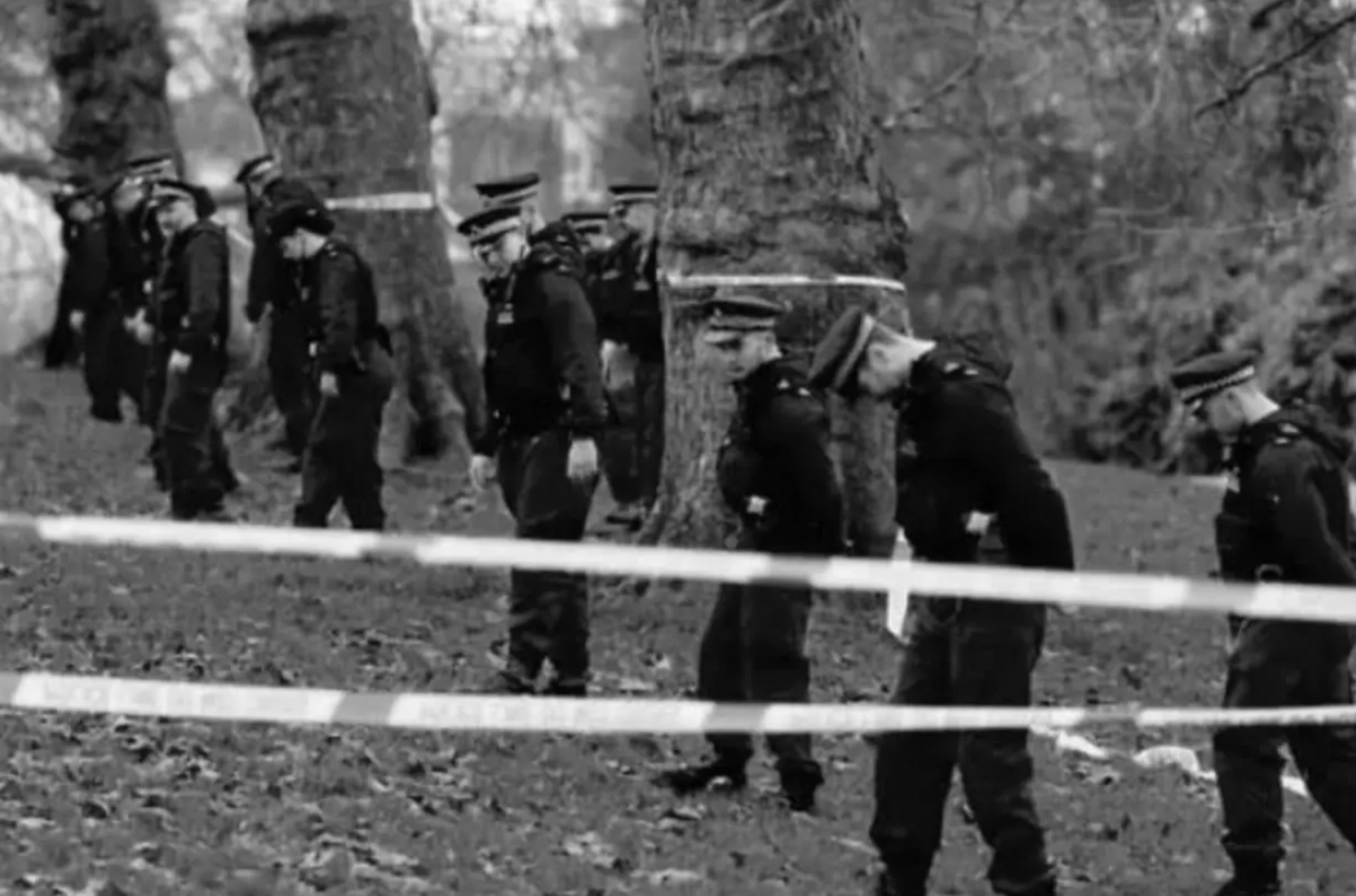
G-1
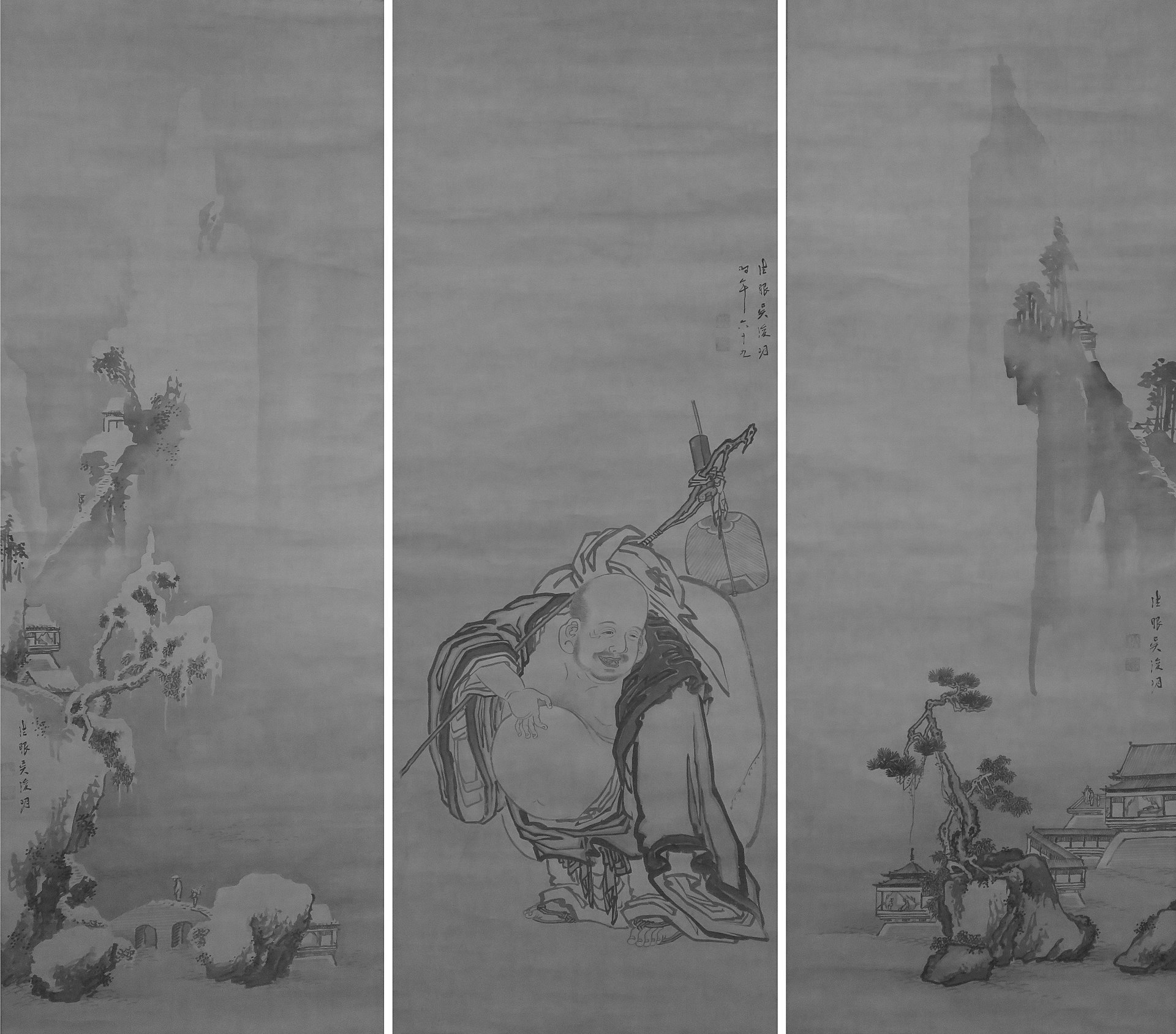
G-2
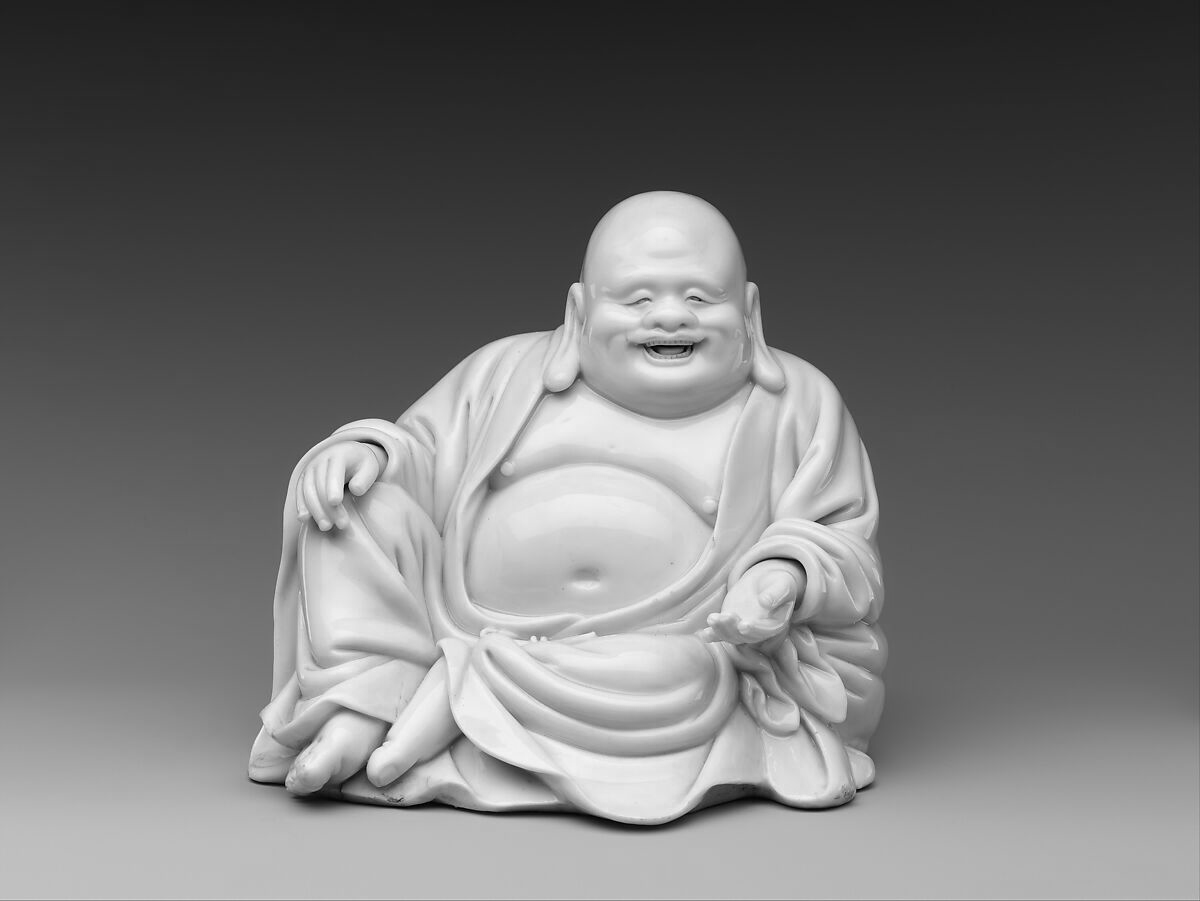
G-3

G-4
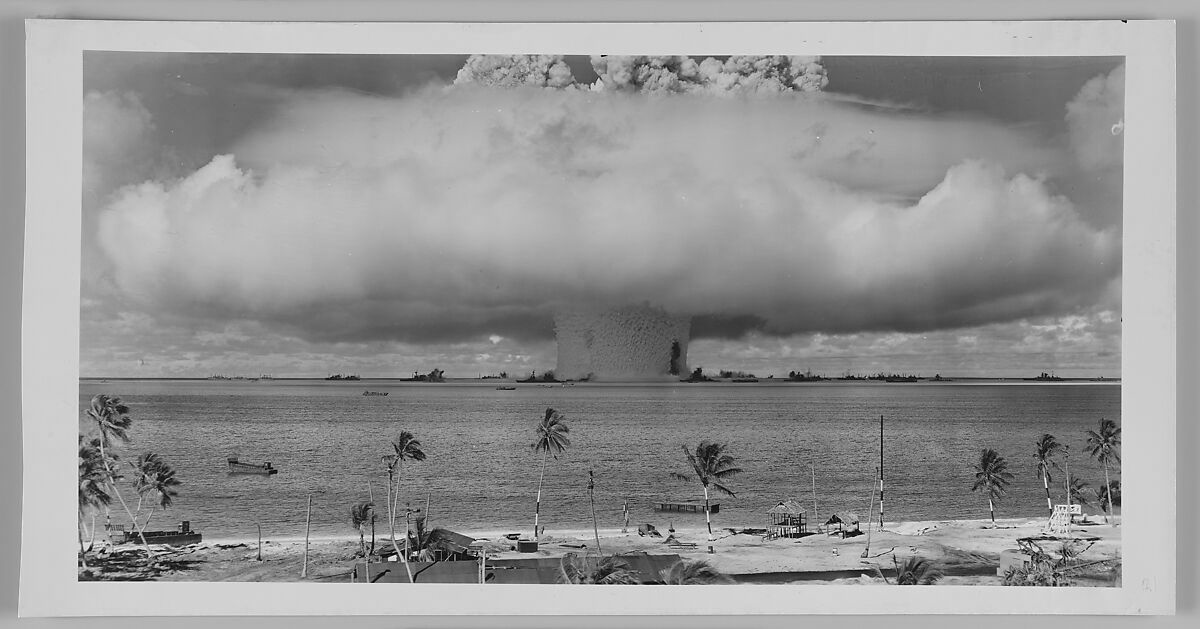
G-5
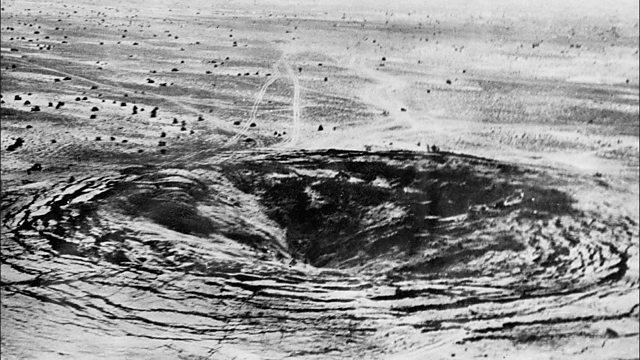
G-6
G-1. Boy killed on Primrose Hill on New Year’s Eve
Barney Davis, 1 January, 2024, The Independent. The teenager died on Primrose Hill in Camden where crowds had gathered to watch fireworks.
G-2. Igarashi Shunmei, Hotei With Summer and Winter Landscapes, 1768, Honolulu Museum of Art.
G-3. Artist unknown, Buddhist monk Budai, 17–18C, The Metropolitan Museum of Art.
G-4. Bikini Atoll nuclear test: 60 years later and islands still unliveable Agence France-Press in Majuro, 1 March, 2014, The Guardian. © US air force
Mushroom cloud from the Operation Castle Bravo nuclear explosion in the Bikini Atoll, Marshall Islands.
Mushroom cloud from the Operation Castle Bravo nuclear explosion in the Bikini Atoll, Marshall Islands.
G-5. U.S. Army Photographic Signal Corps, Operation Crossroads: 21 Kiloton “Baker” Bomb Detonated Ninety Feet Underwater, Bikini Atoll Lagoon, South Pacific, 25 July, 1946, 1946. The Metropolitan Museum of Art.
G-6. Smiling Buddha: India’s First Nuclear Test, 1974. BBC News, 11 July, 2018. © PUNJAB PHOTO/AFP
A crater marks the site of the first Indian underground nuclear test conducted 18 May, 1974 at Pokhran in the desert state of Rajasthan.
H. Card games and Merry-go-round
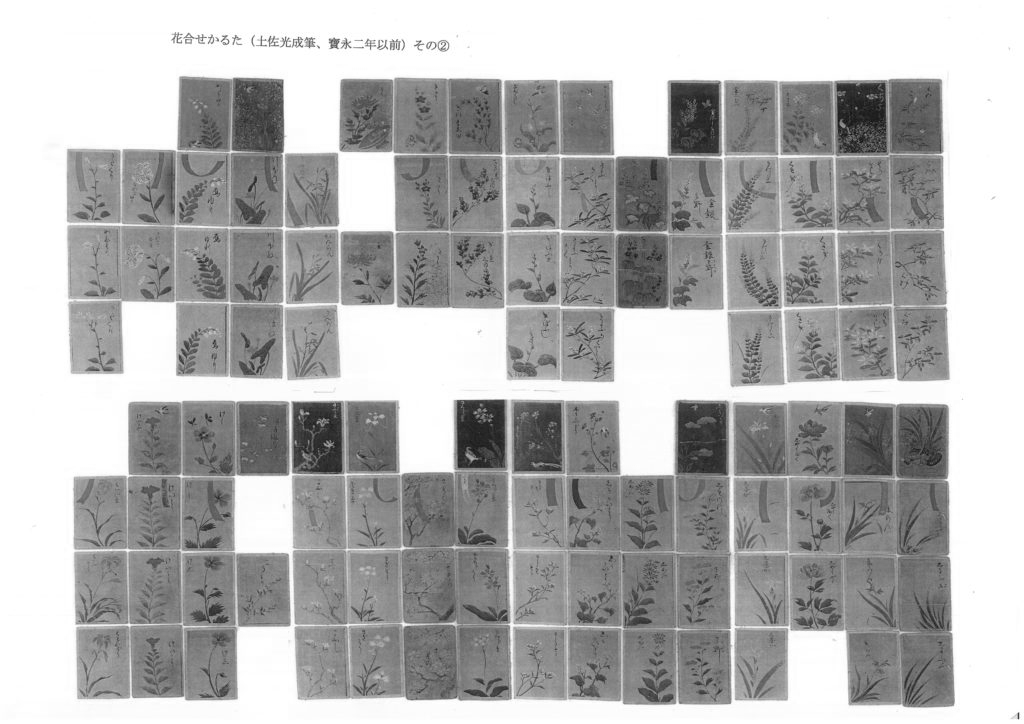
H-1
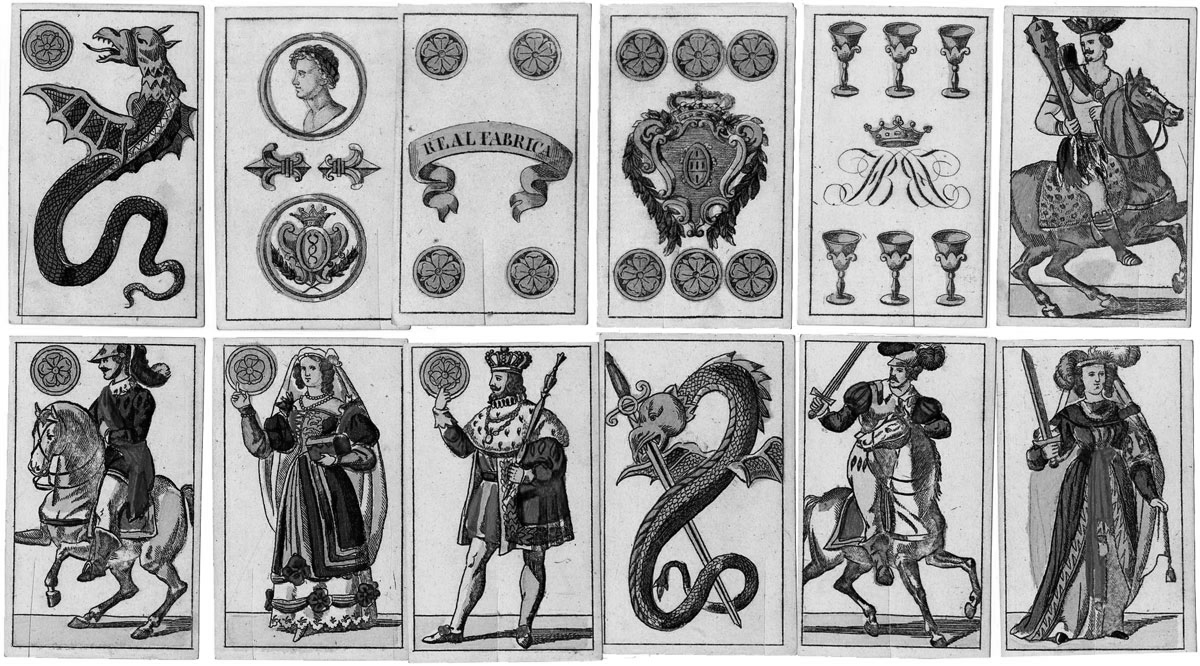
H-2
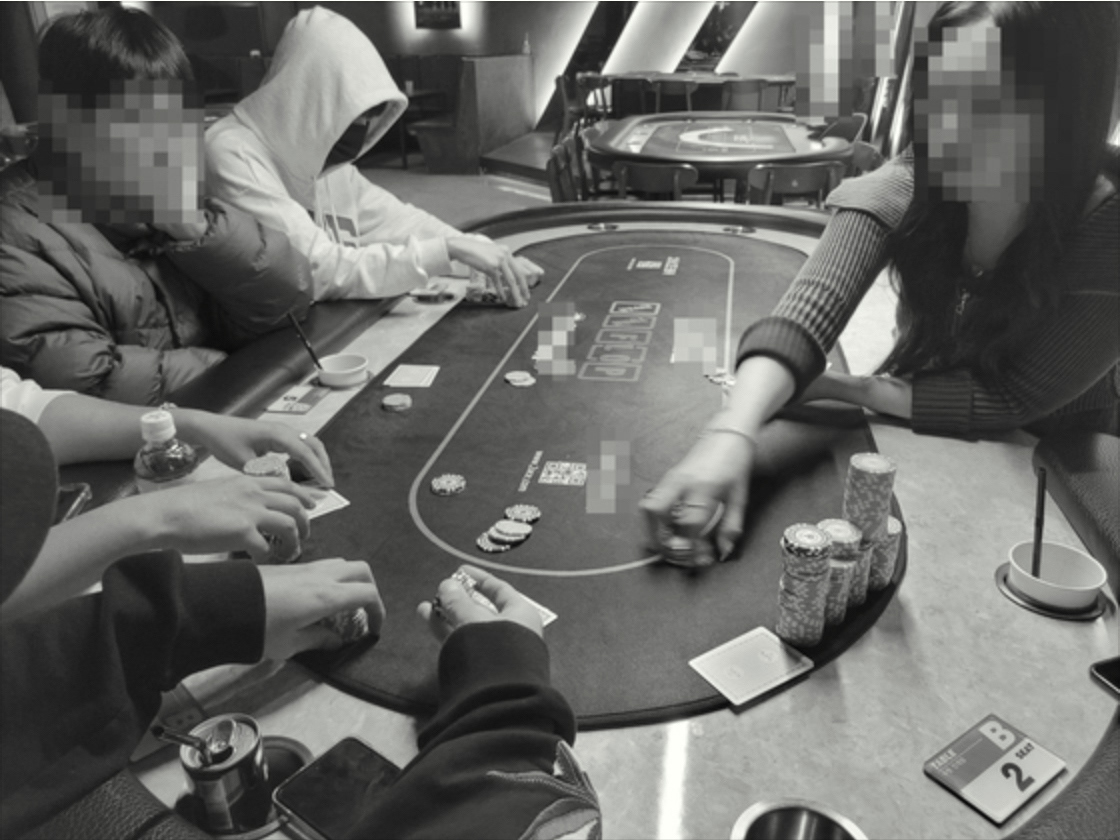
H-3
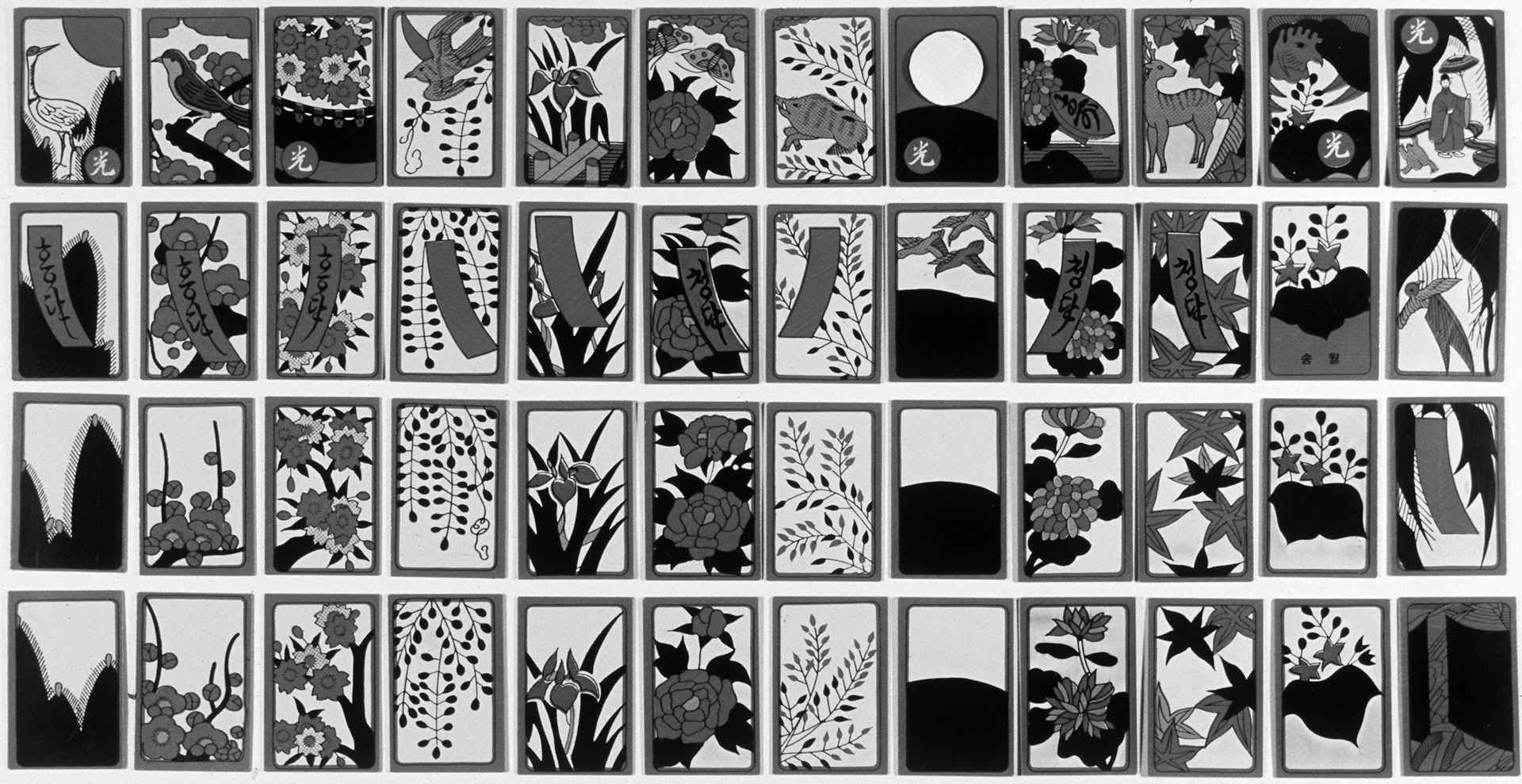
H-4
H-1. Discovery of Hanamiawase karuta (flower combination karuta), 17-18C. © Japan Playing Card Museum.
H-2. 12 cards from Portuguese pack printed by Impressao Règia, Lisbon, 18-19C. © The Trustees of the British Museum Hand-coloured lithograph. Backs printed with a design of small blue dots running diagonally. On the 4 of coins is a scroll with “Real Fabrica”. On the 6 of cups are the intials “F.B.” interlaced and repeated in reverse, with a crown above them.
H-3. Gambling addiction on the rise as illegal gaming market flourishes, Kim Min-Joong, Son Sung-bae, Shin Hye-Yeon, Lee Soo-Jung, 5 December, 2023, Korea JoongAng Daily. © Son Sung-Bae
Illegal gambling is booming both online and offline, though the focus is heavier on the former. Inside a Hold ’em pub in Suwon, Gyeonggi.
H-4. © The Academy of Korean Studies Hwatu, the traditional Korean card game, depicts flower pots symbolizing the twelve months of the year.
I. A Concert hall and Soldiers
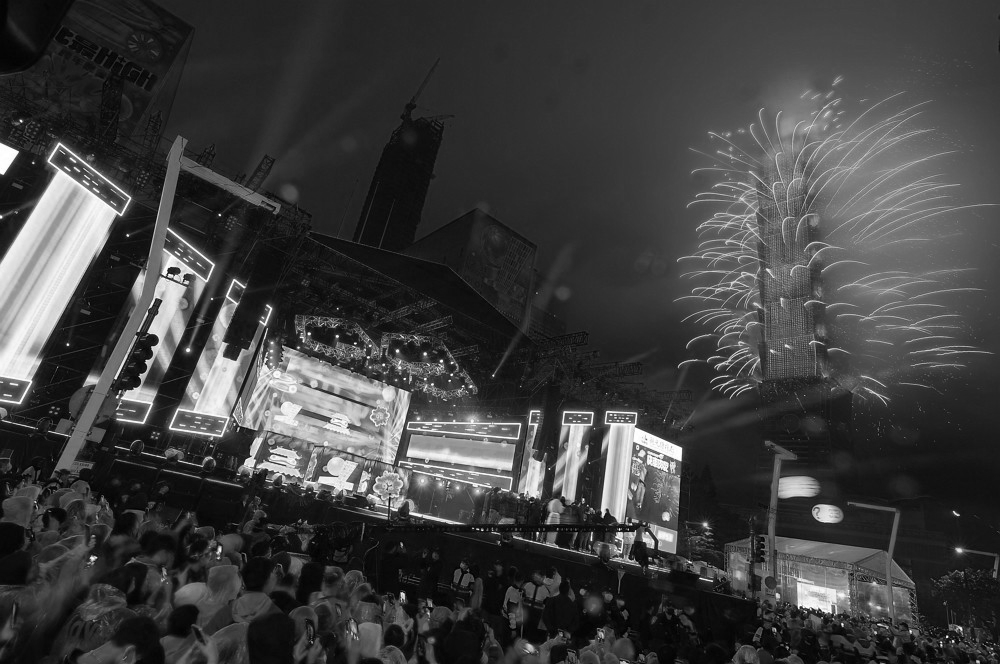
I-1
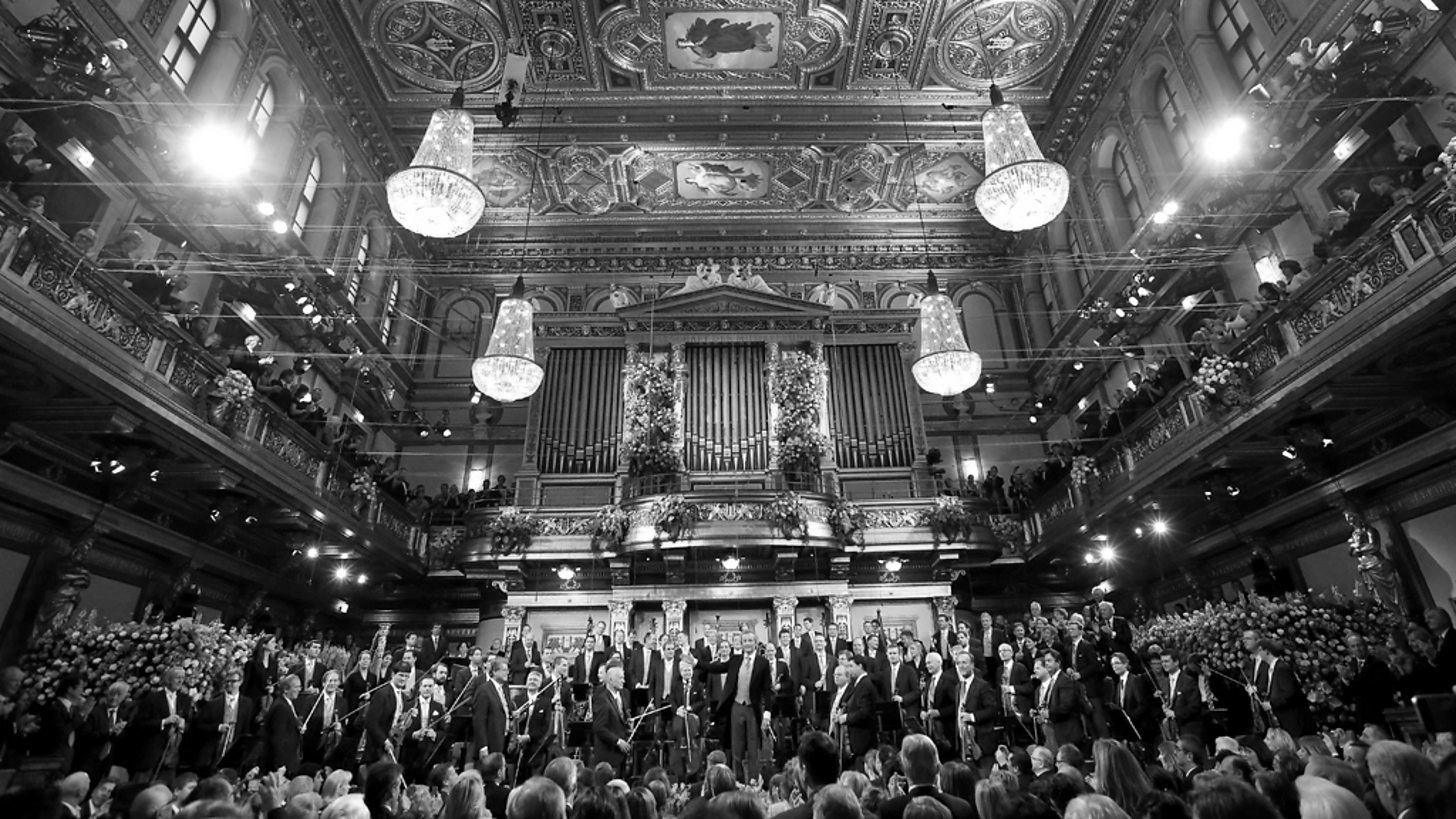
I-2
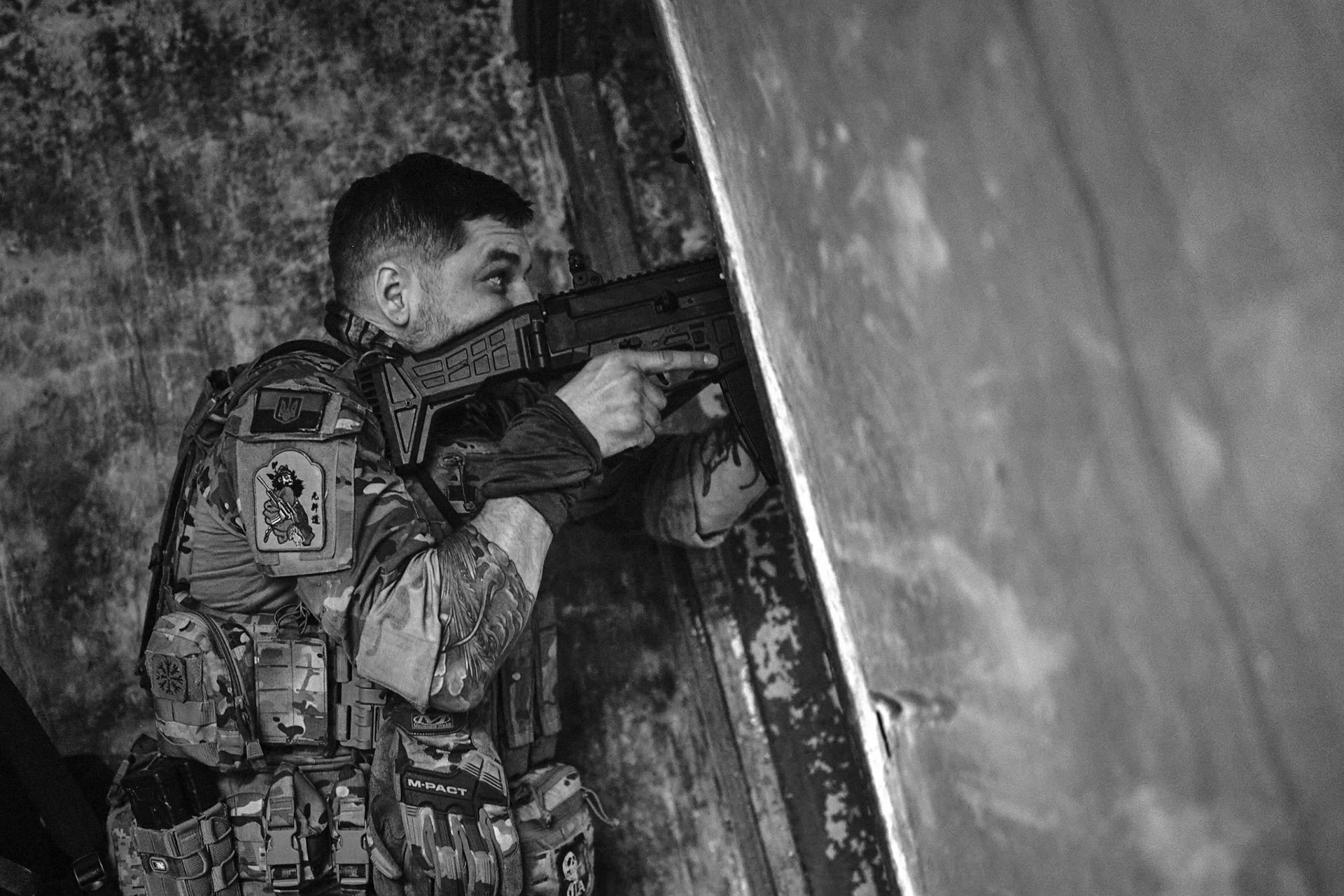
I-3
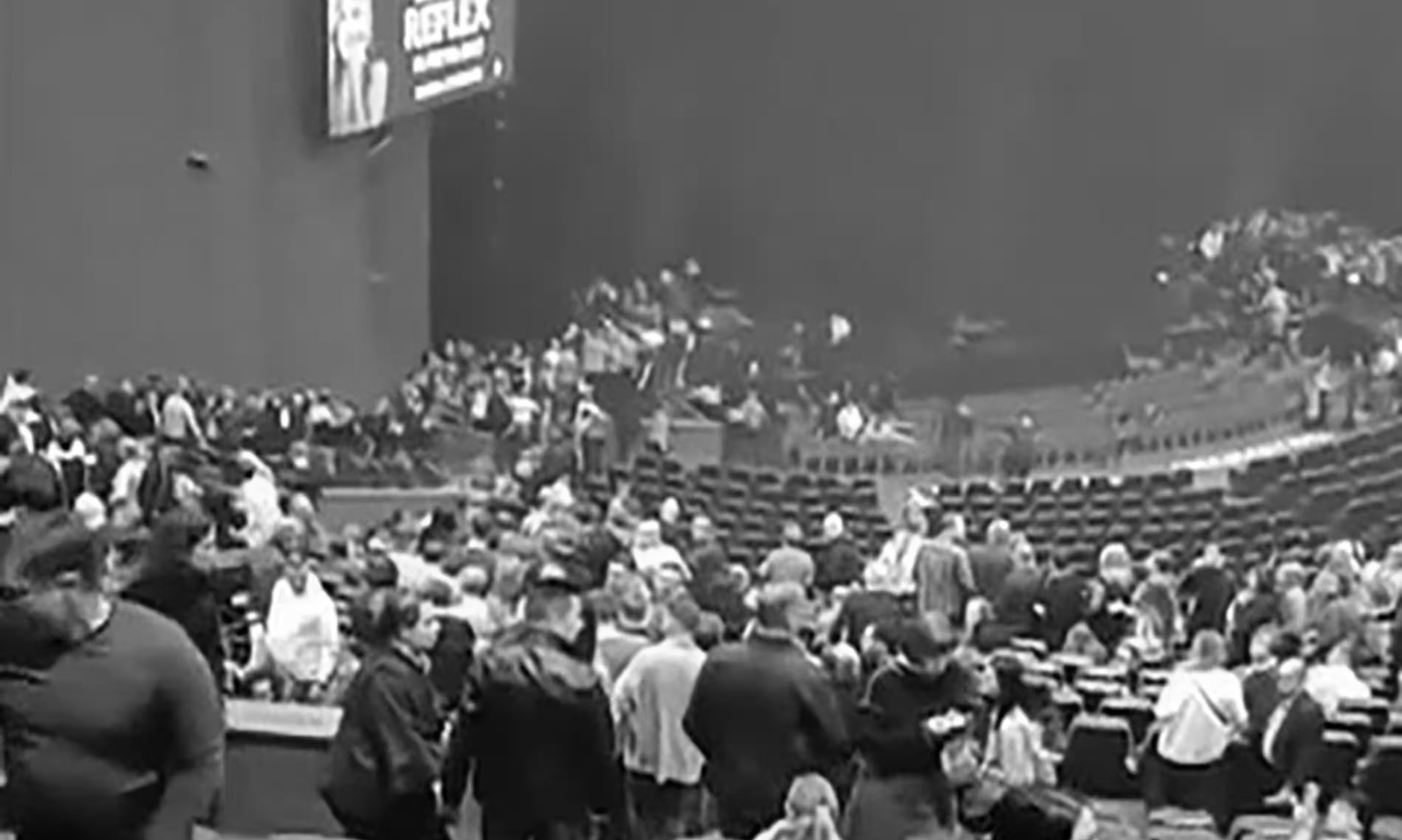
I-4
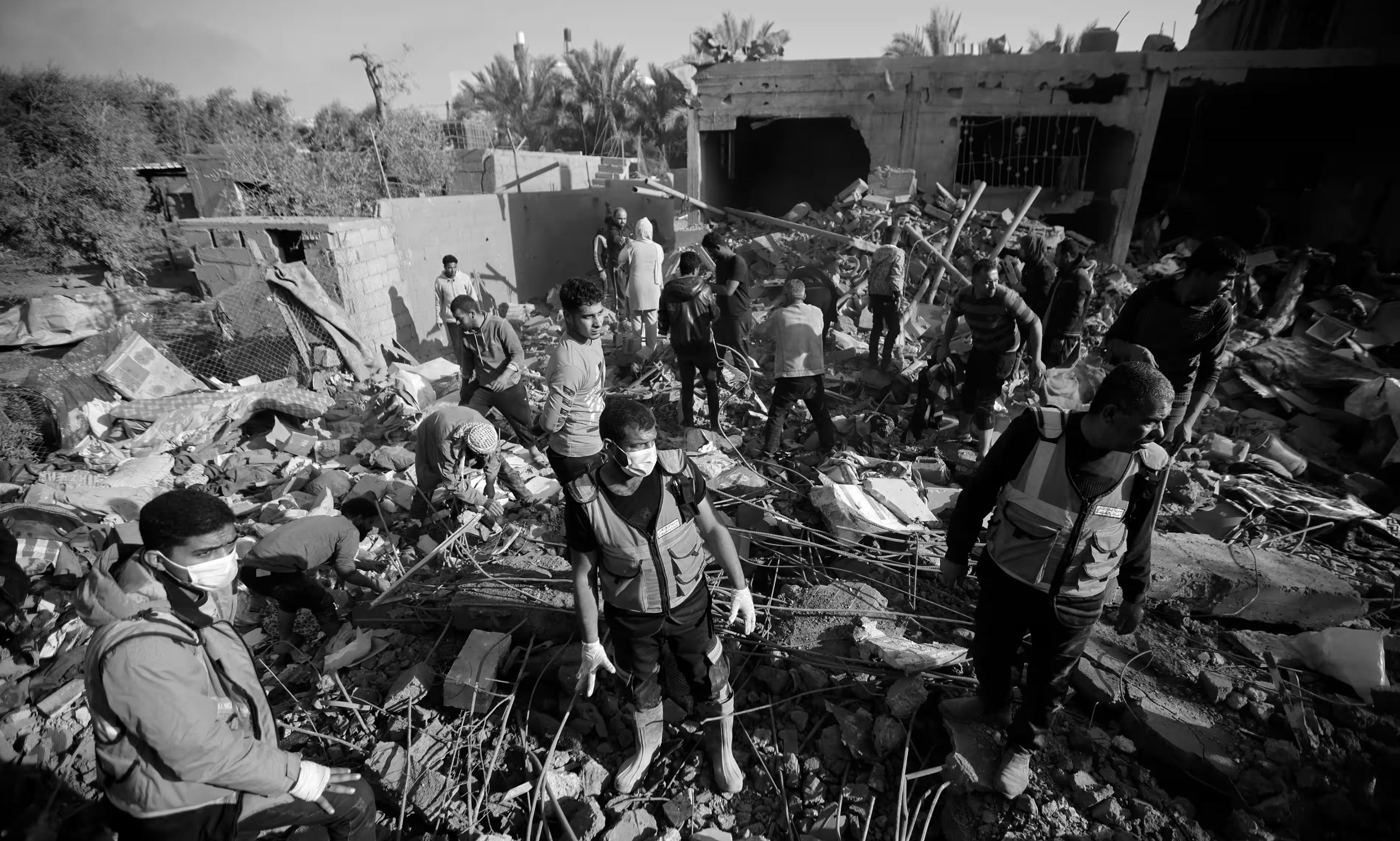
I-5
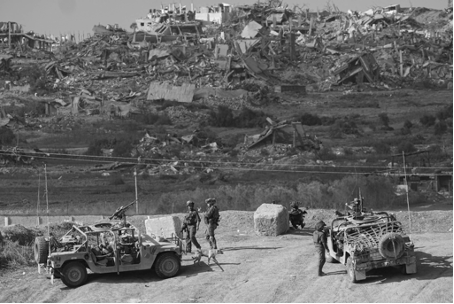
I-6

I-7
I-1. Stellar lineup set for 2024 Taipei New Year countdown bash. Huang Tzu-ti, 5 December, 2023, Taiwan News. © Taipei City Department of Information and Tourism.
I-2. The Complex History Behind a Vienna Philharmonic Tradition. Oliver Rathkolb, 3 January, 2023, The New York Times. © Dieter Nagl/Agence France-Presse
The Austrian conductor Franz Welser-Möst and the Vienna Philharmonic Orchestra during the New Year’s Concert on 1 January, 2013. This year, Welser-Möst has dedicated some 70 percent of the program to new works.
The Austrian conductor Franz Welser-Möst and the Vienna Philharmonic Orchestra during the New Year’s Concert on 1 January, 2013. This year, Welser-Möst has dedicated some 70 percent of the program to new works.
I-3. Russia-Ukraine war: Key events in 2nd year of Russia’s invasion of Ukraine. Kevin Shalvey, 23 February, 2024, ABC News. © Libkos/AP A Ukrainian soldier observes his surrounding from a shelter on the frontline in the Zaporizhzhia region, Ukraine, 2 July, 2023.
I-4. At least 115 killed and scores wounded in Moscow concert hall attack. Andrew Roth, 23 March, 2024, The Guardian. At least 115 people have been killed and 145 wounded in Russia’s worst terror attack in years, as many as five gunmen dressed in camouflage clothing opened fire with automatic weapons at the music venue.
I-5. Israeli airstrikes kill scores in Gaza as war enters a new year. Bethan McKernan, 31 December, 2023, The Guardian. © Mohammed Dahman At least 100 people have been killed in Gaza in the past 24 hours, as the three-month-old conflict between Israel and Hamas rolls into the new year with no end in sight and only tentative Israeli government plans for discussing the day after the war is over.
I-6. Israeli military expects fighting to continue “throughout” 2024 as it pulls some troops from Gaza. Michael Rosenblatt, Alex Stambaugh, and Amir Tal, 1 January, 2024, CNN. © Ariel Schalit
The Israel Defense Forces (IDF) expects warfare in Gaza to last “throughout” this year as it begins to reduce the number of soldiers in the territory and prepares for a new phase of the conflict.
I-7. After the storm: Scottish frontline reporter on the true toll of Allies’ offensive in first Iraq war. Julie-Anne Barnes, 10 January, 2016, Daily Record. The CNN images of the air strikes on Baghdad in January 1991 as Desert Storm begins.
J. Desert and Fire
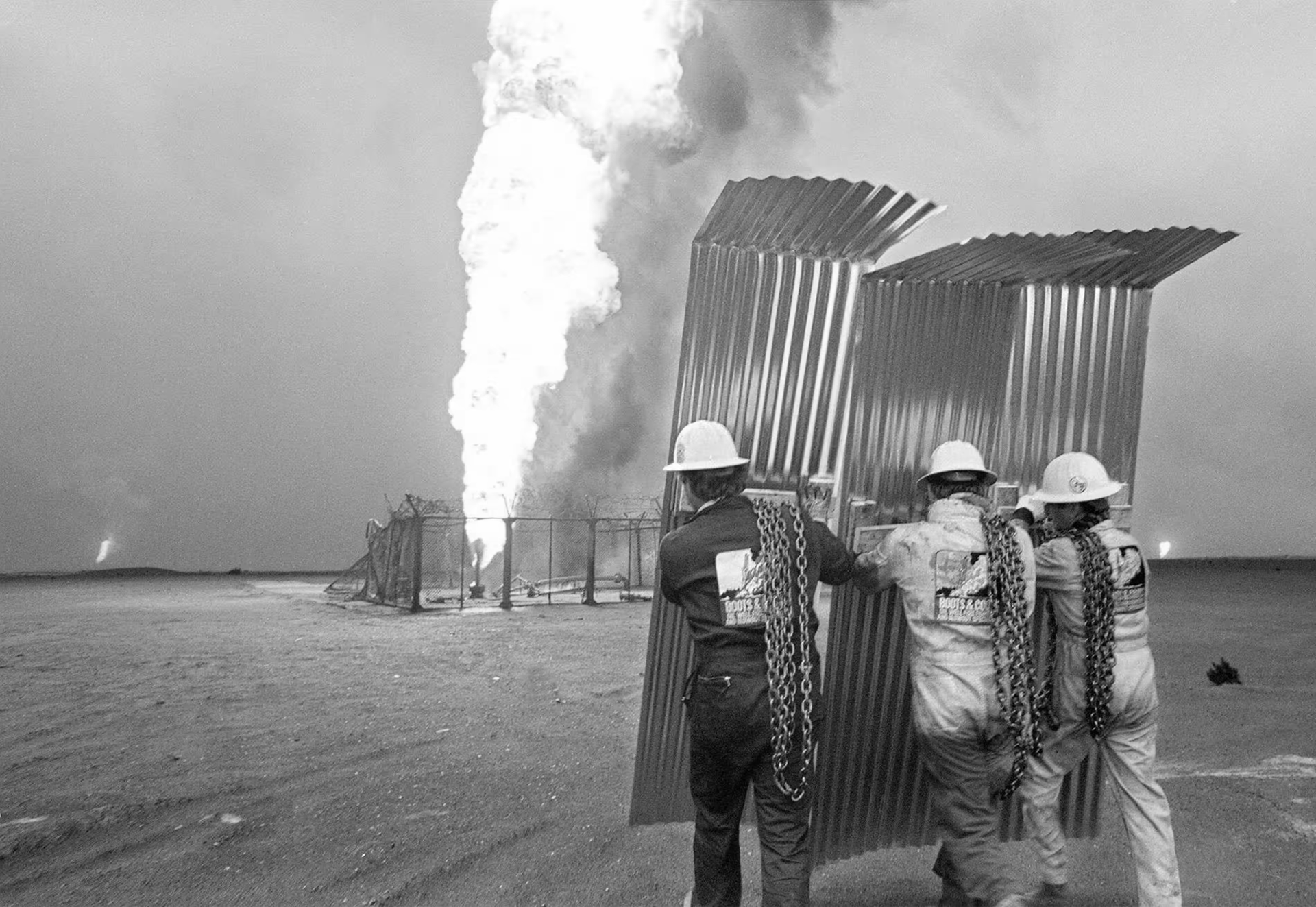
J-1
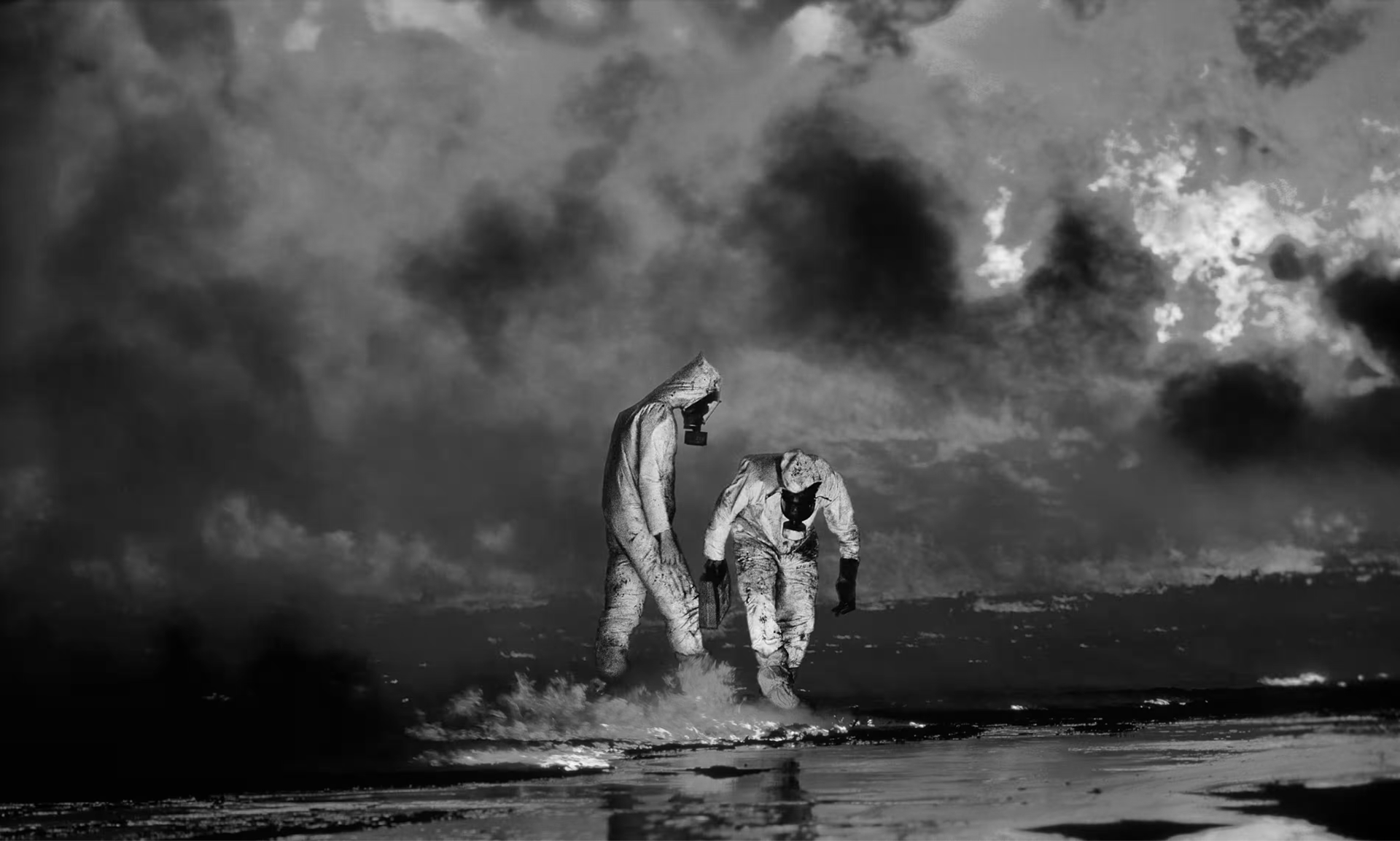
J-2
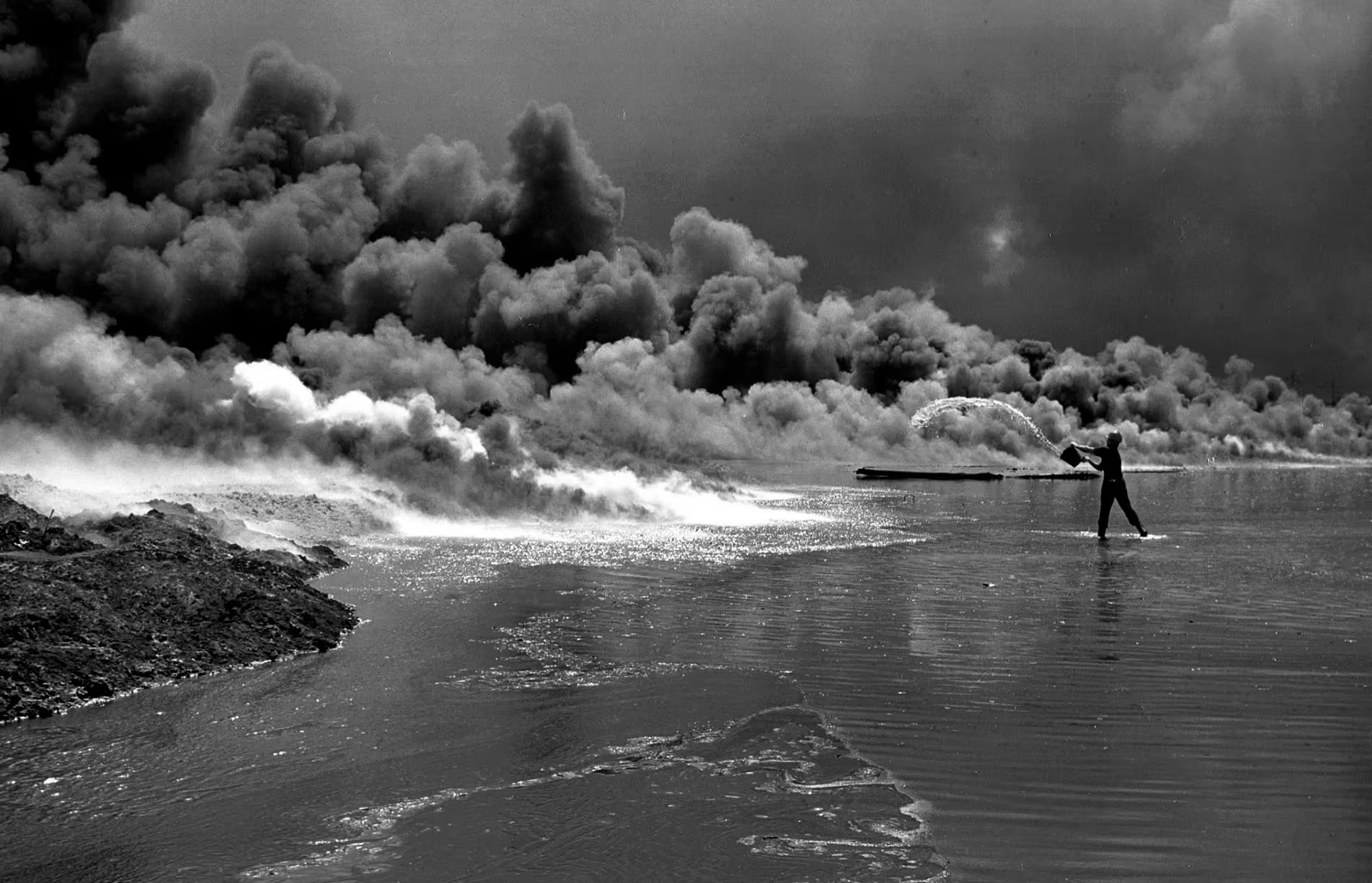
J-3

J-4
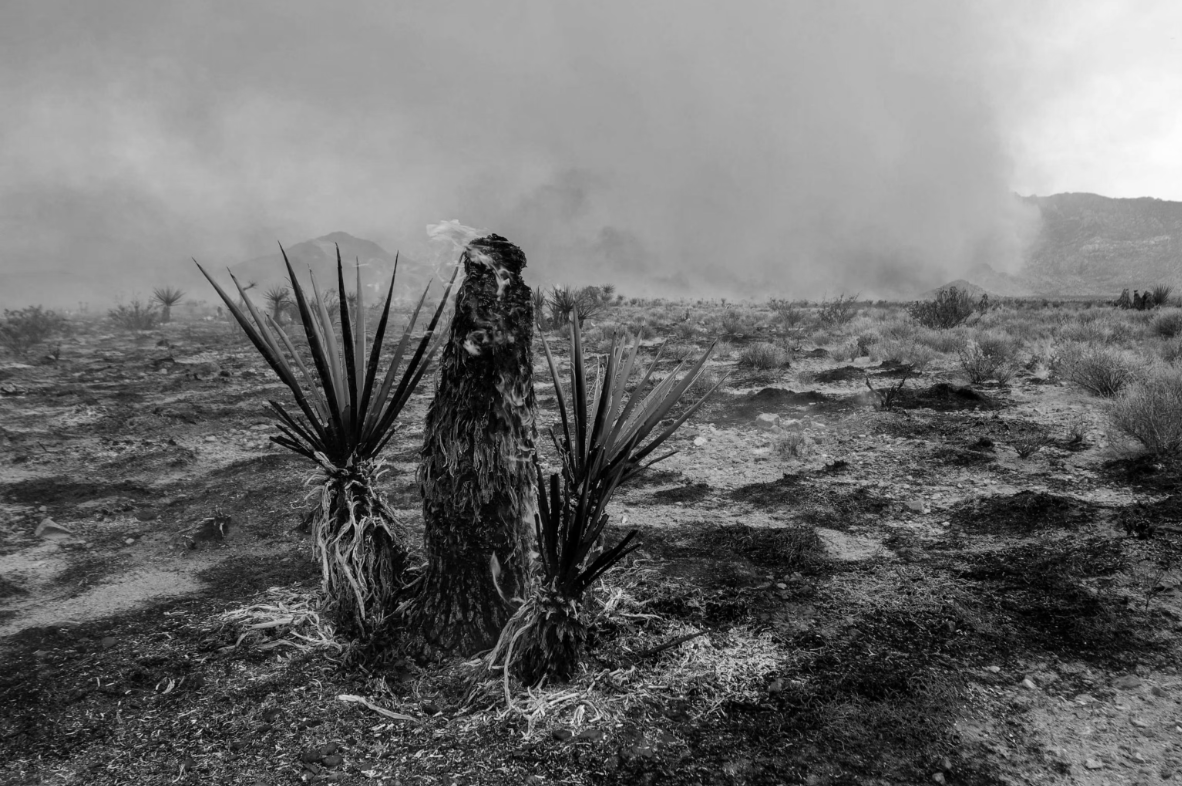
J-5

J-6
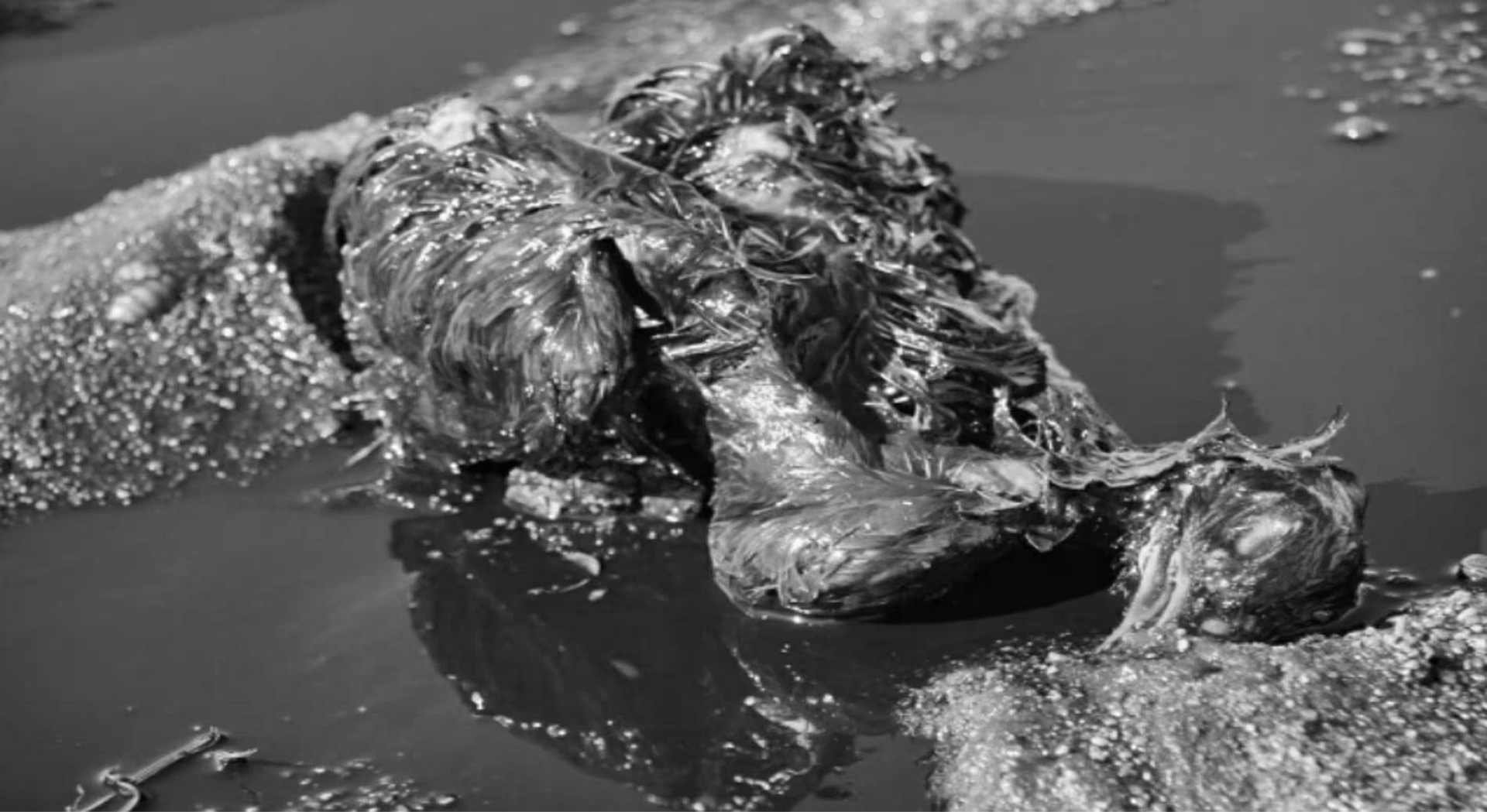
J-7
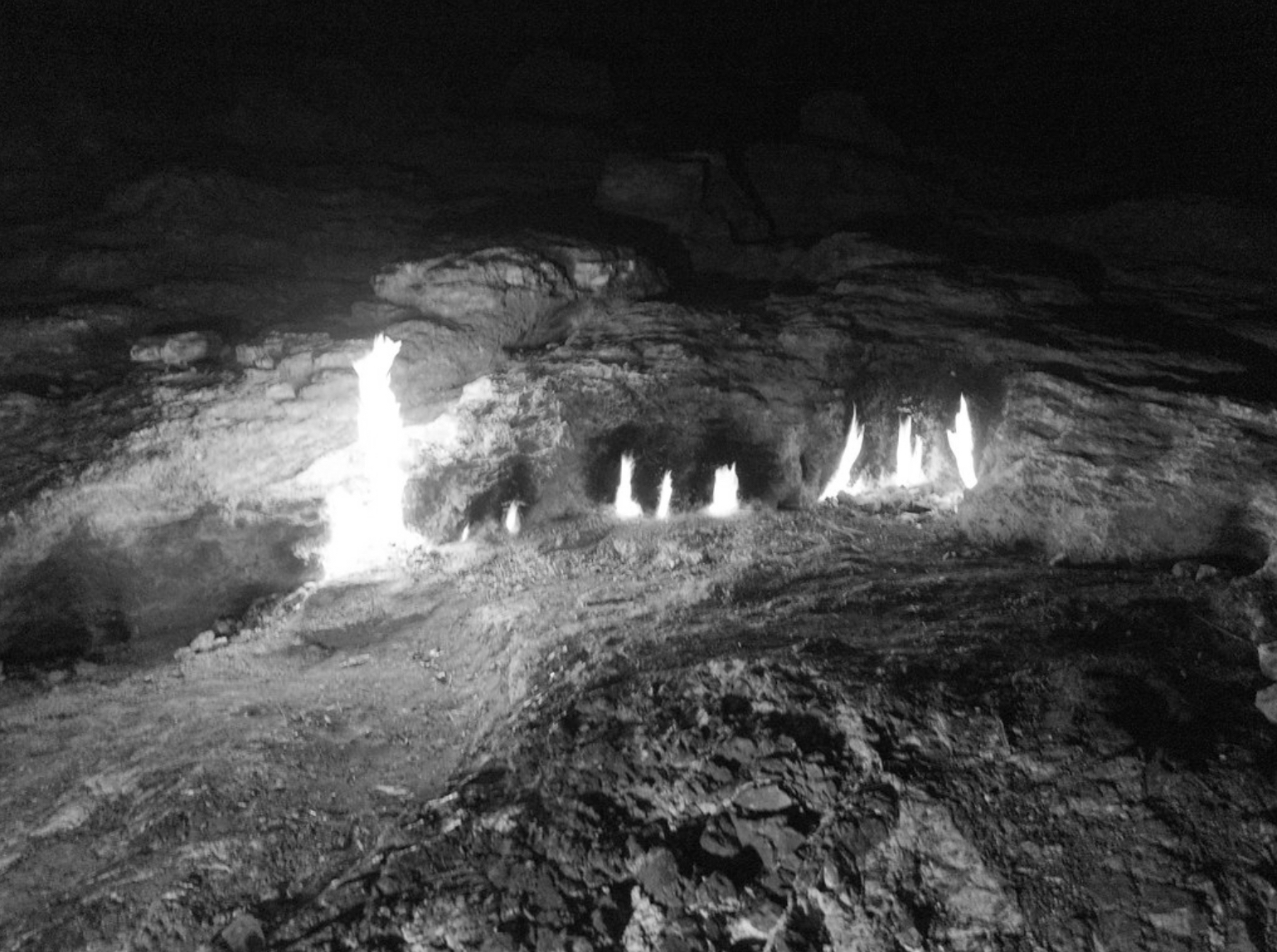
J-8
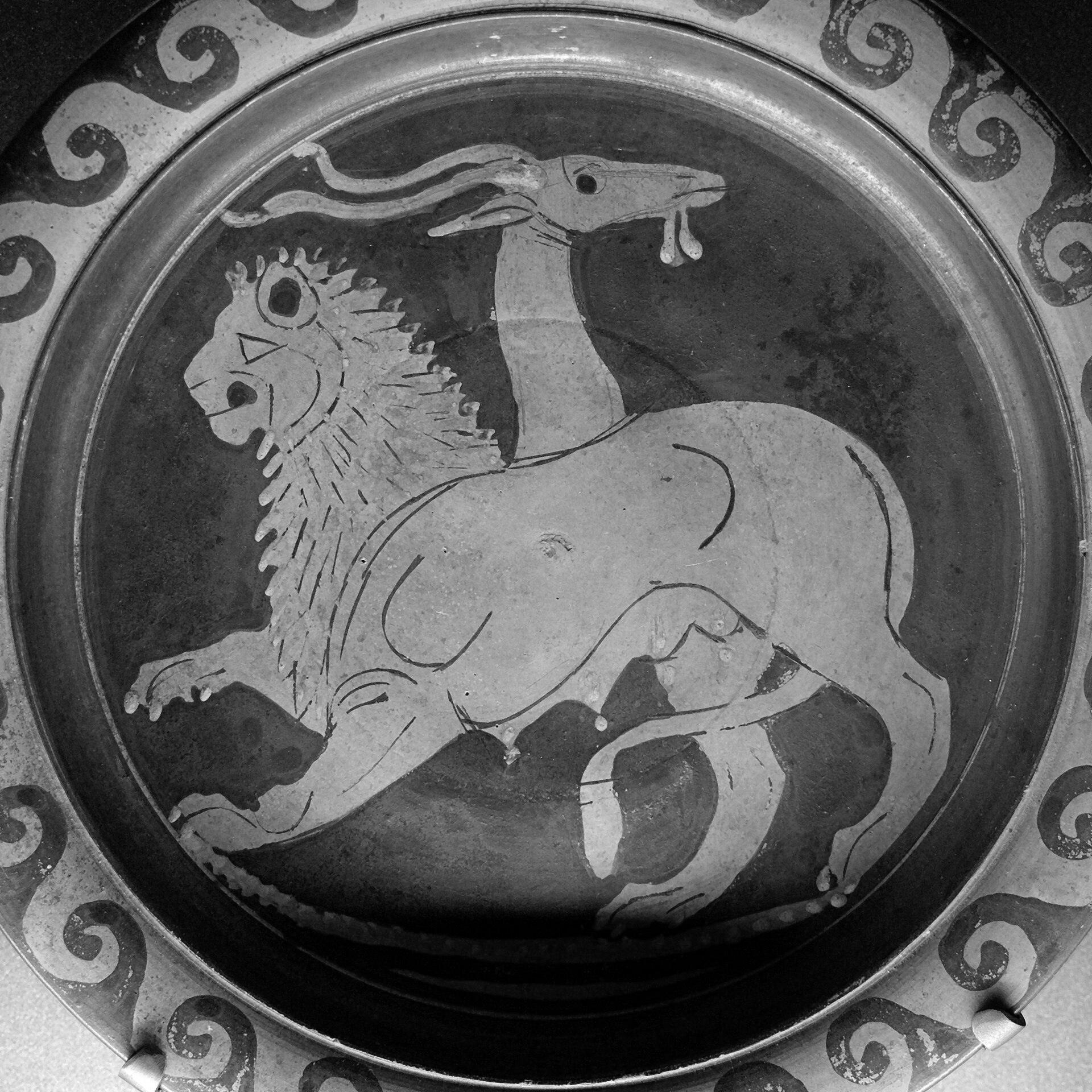
J-9
J-1. ‘Gushing oil and roaring fires’: 30 years on Kuwait is still scarred by catastrophic pollution. Richa Syal, 11 December, 2021, The Guardian. © Manoocher Deghati/AFP US firefighters move in to cap a burning oilwell in the Burgan field in 1991.
J-2. Richa Syal, 11 December, 2021, The Guardian. © Steve McCurry. More than 700 oil wells were set on fire, creating an environmental catastrophe that required an international response.
J-3. Richa Syal, 11 December, 2021, The Guardian. © Per-Anders Pettersson A firefighter at the Greater Burhan oilfield in August 1991.
J-4. BP was warned about cement at gulf disaster well. Tim Webb, 28 October, 2010. The Guardian. © AFP/Getty Images Shortly before 10 p.m. on 20 April, 2010, an explosion ripped through the Deepwater Horizon drilling rig in the Gulf of Mexico, unleashing the worst offshore oil spill in United States history. BP had been told weeks before the explosion on the Deepwater Horizon caused the world’s biggest accidental offshore oil spill that the cement slurry that would be used for the well was unstable.
J-5. California Joshua trees severely burned in massive wildfire. Ivan Pereira, 5 August, 2023, ABC News. © Ty O’neil California’s iconic Joshua trees in the Mojave National Preserve have been severely damaged by a wildfire.
J-6. A tech company is growing diamonds in the desert. Ana De Oliva, 6 March, 2024, CNN. © Paul Devitt Inside the 2DOT4 lab in Dubai.
J-7. ‘Gushing oil and roaring fires’: 30 years on Kuwait is still scarred by catastrophic pollution. Richa Syal, 11 December, 2021, The Guardian. © Meshari Almutairi Lakes of oil pose a grim threat to wildlife.
J-8. Chimaira, “The Fire Which Never Goes Out”, Beydaglari Coastal (Olympos) National Park, Turkey. Peter Prokosch, 2014, GRID-Arendal. © Peter Prokosch
J-9. The Chimera on a red-figure Apulian plate, c. 350 BC. Musée du Louvre. According to Greek mythology, the Chimera was a monstrous fire-breathing hybrid creature from Lycia, usually depicted as a lion, with the head of a goat protruding from its back, occasionally depicted with dragon’s wings, and a tail that might end with a snake’s head.
K. Earthquakes, Shimenawa and Mirror ball

K-1

K-2
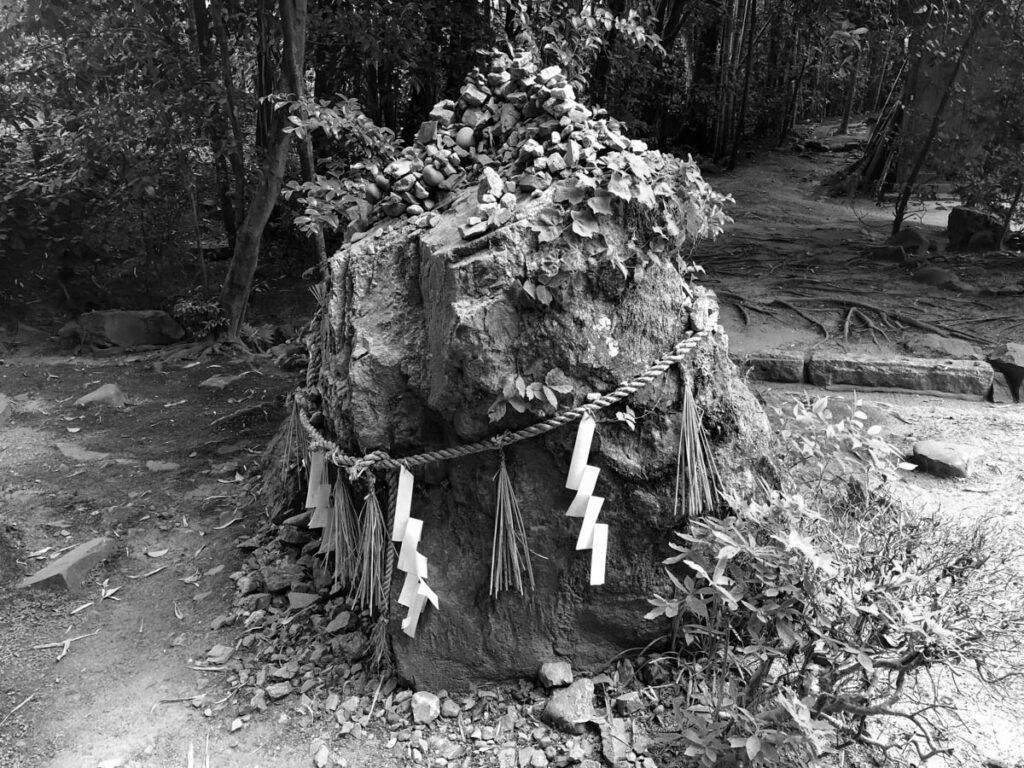
K-3
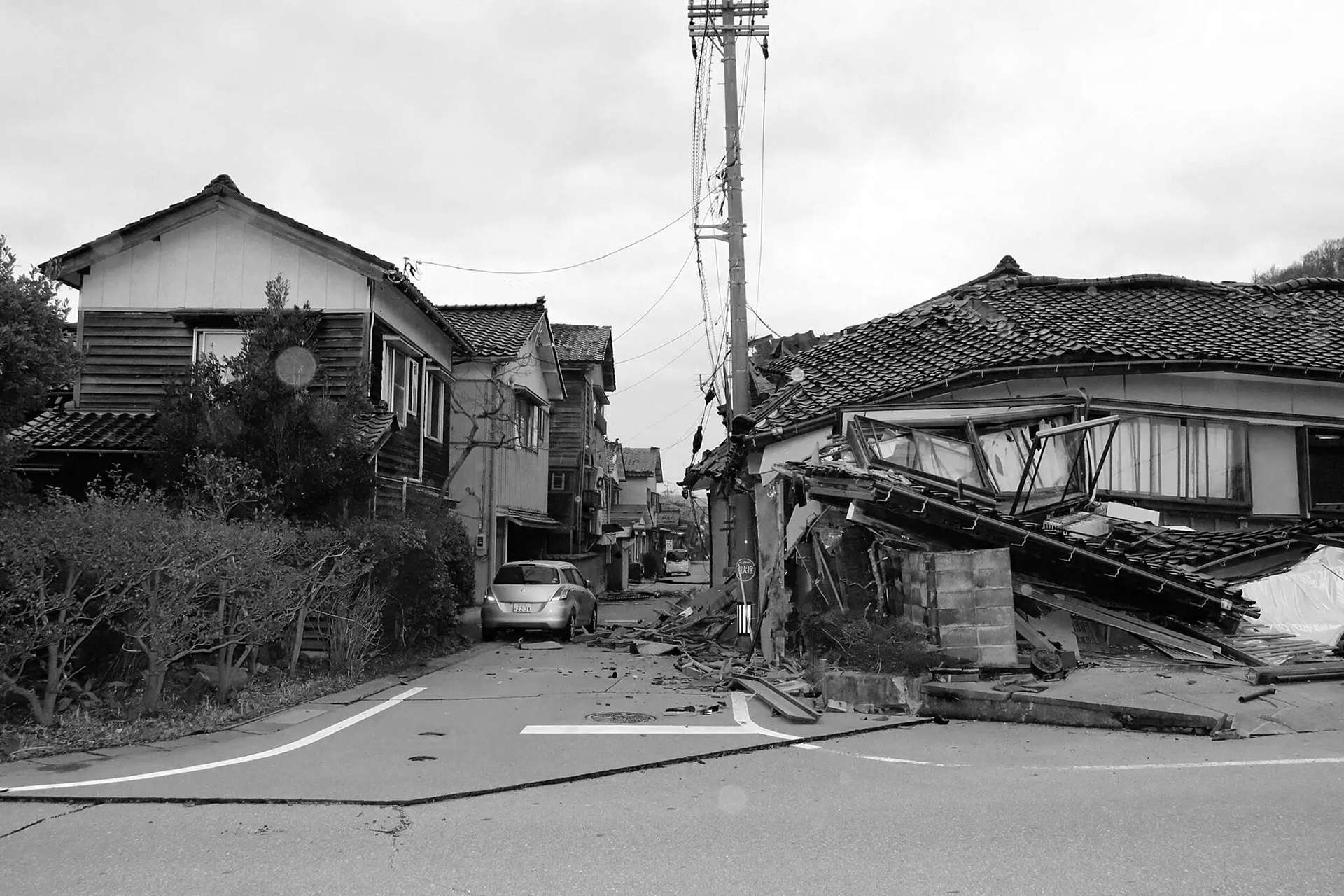
K-4
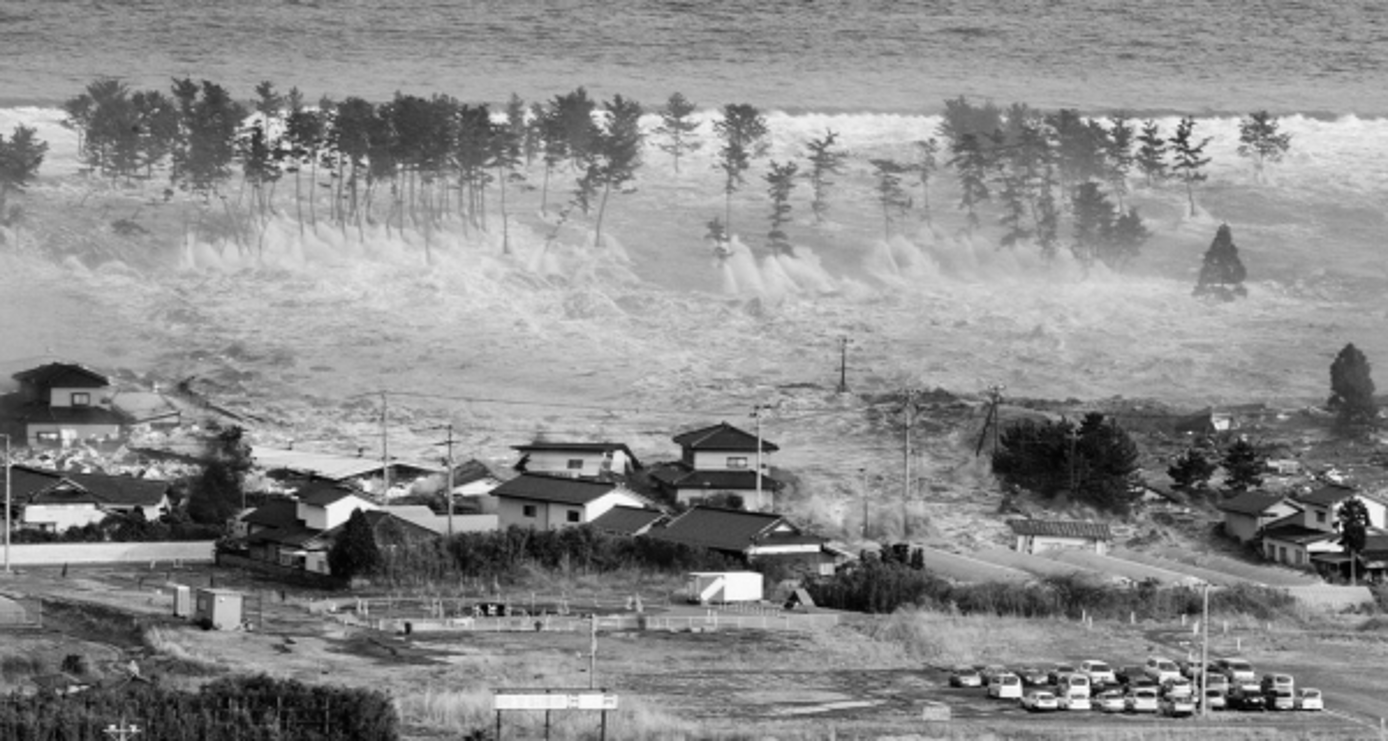
K-5

K-6
K-1. Powerful Earthquake Hits Japan, and Officials Warn of Aftershocks. Motoko Rich, 1 January, 2024, The New York Times. © Yomiuri Shimbun / Agence France-Presse
Fires broke out in Wajima after the earthquake.
K-2. Disco Is Dead, but the Ball Still Spins in Louisville. Cynthia McFadden, Jake Whitman and Tracy Connor, 8 July, 2016, NBC News. © Jake Whitman Louisville, Kentucky, paid tribute to its history as the disco ball capital of the world by creating an 11-footwide version.
K-3. Iwakura or sacred Shinto rock with Shimenawa rope at Uji Shrine, Kyoto, Japan. Garland Magazine, © Kyoko Hashimoto Shimenawa are lengths of laid rice straw or hemp rope used for ritual purification in the Shinto religion.
K-4. Powerful Earthquake Hits Japan, and Officials Warn of Aftershocks. Motoko Rich, 1 January, 2024, The NewYork Times. © Yomiuri Shimbun / Agence France-Presse
Wajima was one of the hardest-hit areas.
K-5. Japan quake, tsunami cause ‘major damage’. 11 March, 2011, CBC News. © Kyodo/Reuters
A tsunami generated by the largest earthquake in Japan’s history swamps the eastern coast, sweeping away boats, cars, homes and people. A massive tsunami sweeps in to engulf a residential area after a powerful earthquake in Natori, Miyagi Prefecture, in northeastern Japan on Friday.
K-6. 1923 Great Kantō Earthquake, 1 September, 1923.
L. Shaman and Drugs
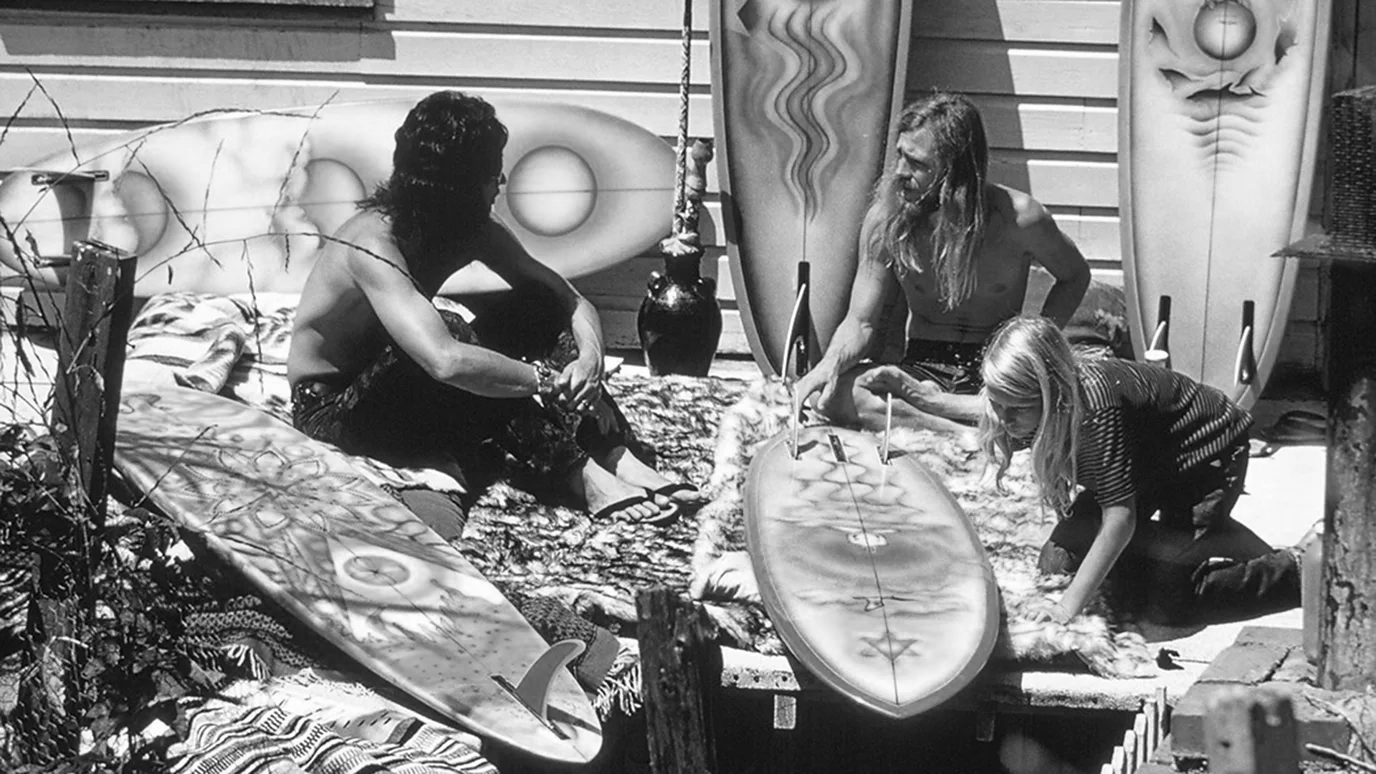
L-1

L-2
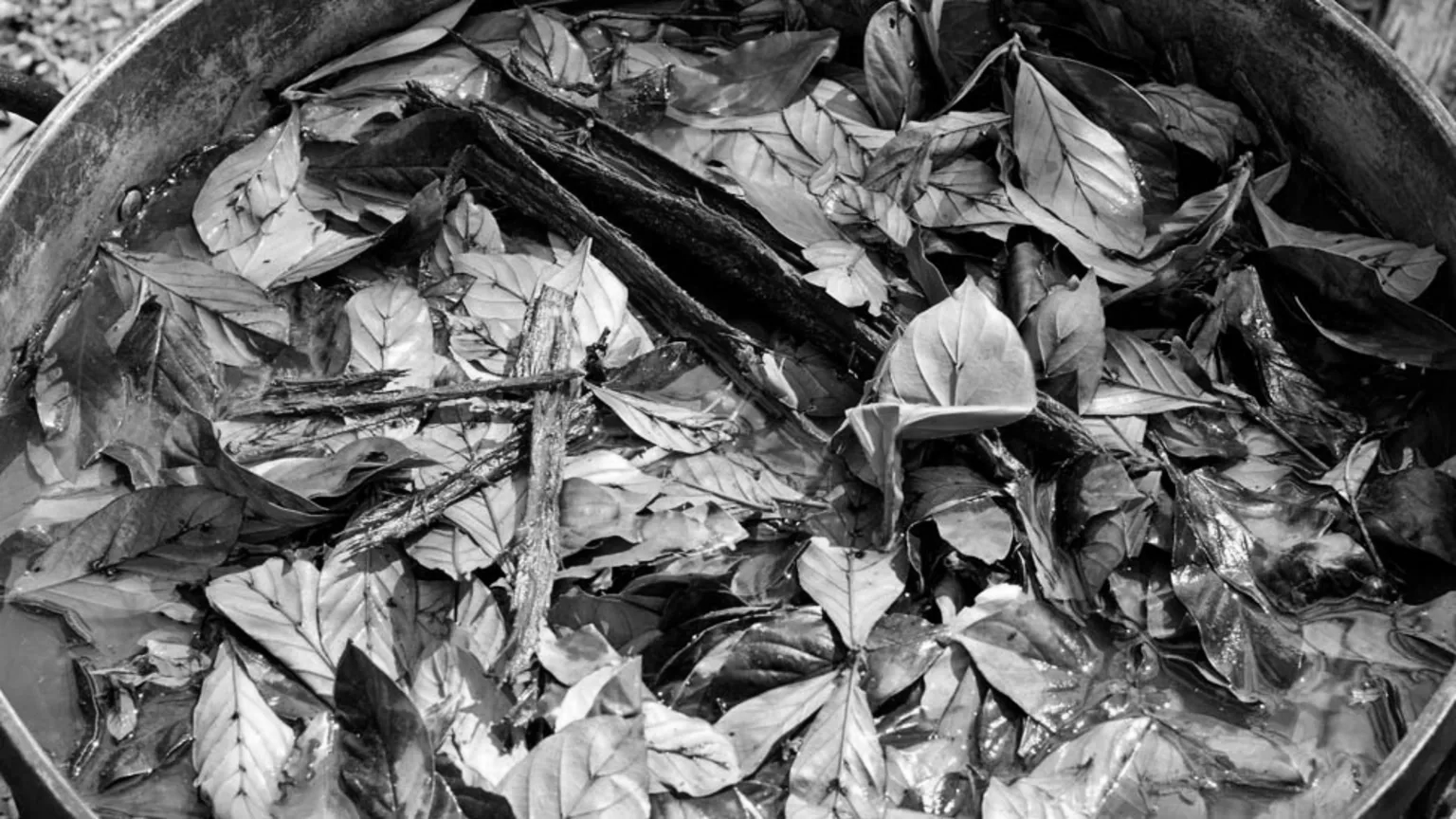
L-3
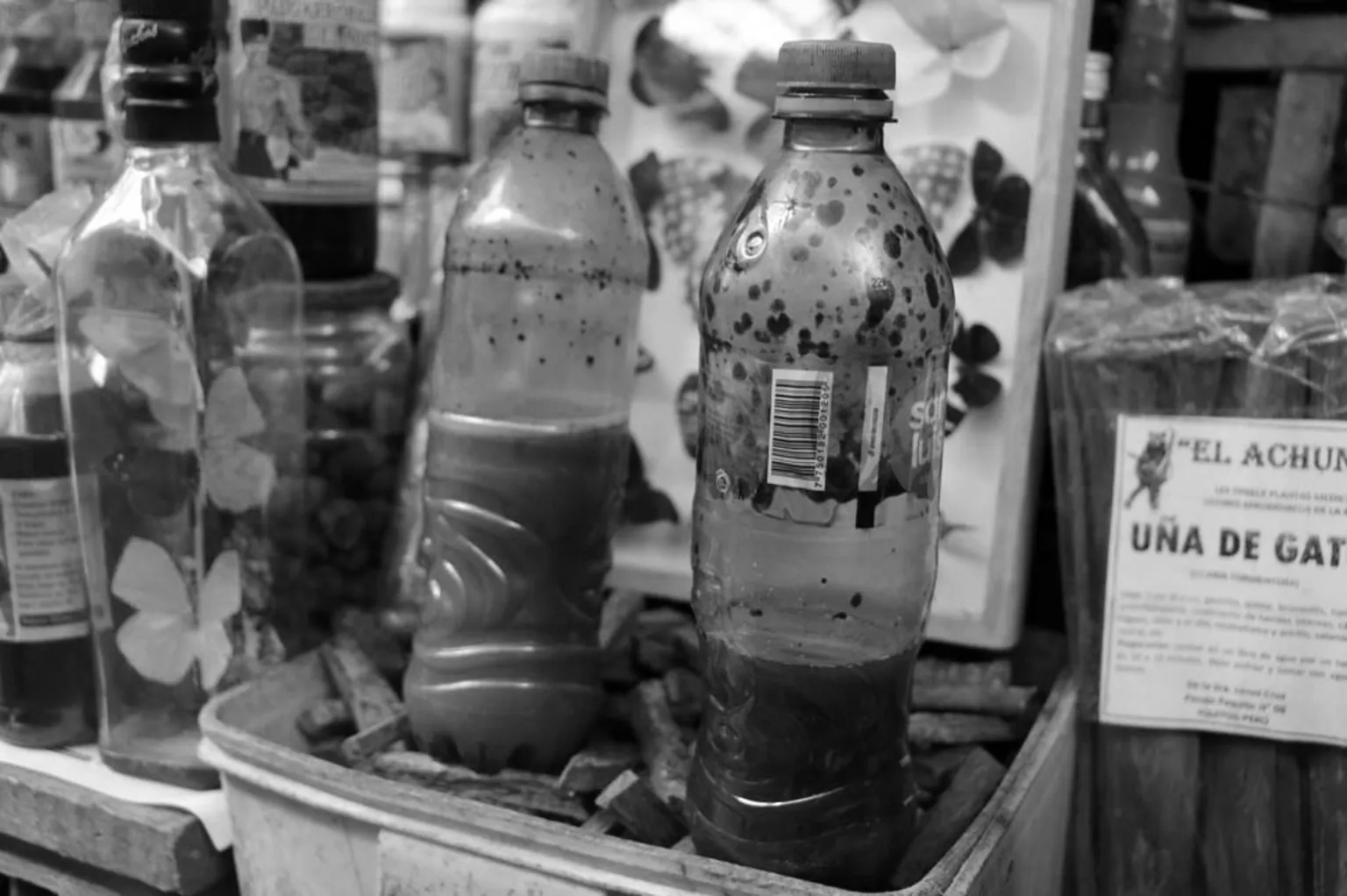
L-4
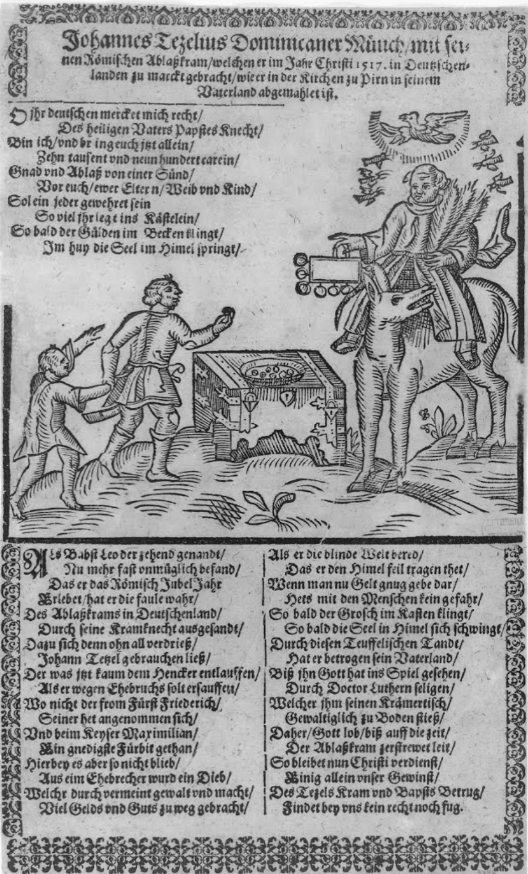
L-5
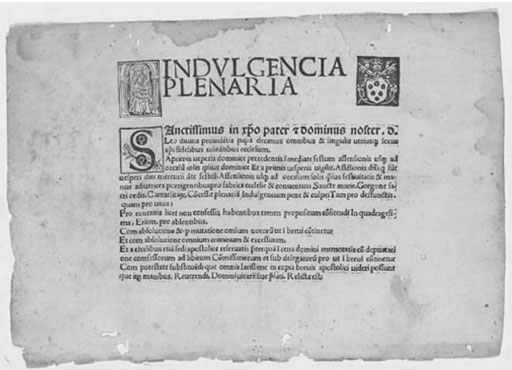
L-6
L-1. The LSD cult that transformed America. Benjamin Ramm, 12 January, 2017, BBC. © Jeff Divine Brotherhood of Eternal Love members David Nuuhiwa and John Gale at Laguna Canyon in 1971.
L-2. Spain shaman arrests: Police say group sold psychoactive drugs to members. Sam Hancock, 17 January, 2024, BBC. © Spanish National Police A screengrab from police footage of a raid shows an officer finding what looks like a bag of white pills.
L-3~4. ‘I was sexually abused by a shaman at an ayahuasca retreat’. Simon Maybin and Josephine Casserly,15 January, 2020, BBC.
Ayahuasca on sale at Belén Market in Iquitos, Peru. The psychedelic powers of a traditional Amazonian plant medicine called ayahuasca is said to bring spiritual enlightenment and to help with addiction, depression and trauma. But a string of allegations suggests there’s a darker side to the ayahuasca scene.
L-5. Artist unknown, Mocking picture on Johann Tetzel’s sale of indulgences, 1617. Stiftung Luthergedenkstätten in Sachsen-Anhalt.
L-6. A Plenary Indulgence certificate issued by Pope Leo X and printed by typographer Giacomo Mazzochi in Rome, 16C.
M. The Tower of Babel, Terror, Pandemic and Jackpot
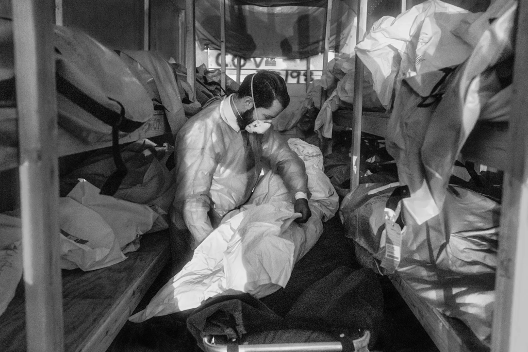
M-1
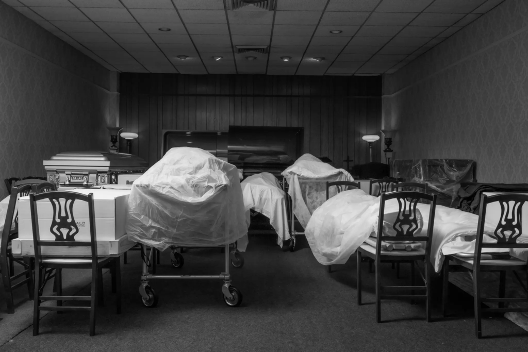
M-2
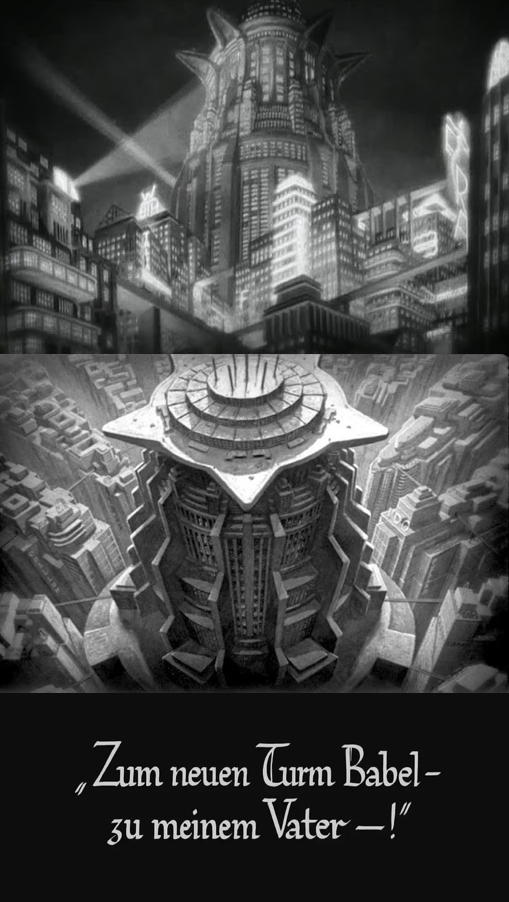
M-3

M-4
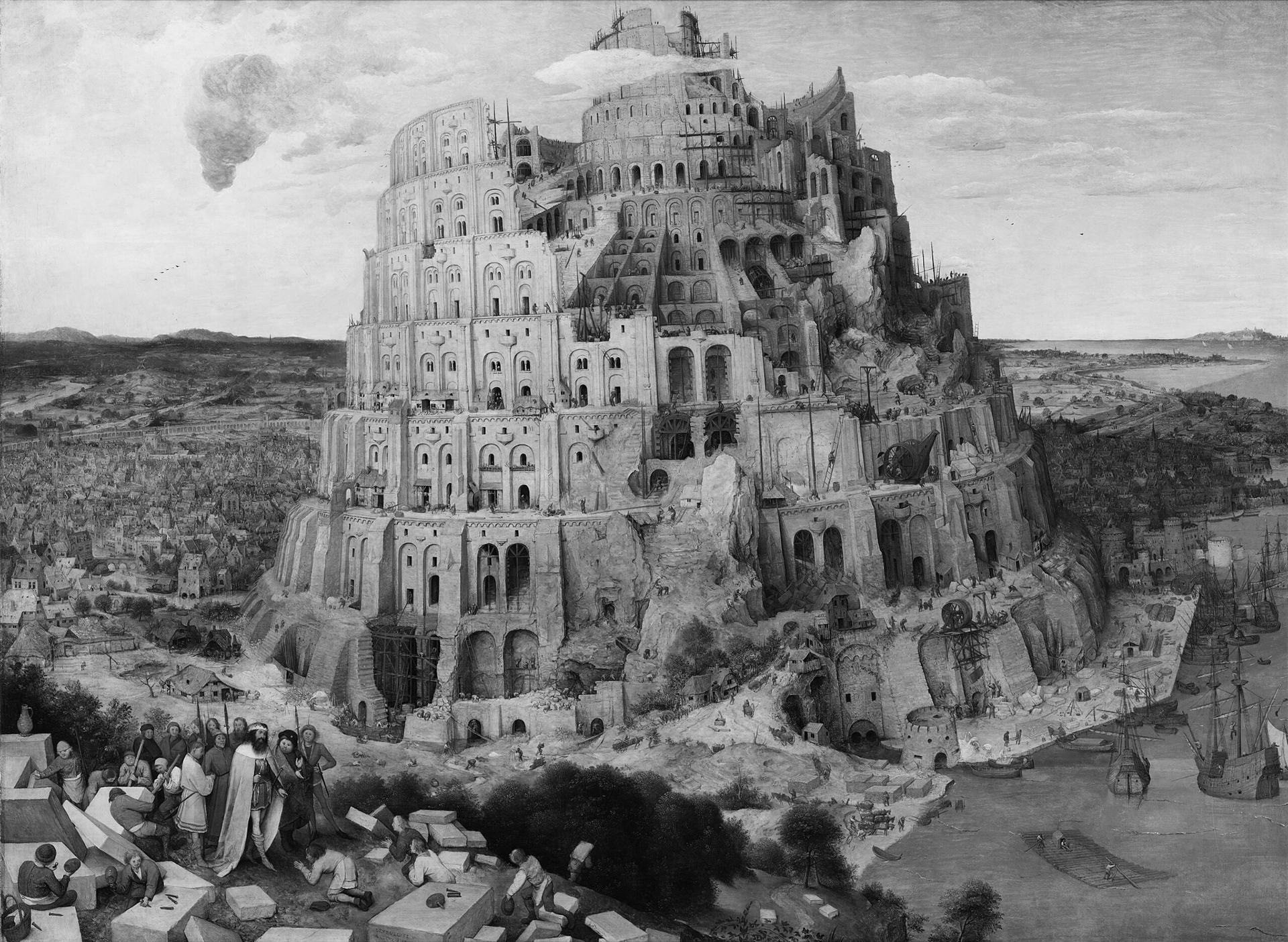
M-5
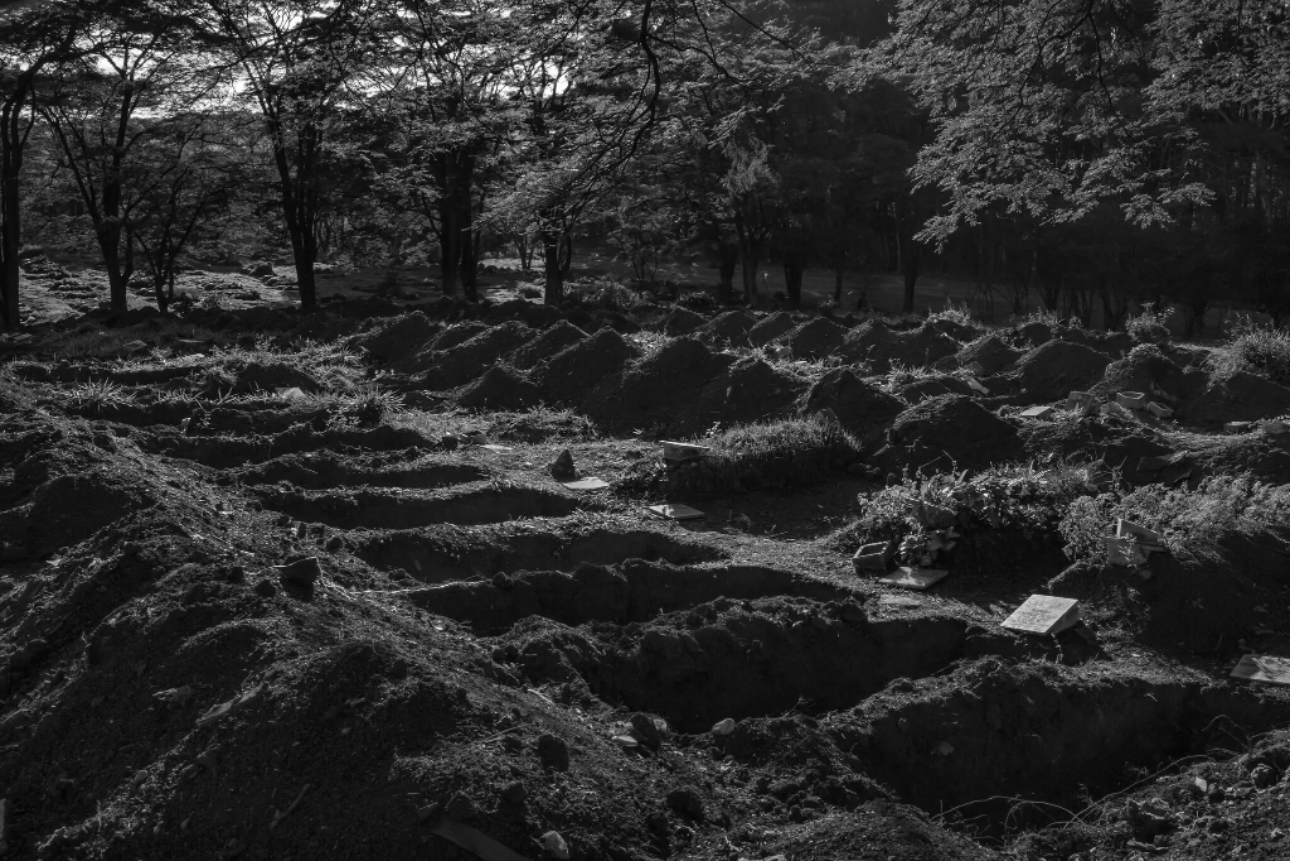
M-6
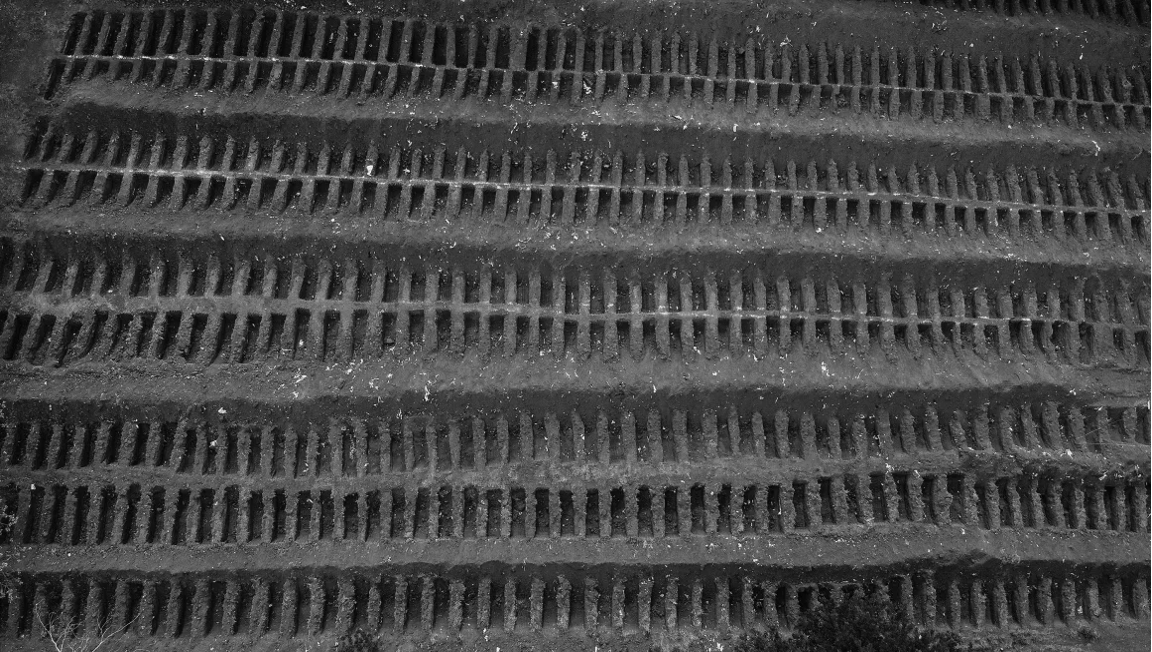
M-7
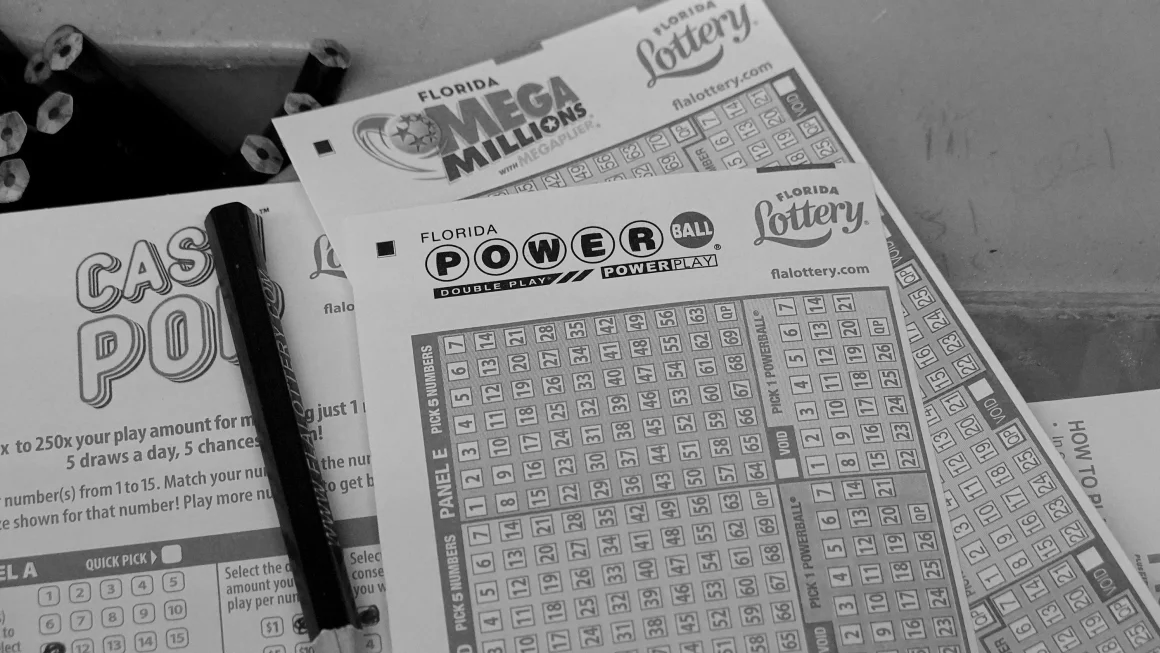
M-8
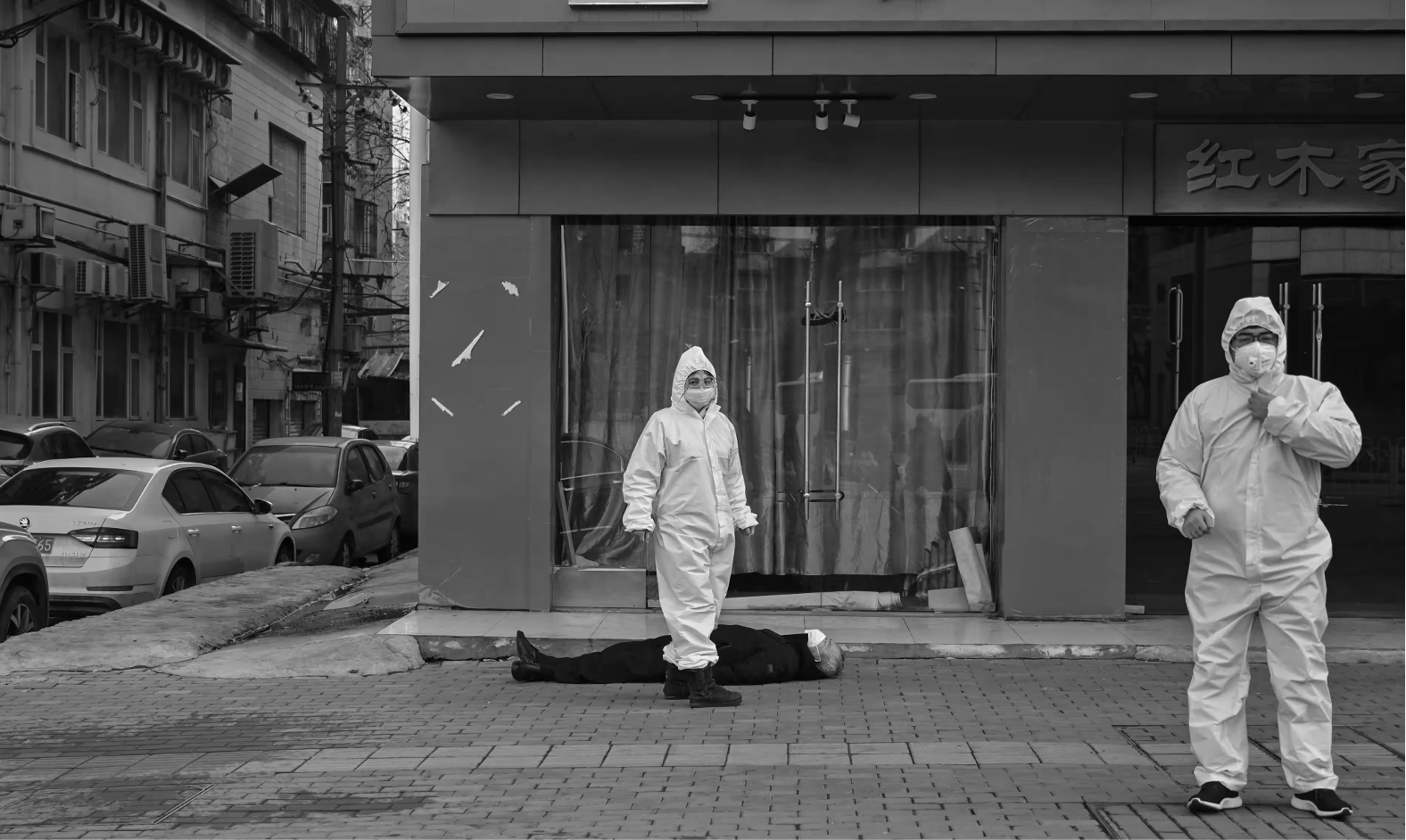
M-9
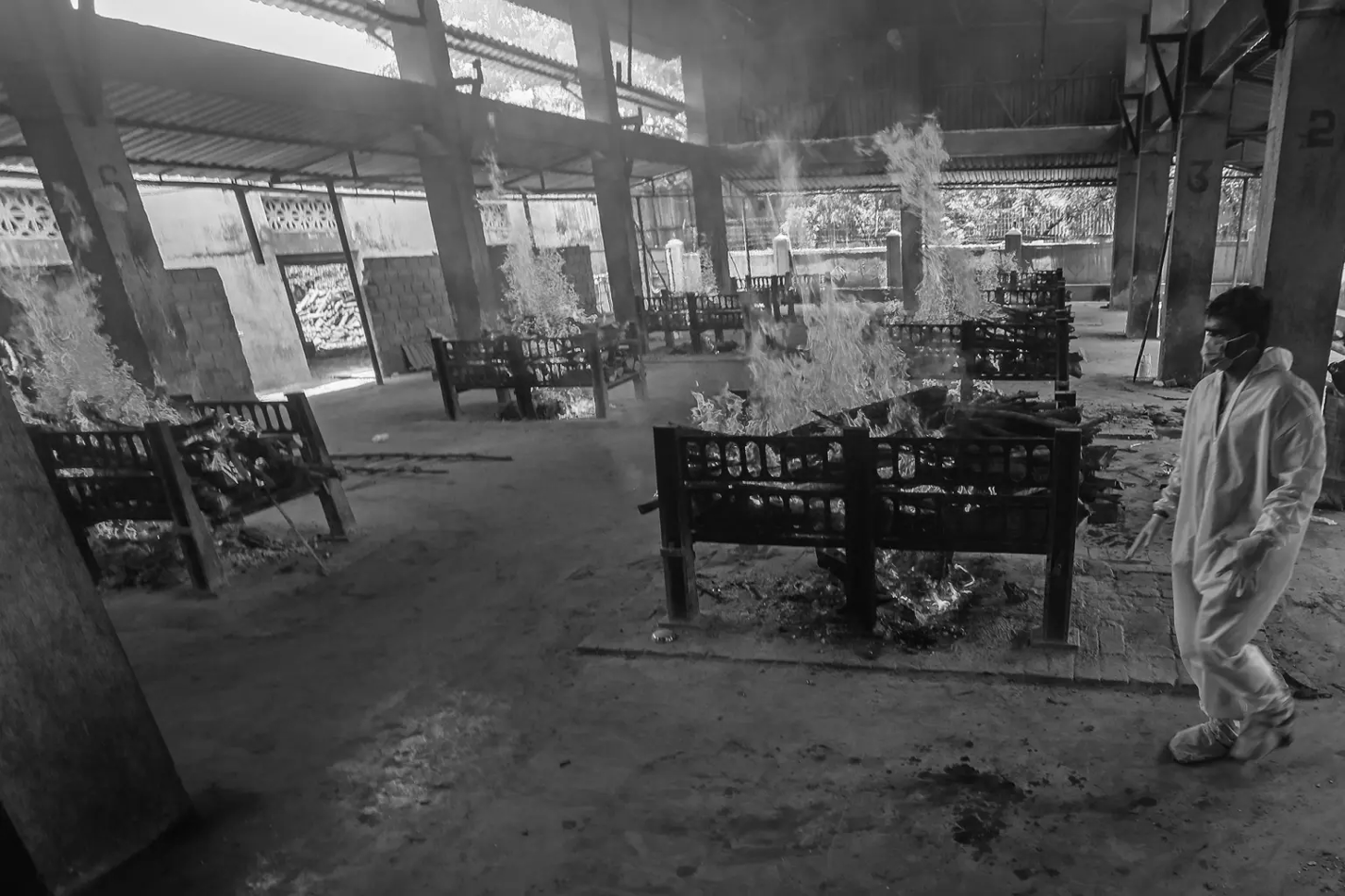
M-10
M-1~2. How Do You Maintain Dignity for the Dead in a Pandemic? Maggie Jones, 14 May, 2020, The New York Times. © Philip Montgomery
Retrieving the body of a Covid-19 patient from a refrigerated trailer outside a hospital. A chapel at Farenga Brothers Funeral Home in the Bronx that has been used to store bodies during the pandemic.
M-3. Still cuts from the film Metropolis, 1927.
M-4. Terror attacks hit U.S. 11 September, 2001, CNN.
In an apparently coordinated terrorist attack against the United States, four commercial passenger jets crashed on Tuesday, three of them into significant landmarks. These images taken from amateur video show the second airliner crashing into the World Trade Center.
M-5. Pieter Bruegel the Elder, The Tower of Babel, 1563. © Kunsthistorisches Museum Vienna.
M-6. Brazil Passes 500,000 Covid Deaths, a Tragedy With No Sign of Letup. Ernesto Londoño, Flávia Milhorance, 24 June, 2021, The New York Times. © Mauricio Lima
Open graves at Vila Formosa cemetery in São Paulo, Brazil, where a large number of Covid-19 victims have been buried since the pandemic struck the country.
M-7. What Bolsonaro said as Brazil’s coronavirus cases climbed. Flora Charner, Shasta Darlington, Caitlin Hu, Taylor Barnes, 28 May, 2020, CNN © Nelson Almeida/AFP via Getty Images
Aerial view of dug graves at the Vila Formosa Cemetery in the outskirts of Sao Paulo, Brazil on 22 May, 2020
M-8. Ticket sold in Michigan wins estimated $842.2 million Powerball jackpot in New Year’s Day drawing Nouran Salahieh. 2 January, 2024, CNN. © Joe Raedle
Forms to pick numbers for Powerball are on display in a store in Miami, Florida.
M-9. A man lies dead in the street: the image that captures the Wuhan coronavirus crisis. Agence France-Presse, 31 January, 2020, The Guardian. © AFP via Getty Images
Emergency staff in protective suits check the body of a man who collapsed and died in the street in Wuhan.
M-10. India’s hospitals and crematoriums overwhelmed as COVID-19 surges. Melissa Klein and Dana Kennedy, 24 April, 2021, Newyork Post. © Divyakant Solanki/EPA-EFE/Shut
Relatives and municipal workers wearing PPE perform last rites for COVID-19 victims at a mass cremation ground on the outskirts of Mumbai, India, on 23 April, 2021.
O. Sinking ships, Statue of Liberty, Ferris Wheel and Roller Coaster
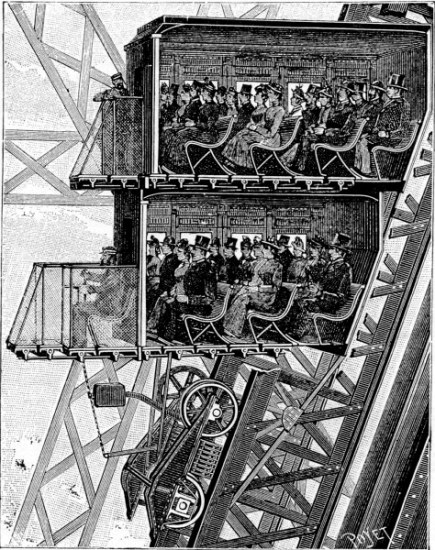
O-1

O-2

O-3

O-4

O-5
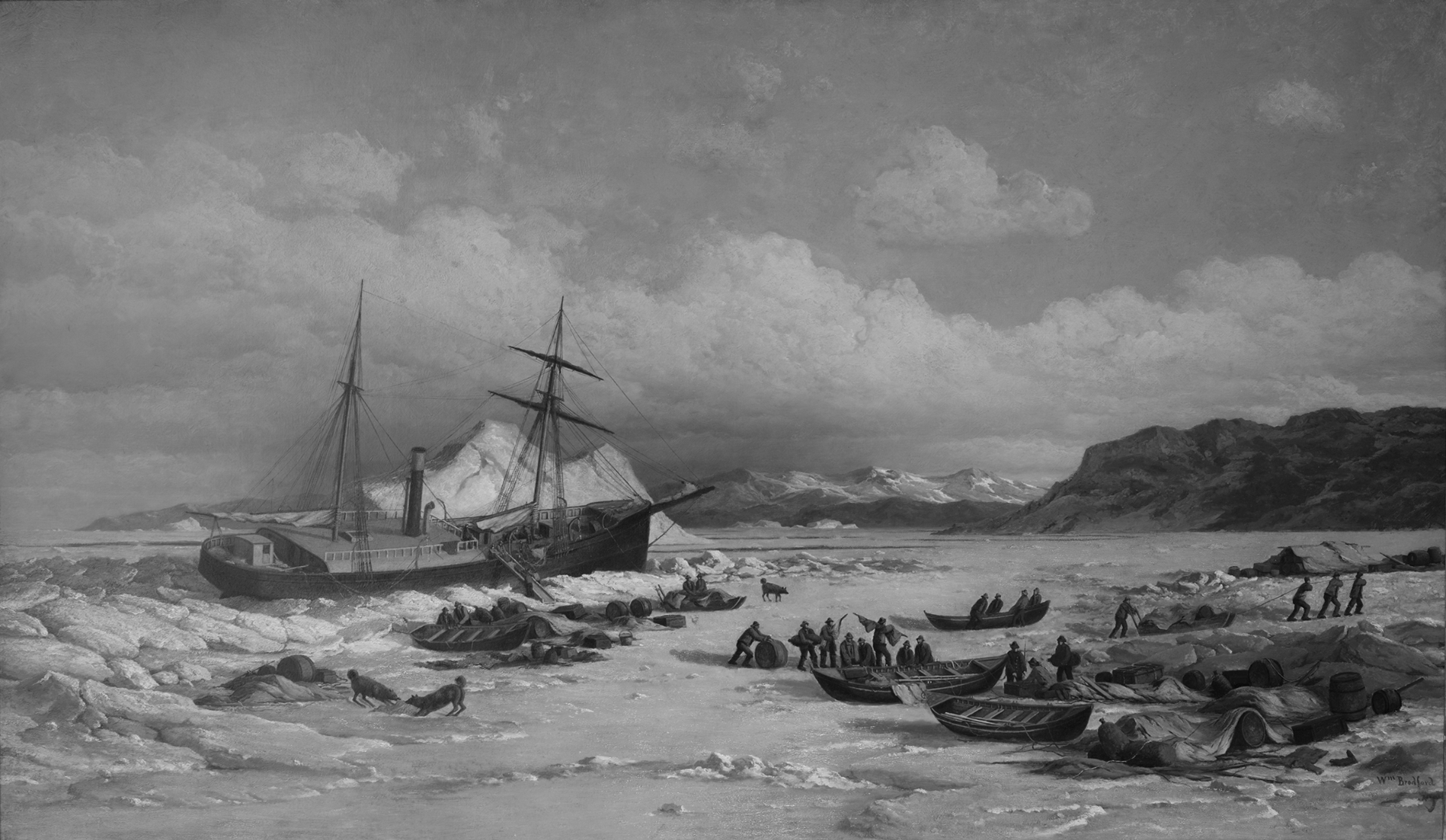
O-6
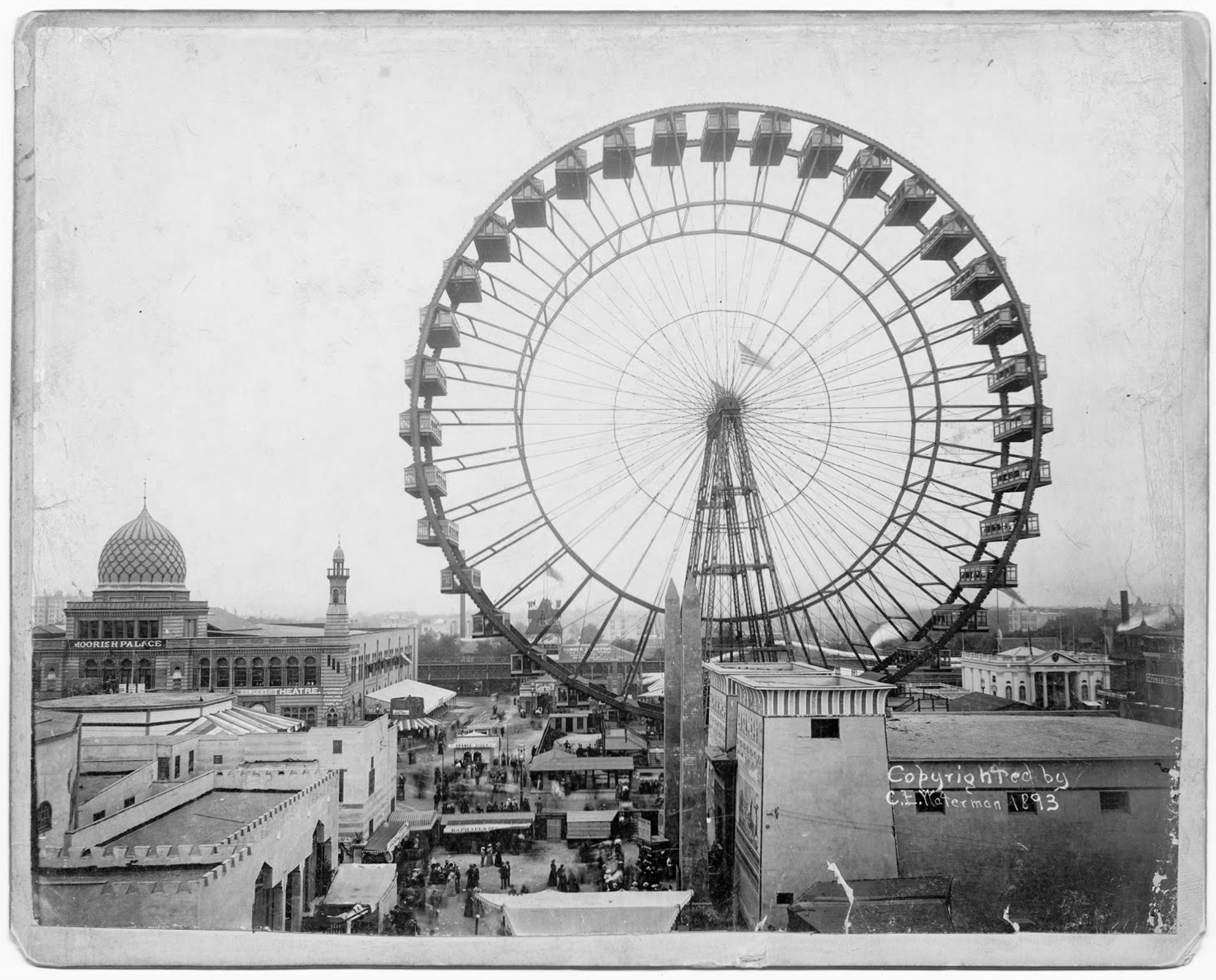
O-7

O-8
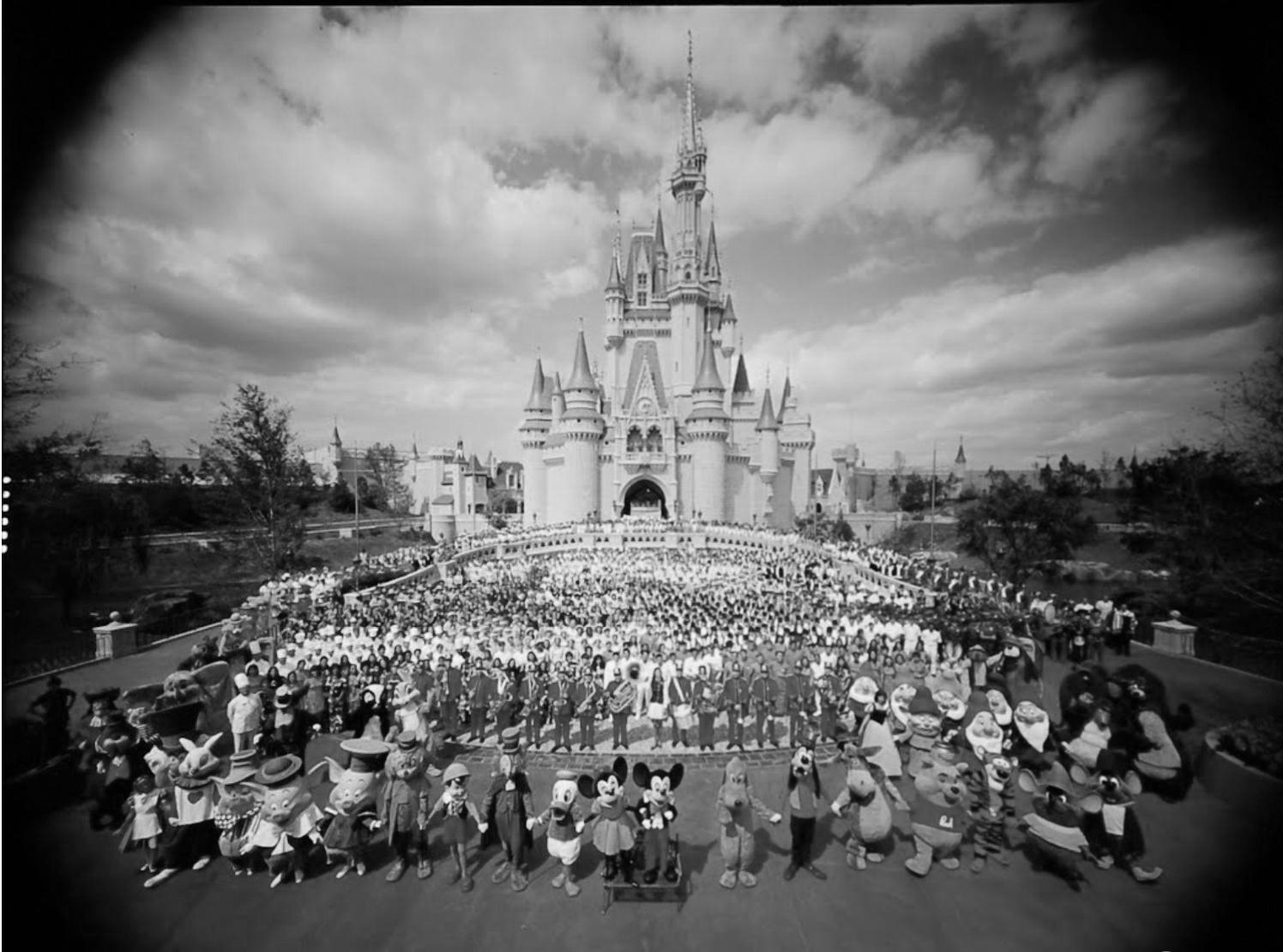
O-9
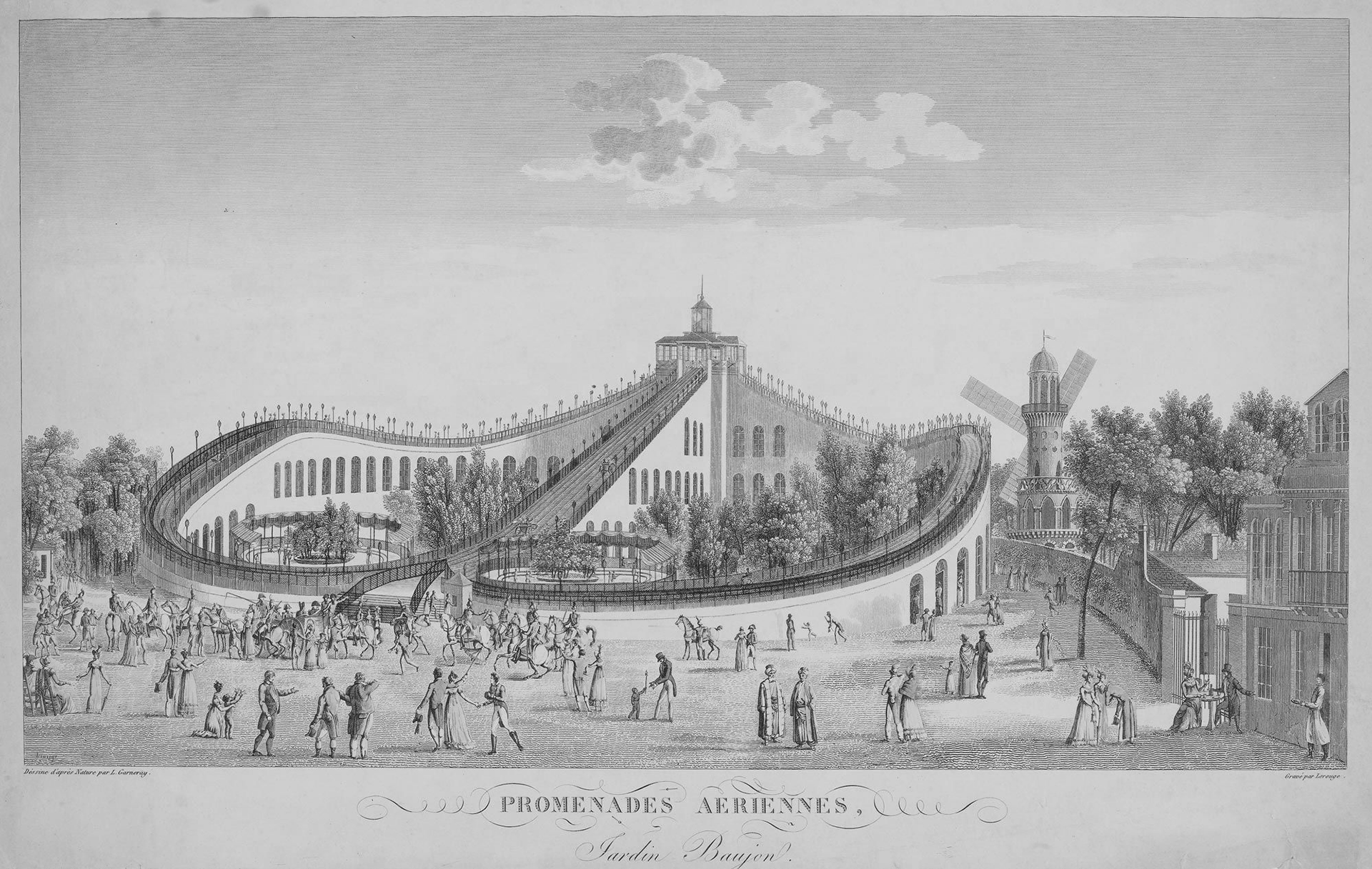
O-10
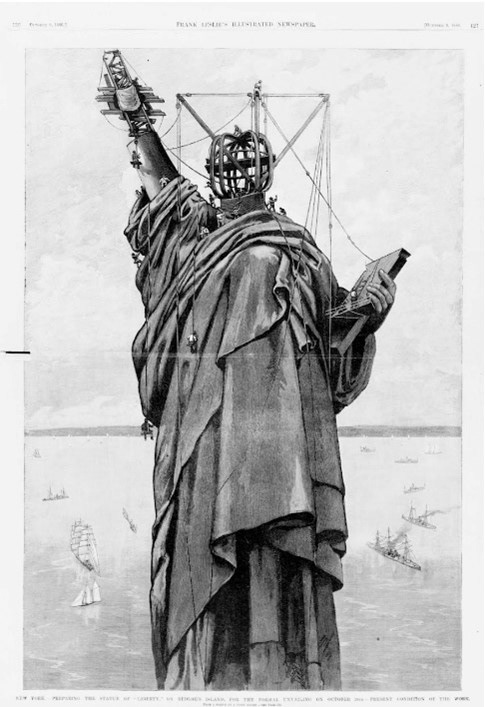
O-11
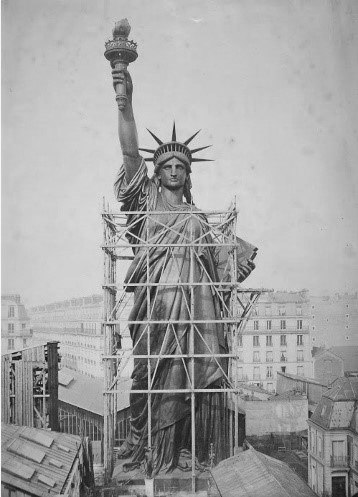
O-12
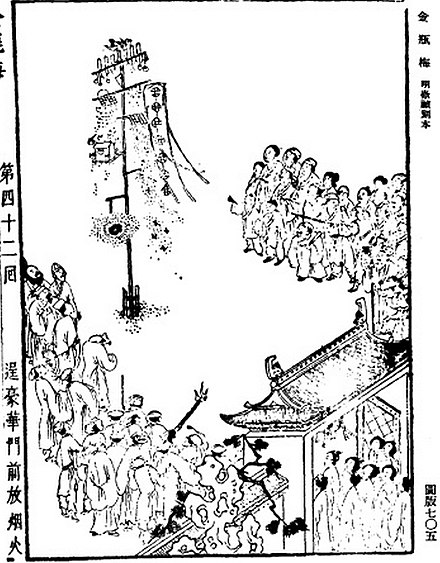
O-13
O-1. Artist unknown (signed as “Poyet”), Work originally published in La Nature, 1889. The Otis elevators that carried visitors up the north and south legs of the tower.
O-2. Eyewitness: South Korea ferry disaster. 17 April, 2014, The Guardian. ©Yonhap/EPA Rescue boats from the South Korean coastguard scour the sea around the passenger ferry Sewol after it ran aground, capsized and sank with 477 people on board. The ship sent out a distress signal shortly before 9am local time, at a time when many passengers – most of them schoolchildren on a four-day study trip – were below decks. One witness said there was no call to abandon ship.
O-3. ‘Not ashamed’: dolphin hunters of Taiji break silence over film The Cove. Justin McCurry, 10 December, 2017, The Guardian. © Brooke Mcdonald, Sea Shepherd Conservation Society / AP
O-4. Royal Thai Navy Scrambles to Rescue 31 After Its Ship Sinks. Muktita Suhartono and Matt Stevens, 19 December, 2022, The New York Times. © Royal Thai Navy / AP
Strong winds and waves caused the HTMS Sukhothai to take on water and eventually sink in the Gulf of Thailand near the Prachuap Khiri Khan Province, officials said.
O-5. Willy Stöwer, The Sinking of the Titanic, 1912. Part of Untergang der Titanic.
O-6. William Bradford, Voyage of the Polaris, 1875, Taubman Museum of Art.
O-7. The Ferris wheel, 1893. Photography by C. E. Waterman. Celebrated as a technological marvel to rival the Eiffel Tower, Chicago’s Ferris wheel became an enduring symbol of the 1893 World’s Columbian Exposition. Over the past 125 years, the wheel has inspired imitators large and small around the world.
O-8. 35 Disney rides temporarily shut down after earthquake hits Southern California. Anthony Robledo, USA TODAY, 2023 Visitors to Southern California’s Disneyland and Disney California Adventure were shook when 35 rides were temporarily closed because of a minor earthquake nearby.
O-9. Disney World, Orlando, Florida. © Yale Joel / LIFE Magazine
O-10. Jardin Baujon, Promenades Aeriennes (roller coaster at the Folie Beaujon) Paris, 19C. The Promenades-Aeriennes, which was one of the world’s first roller coasters, was located in Paris and built in 1817.
O-11. Artist unknown, New York - Preparing the Statue of “liberty” on Bedloe’s Island, for the formal unvailing [sic] on October 28th - Present condition of the work, 1886.
O-12. Albert Fernique, Assembly of the Construction of the Statue of Liberty, 1882/1884. Musée des arts et métiers, Fonds Bartholdi
O-13. Illustration of a fireworks display, 17C. Part of the Ming dynasty novel Jin Ping Mei(Golden Lotus) by Lanling Xiaoxiao Sheng.
P. Adam and Eve, Chaekgeori and Cabinet of Curiosities
Chaekgeori, which translates to "books and things" in Korean, refers to a unique genre of still-life painting that flourished in Korea, particularly during the late Joseon Dynasty (18th to 19th centuries). These paintings are characterized by their intricate and detailed depictions of books alongside various scholarly and auspicious objects. Commonly featured items in chaekgeori paintings include brushes, ink stones, ceramics, flowers, and sometimes fruits or other symbols of wealth and prosperity.
The chaekgeori paintings were not merely decorative. They carried deep cultural and symbolic meanings, reflecting the Confucian values that were prevalent in Korean society at the time. The emphasis on books and scholarly items underscored the high regard for education, knowledge, and the civil service examinations that were the pathway to success and status in Joseon society. These paintings were also believed to possess the power to bring good fortune, particularly in the form of academic and career achievements. Chaekgeori can be found as individual paintings, but they were also commonly painted on screens, which were then used as room dividers or decorative elements in the homes of the Korean elite, including royalty, scholars, and aristocrats.
The chaekgeori paintings were not merely decorative. They carried deep cultural and symbolic meanings, reflecting the Confucian values that were prevalent in Korean society at the time. The emphasis on books and scholarly items underscored the high regard for education, knowledge, and the civil service examinations that were the pathway to success and status in Joseon society. These paintings were also believed to possess the power to bring good fortune, particularly in the form of academic and career achievements. Chaekgeori can be found as individual paintings, but they were also commonly painted on screens, which were then used as room dividers or decorative elements in the homes of the Korean elite, including royalty, scholars, and aristocrats.
Cabinets of curiosities, also known as wonder-rooms in German, were encyclopedic collections of objects whose categorical boundaries were, in Renaissance Europe, yet to be defined. These cabinets emerged in the 16th century and can be seen as a precursor to modern museums. They served as a way for collectors, often European nobles, scholars, and wealthy merchants, to display a wide array of rare, exotic, or unusual items gathered from around the world. The collections typically included natural history objects (like preserved animals, dried plants, shells, and minerals), archaeological artifacts, works of art, antiques, and sometimes items of religious or historical significance.
Cabinets of curiosities reflected the collectors' interest in the natural world and the unknown, showcasing their desire for knowledge and their social status. These collections were not just for private enjoyment but were also displayed to visitors as a form of entertainment and education, illustrating the collector's wealth, power, and connections to the broader, explorative world of the time.
Cabinets of curiosities reflected the collectors' interest in the natural world and the unknown, showcasing their desire for knowledge and their social status. These collections were not just for private enjoyment but were also displayed to visitors as a form of entertainment and education, illustrating the collector's wealth, power, and connections to the broader, explorative world of the time.
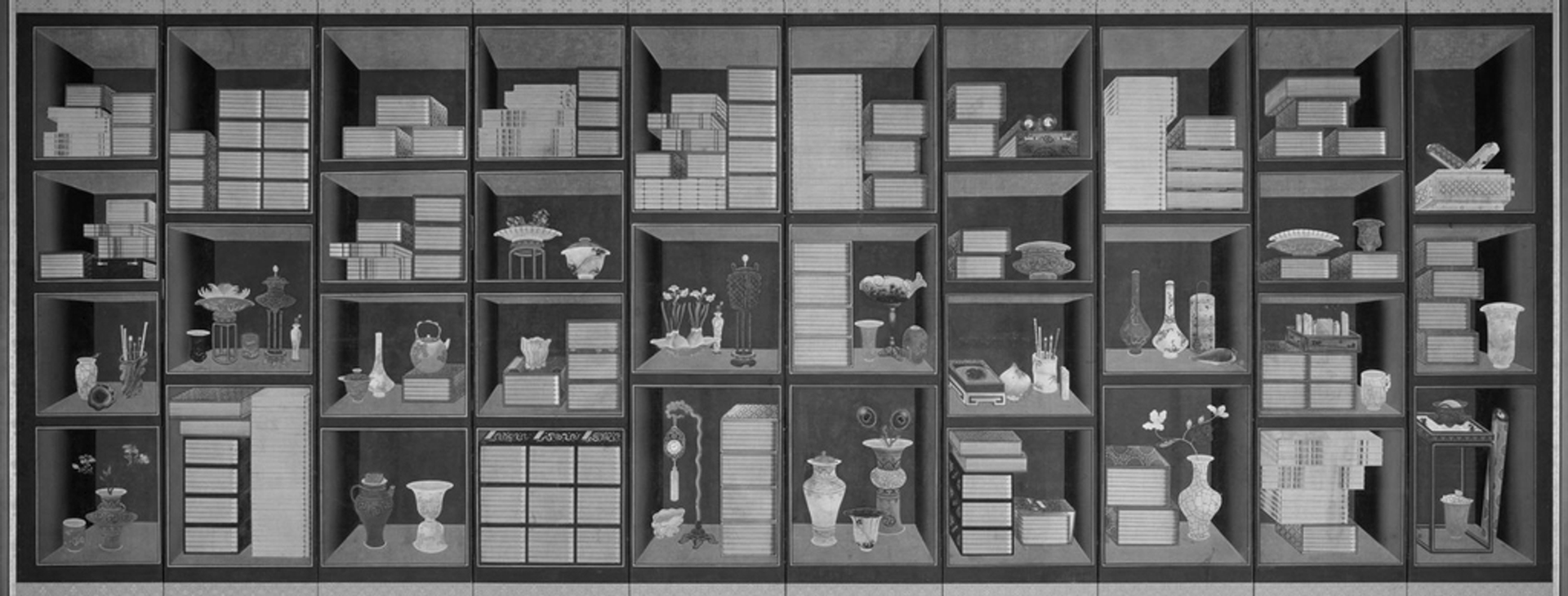
P-1

P-2

P-3
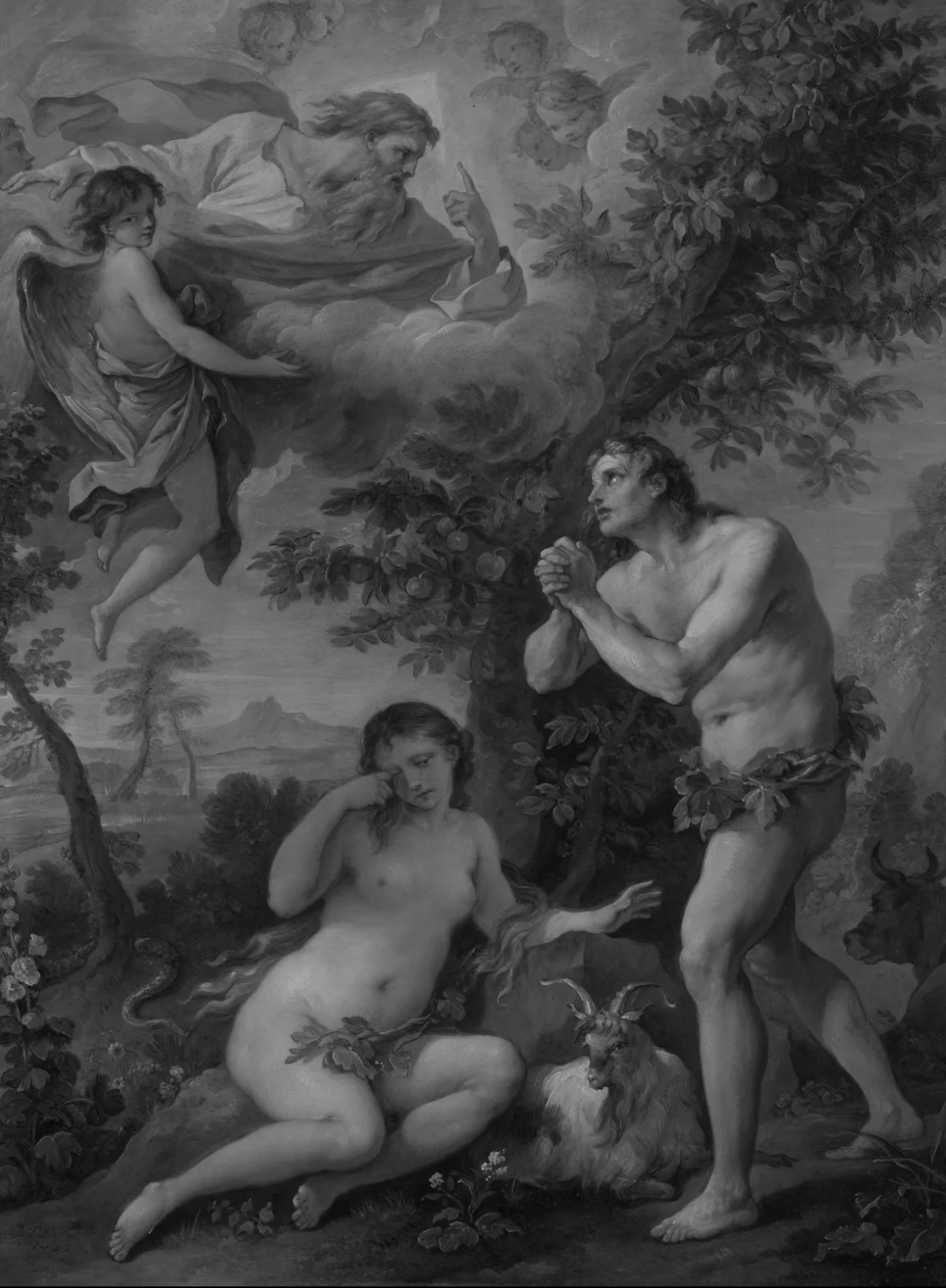
P-4
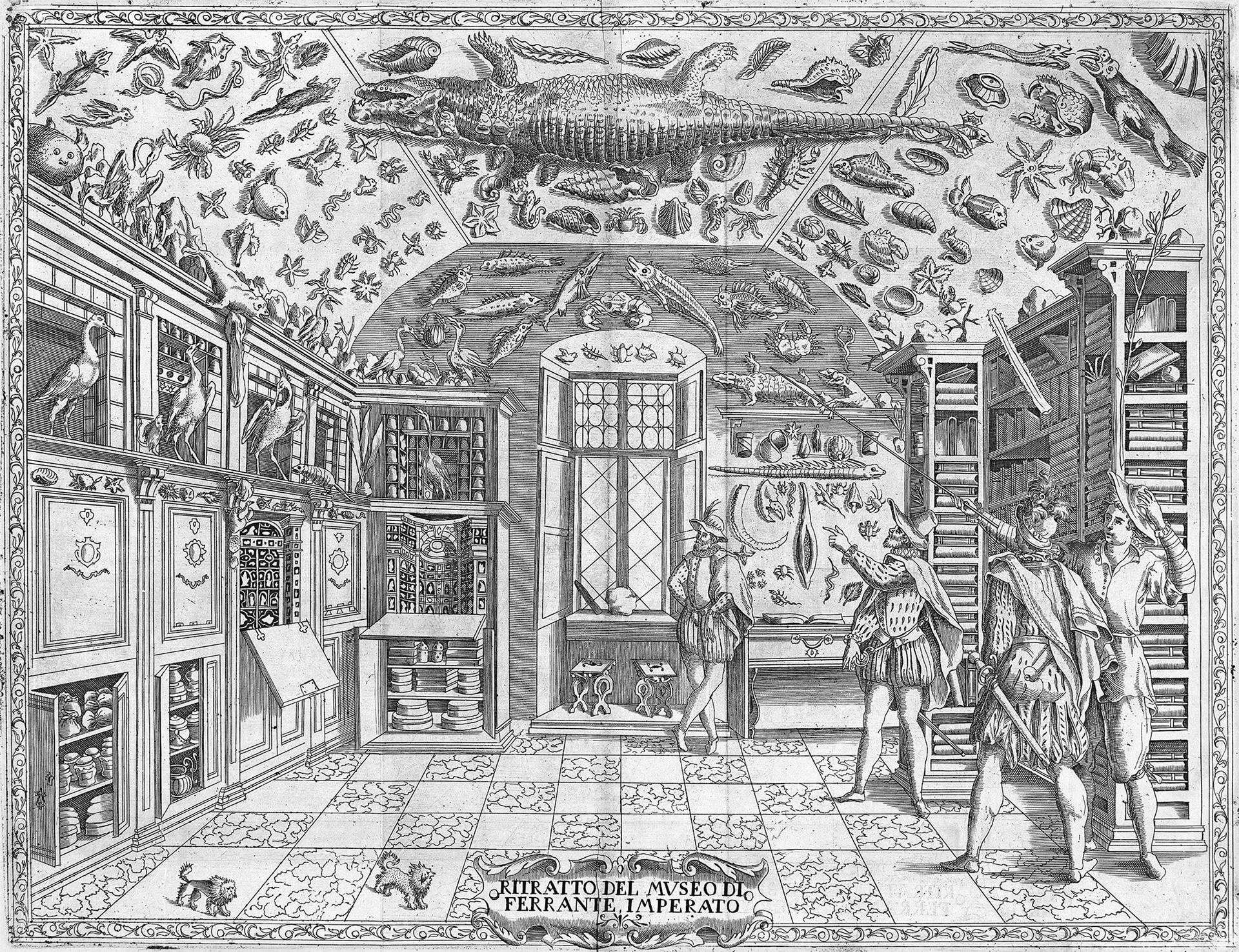
P-5
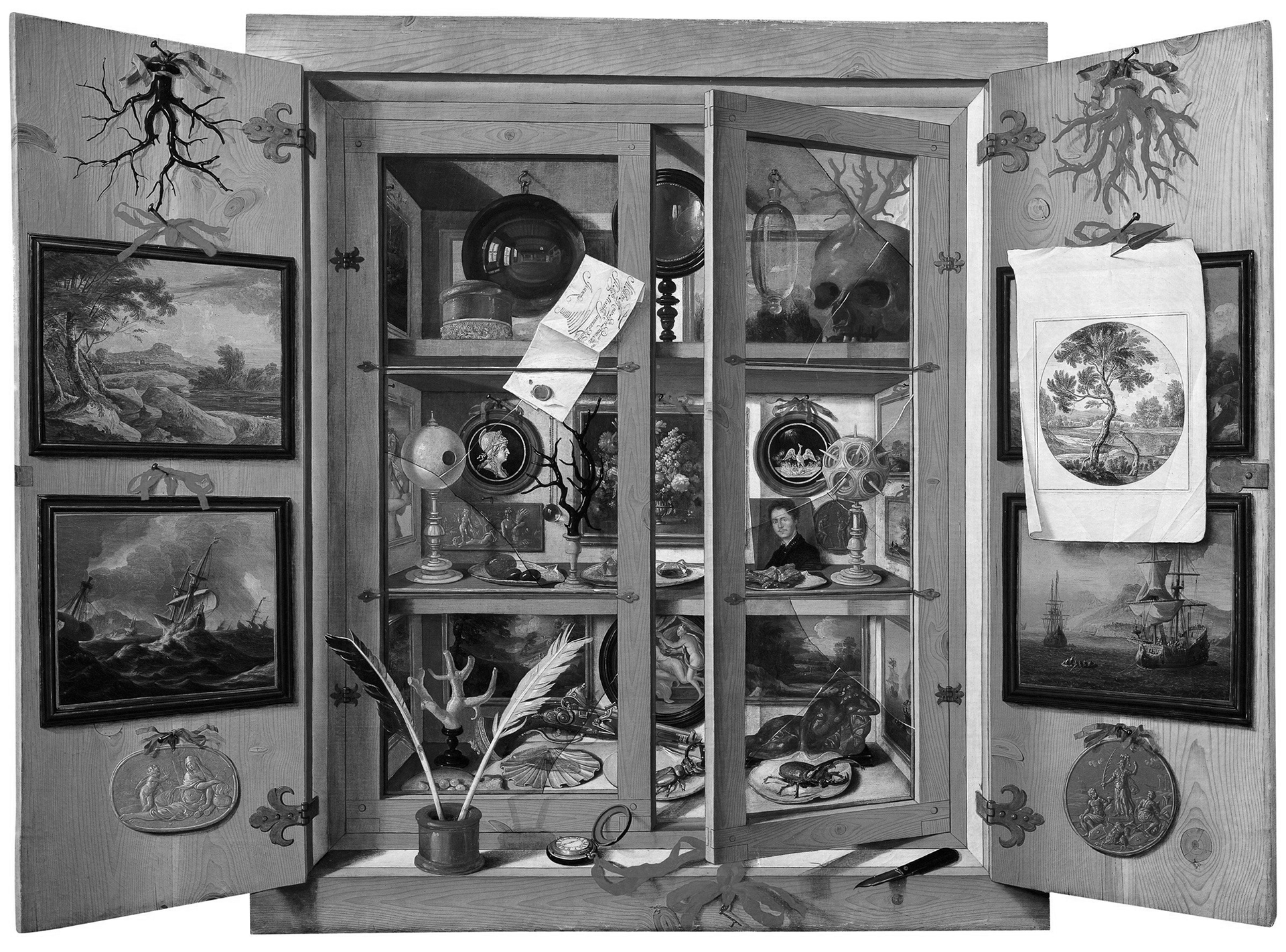
P-6
P-1. Lee Taek-gyun, Books and Scholars’ Accouterments, 19C. Cleveland Museum of Art.
P-2. Lee Taek-gyun, Folding Screen with Painted Chaekgeori (Books and Stationery), Joseon, 19C. Seoul Craft Museum
This folding screen featuring Chaekgeori by Lee Taek-gyun (1808–1883), a royal painter of the late Joseon dynasty. In each panel, various items from books and brushes to ink container and inkstone as well as Chinese style ceramics and bronze vessels for rituals are arranged in a bookcase. These folding screens demonstrate well the interest and taste in crafts, artifacts and new books among high-class intellectuals at that time.
P-3. Albrecht Dürer, Adam and Eve, 1507. Museo del Prado.
P-4. Charles Joseph Natoire, The Rebuke of Adam and Eve, 1740, Metropolitan Museum of Art.
P-5. Ferrante Imperato, Cabinet of Curiosities in Dell’Historia Naturale, 1599, Biodiversity Heritage Library
P-6. Domenico Remps, Cabinet of Curiosities, 17C. Museo dell’Opificio delle Pietre Dure, Florence.
Q. Wheel of Reincarnation and Eiffel Tower
Wheel of Reincarnation in the Six Realms
The Wheel of Reincarnation in the Six Realms is a Buddhist symbolic representation of Samsara, the cycle of birth, death, and rebirth across different realms based on karma. The six realms include:
1. **God Realm (Deva)**: Pleasure and power, but impermanent.
2. **Asura Realm (Demigod)**: Power with jealousy and conflict.
3. **Human Realm**: Potential for enlightenment due to a mix of suffering and happiness.
4. **Animal Realm**: Driven by instinct and survival, with limited potential for enlightenment.
5. **Hungry Ghost Realm (Preta)**: Characterized by insatiable desire and need.
6. **Hell Realm**: Suffering and torment as consequences of negative karma.
The center of the Wheel is marked by three animals (a pig, a snake, and a rooster), symbolizing ignorance, aversion, and attachment—the root causes of Samsara. The Wheel illustrates the importance of ethical conduct and the possibility of liberation through the Buddhist path.
The Wheel of Reincarnation in the Six Realms is a Buddhist symbolic representation of Samsara, the cycle of birth, death, and rebirth across different realms based on karma. The six realms include:
1. **God Realm (Deva)**: Pleasure and power, but impermanent.
2. **Asura Realm (Demigod)**: Power with jealousy and conflict.
3. **Human Realm**: Potential for enlightenment due to a mix of suffering and happiness.
4. **Animal Realm**: Driven by instinct and survival, with limited potential for enlightenment.
5. **Hungry Ghost Realm (Preta)**: Characterized by insatiable desire and need.
6. **Hell Realm**: Suffering and torment as consequences of negative karma.
The center of the Wheel is marked by three animals (a pig, a snake, and a rooster), symbolizing ignorance, aversion, and attachment—the root causes of Samsara. The Wheel illustrates the importance of ethical conduct and the possibility of liberation through the Buddhist path.
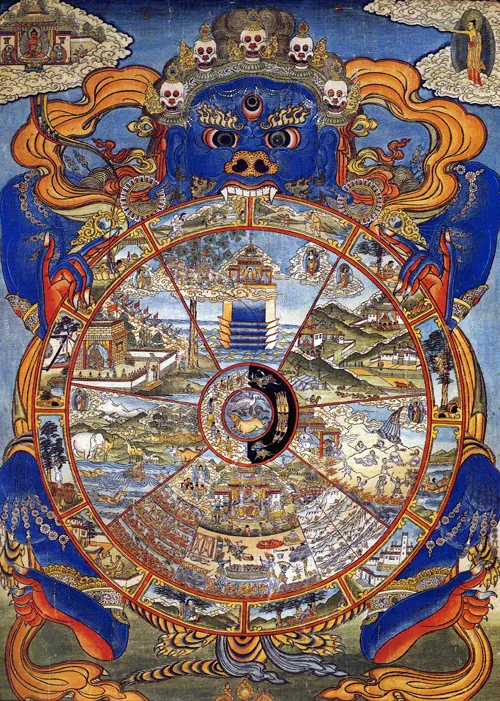
Q-1
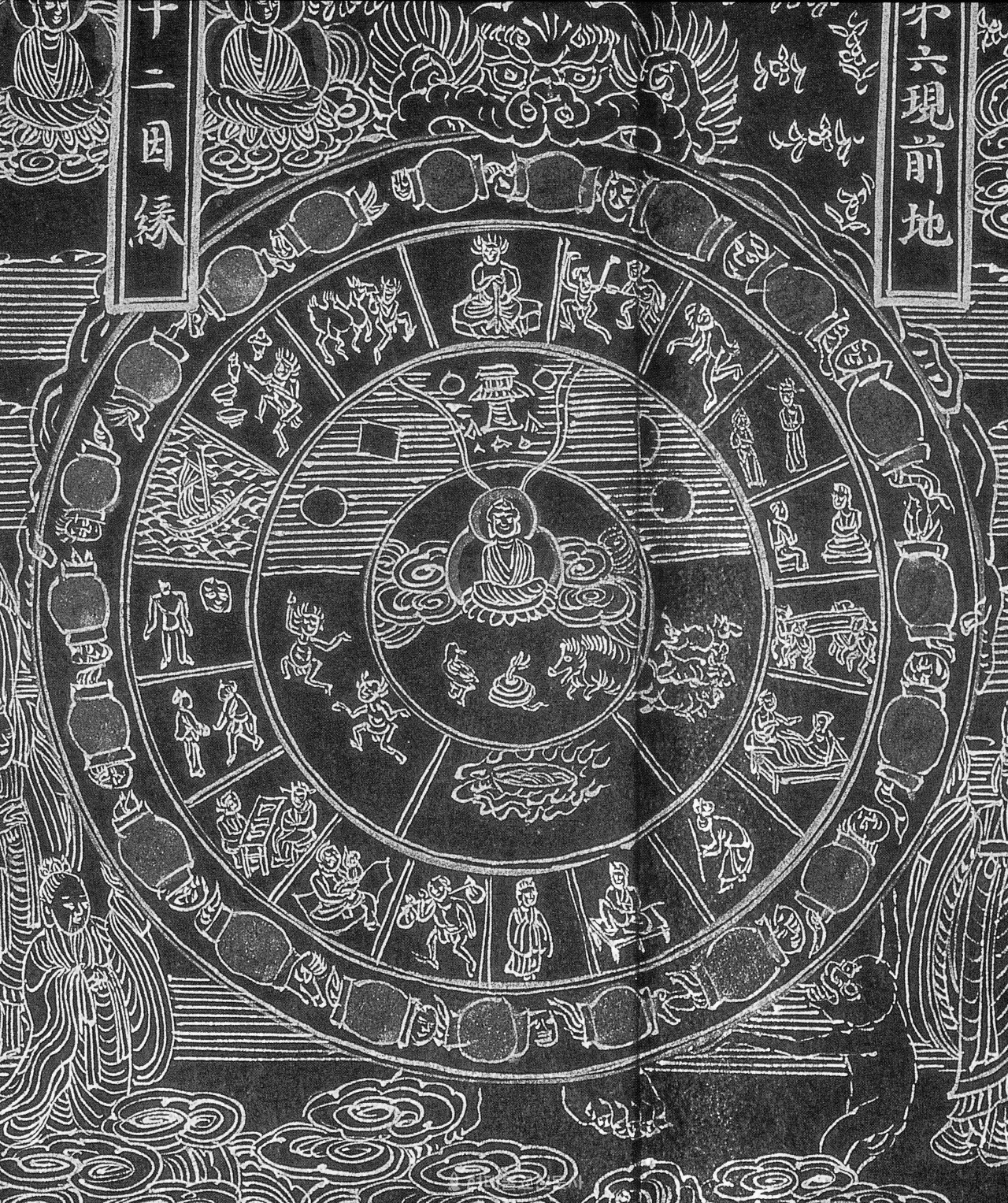
Q-2
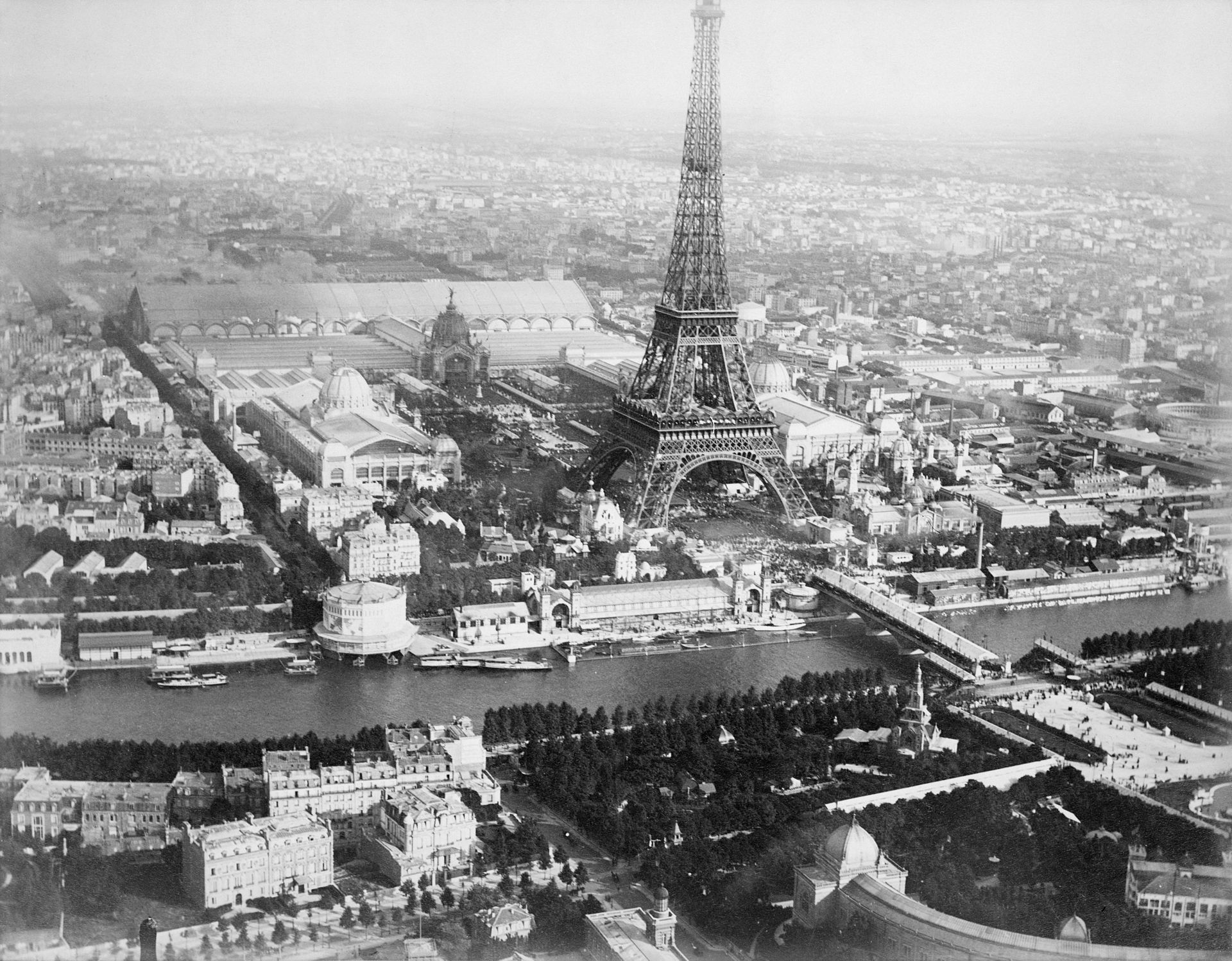
Q-3
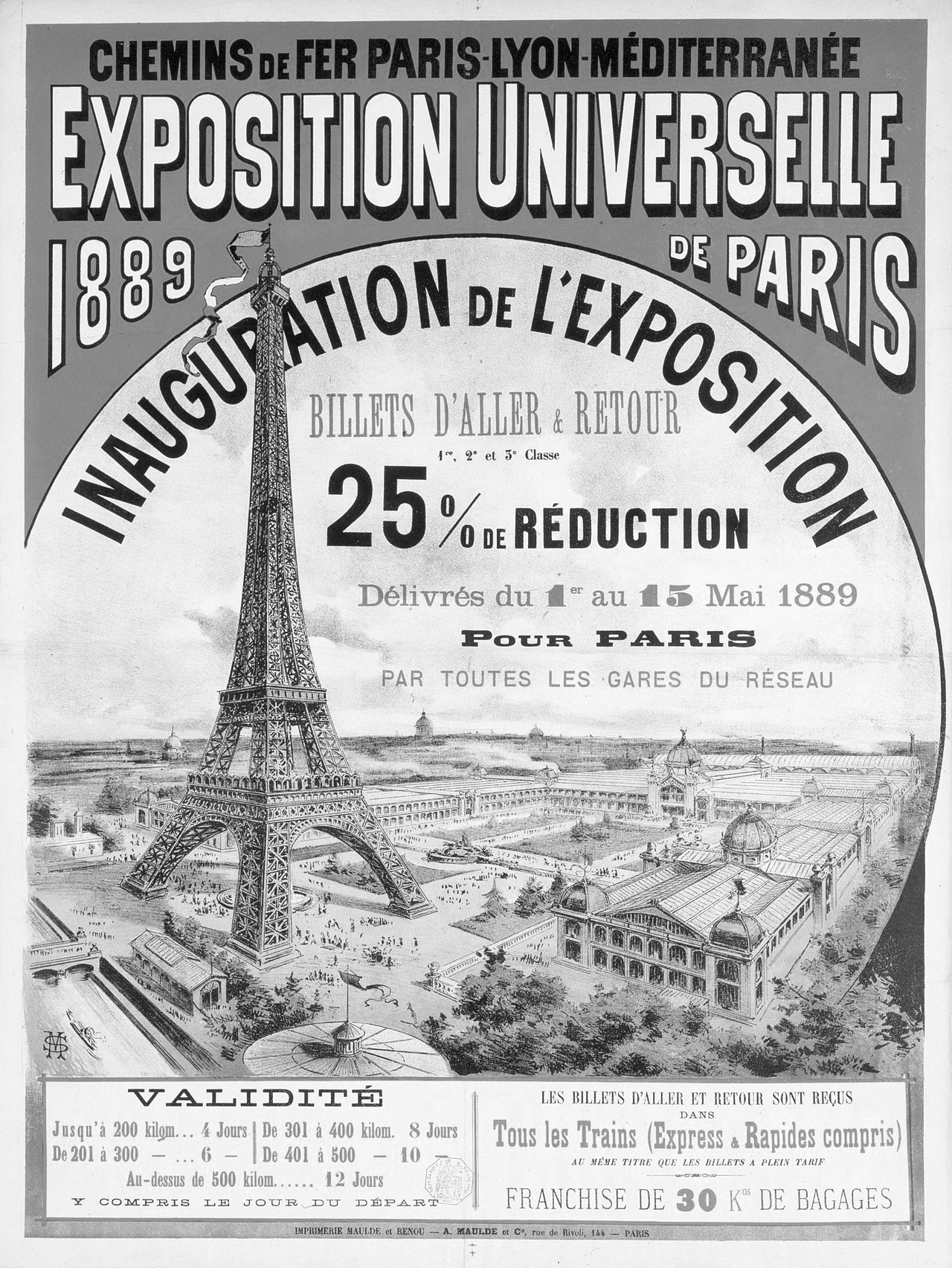
Q-4
Q-1. Artist Unknown, Transmigration of the Six Pathes, Tibet, 17-18C, Hwajeong Museum
Q-2. Artist unknown, Transcription of Avatamsaka Sutra (The Flower Garland Sutra), Zhou Version, 14C, Goryeo Dynasty. Horim Museum.
Q-3. Exposition seen from a balloon, 1889. Photography by Alphonse Liébert.
Q-4. Exposition Universelle (1889)
Artist unknown, World’s Fair poster, 1889, Musée Carnavalet.
R. New Year Dragon and Fireworks
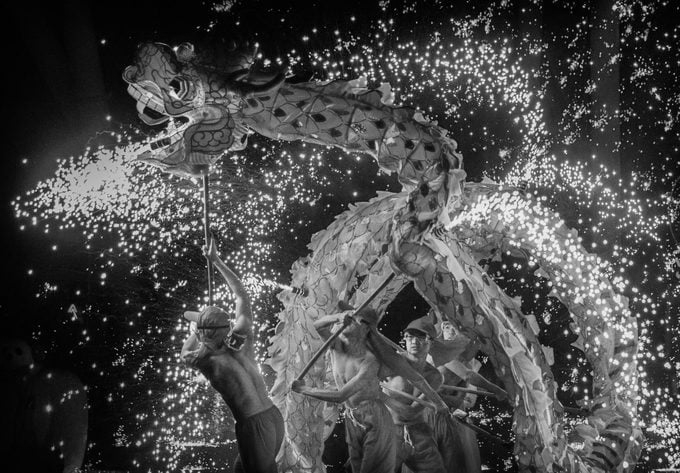
R-1
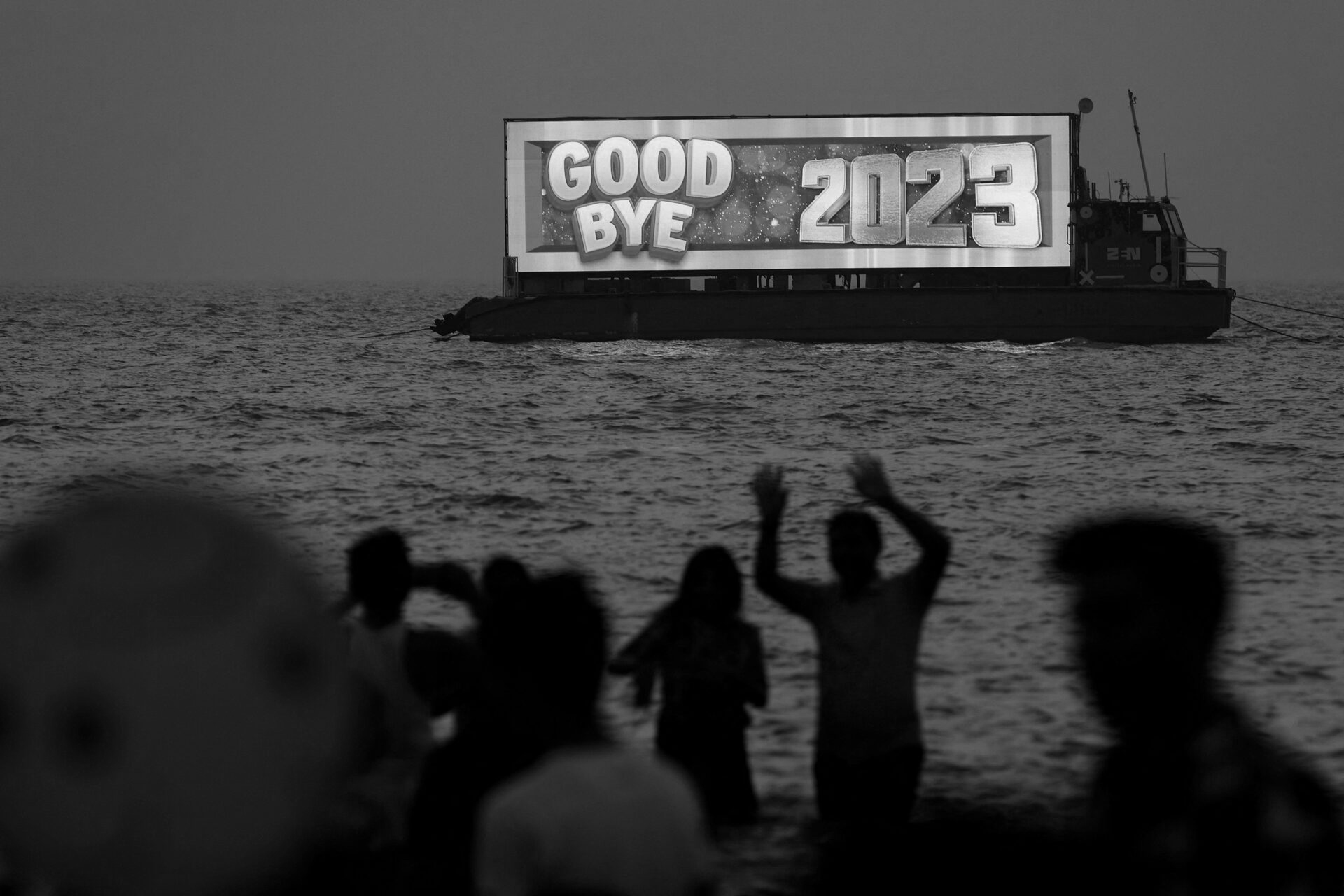
R-2
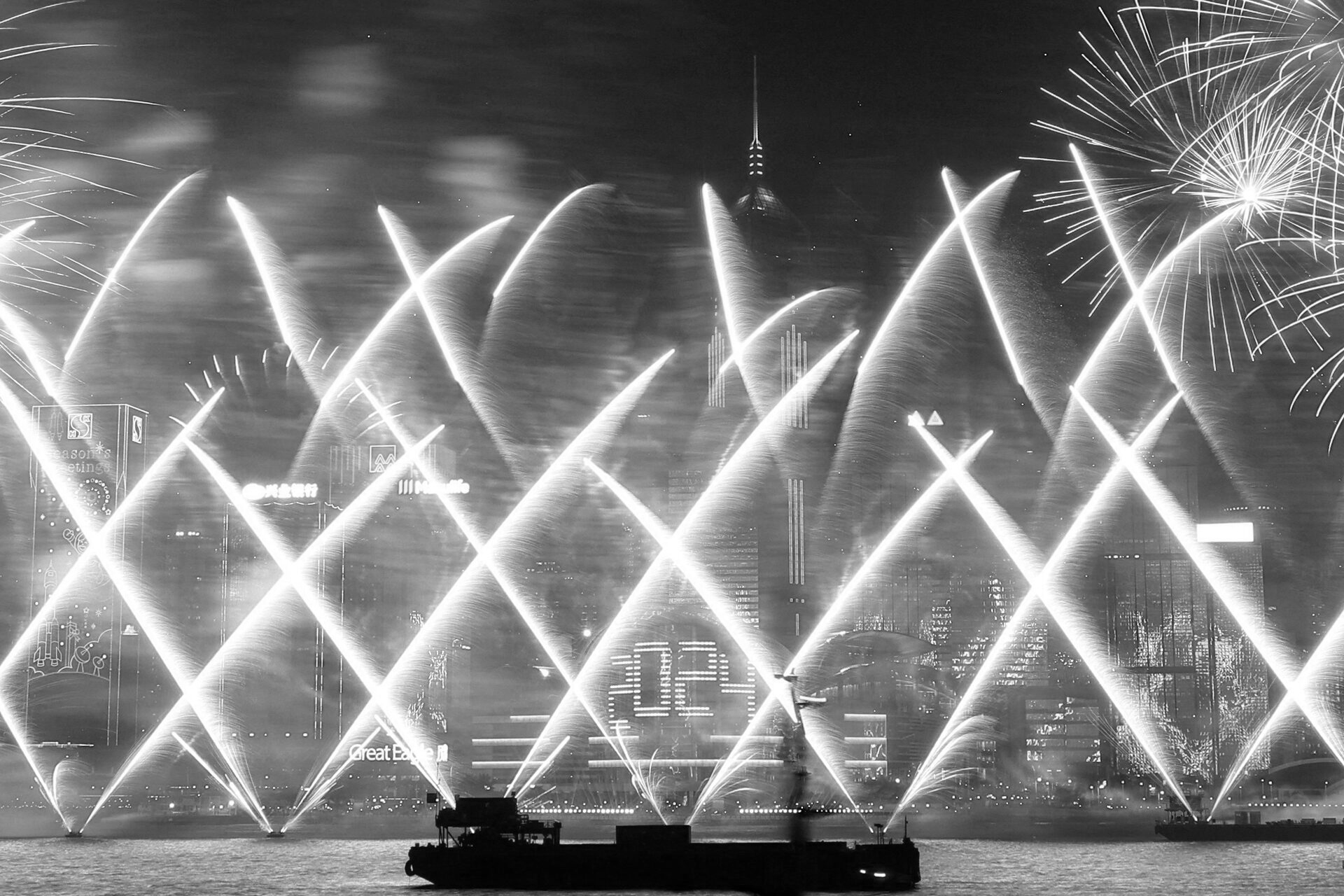
R-3

R-4
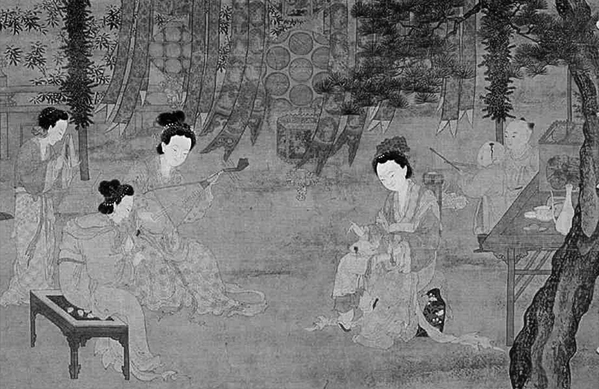
R-5
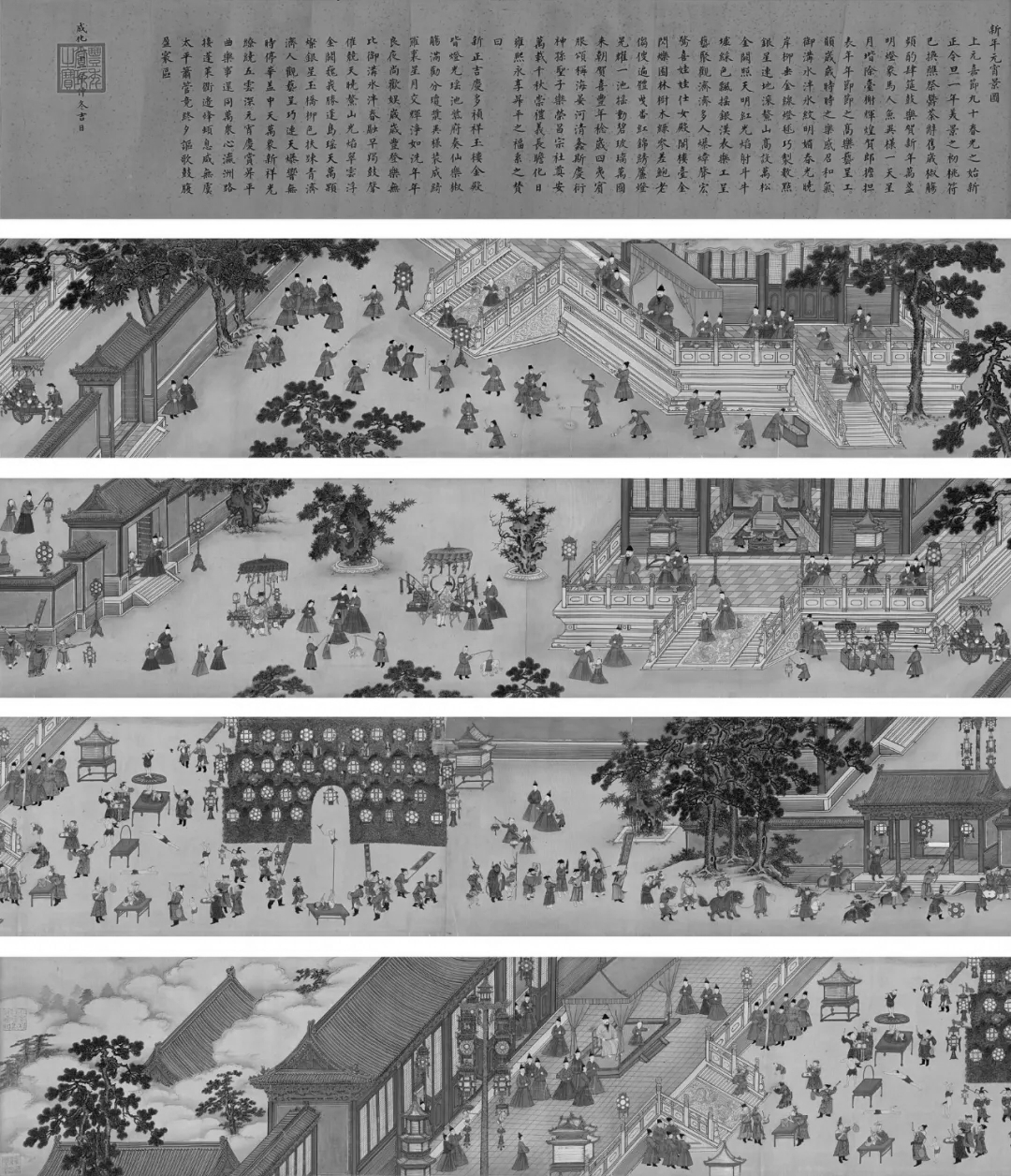
R-6
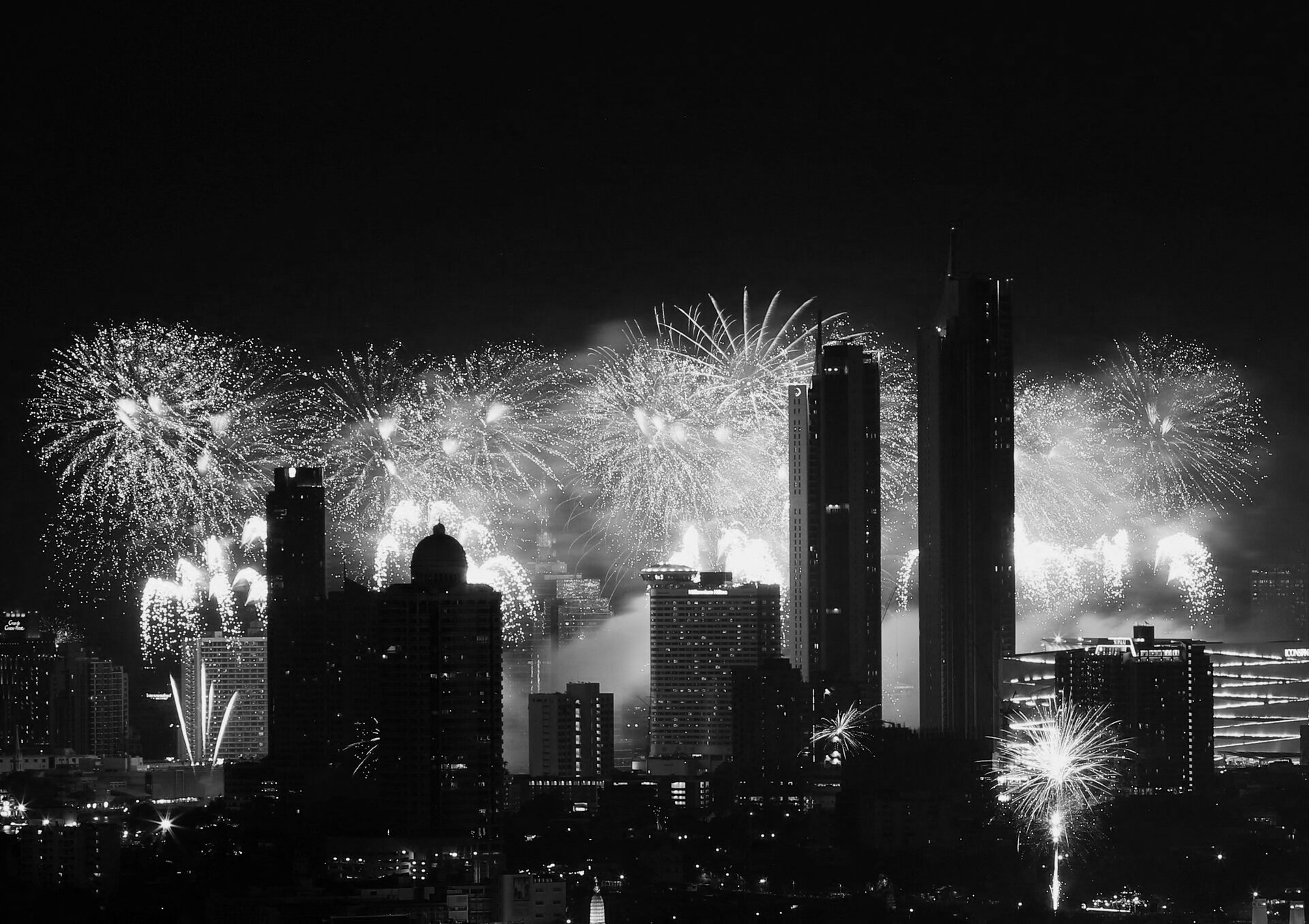
R-7

R-8
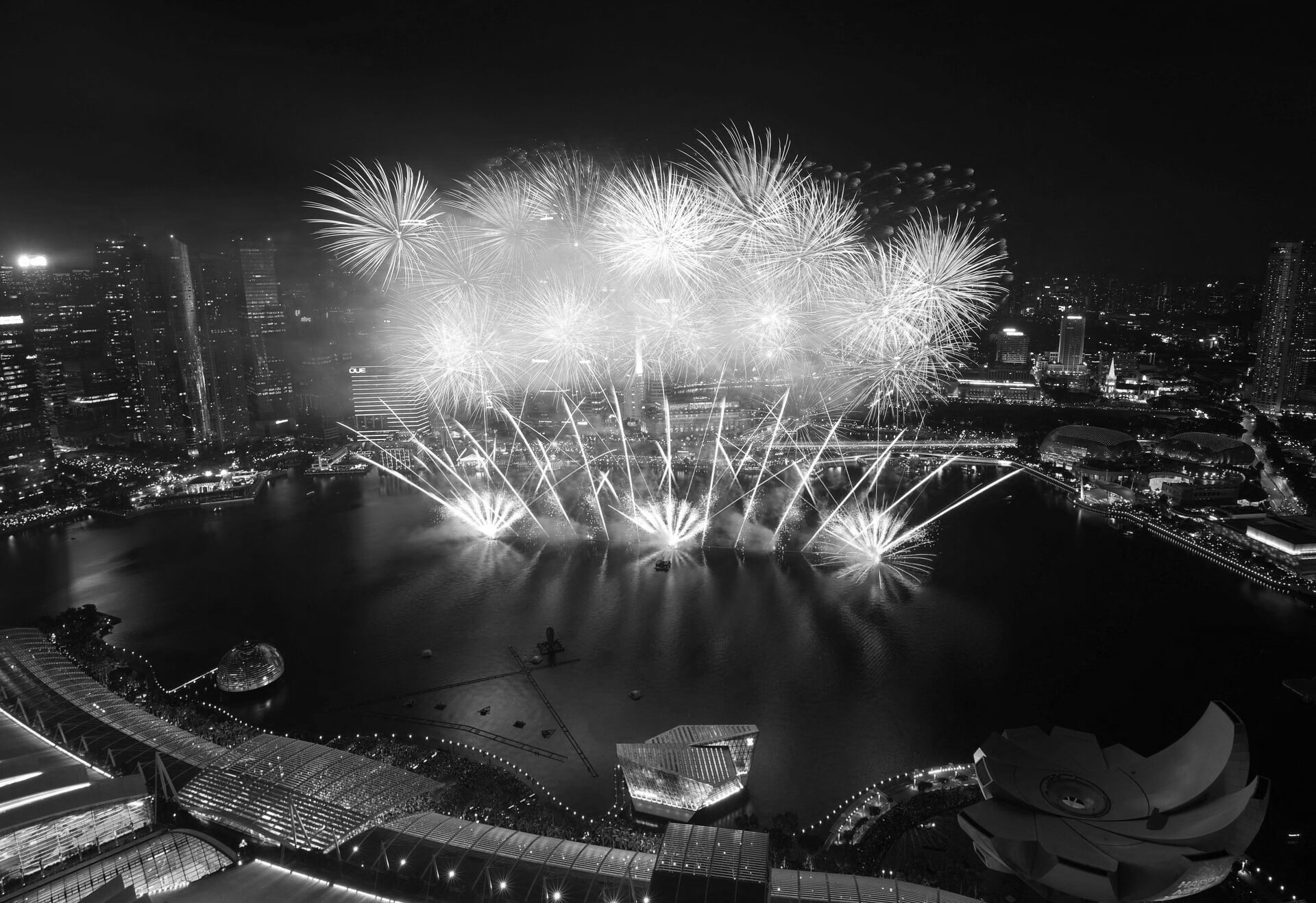
R-9
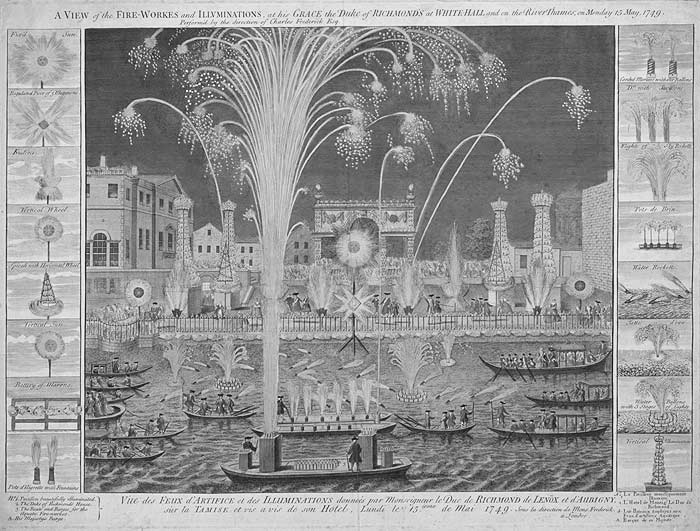
R-10
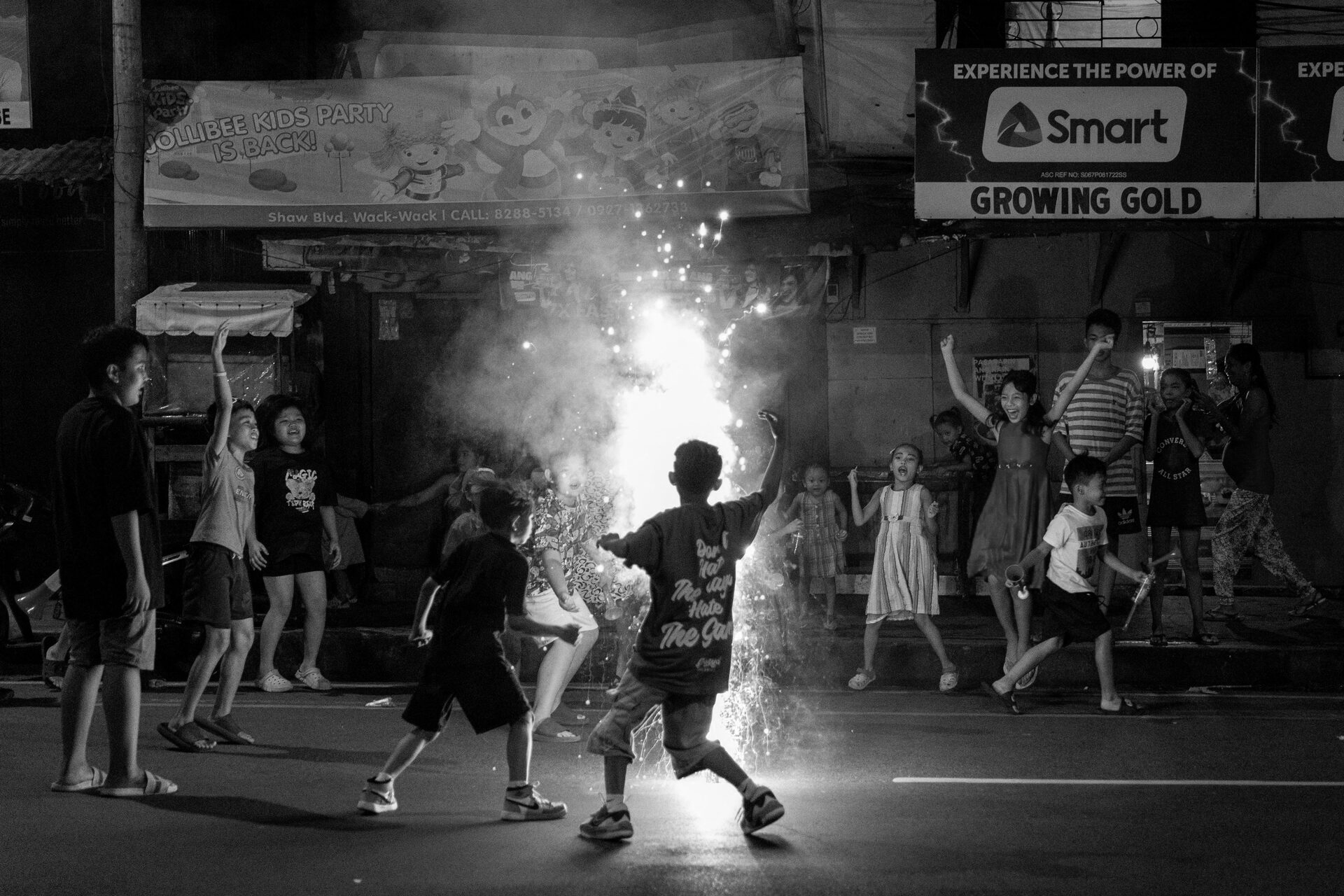
R-11
R-1. Chinese Dragons: Why They’re So Important in Chinese Culture. Taylor Markarian, 25 February, 2024, Reader’s Digest. © Kevin Frayer
The Dragon Dance occurs at every Chinese New Year celebration. It takes a number of talented people to make the large dragon costume move and dance with fluidity.
R-2. In pictures: Ringing in 2024 around the world. 1 January, 2024, REUTERS. © Francis Mascarenhas/Reuters
People watch the last sunset of the year from a beach on New Year’s eve in Mumbai, India.
R-3. In pictures: Ringing in 2024 around the world. 1 January, 2024, REUTERS. © Tyrone Siu/Reuters
Fireworks explode over Victoria Harbour to celebrate the New Year in Hong Kong.
R-4. In pictures: Ringing in 2024 around the world. 1 January, 2024, REUTERS. © Athit Perawongmetha/Reuters
Fireworks explode over the Grand Palace during the New Year celebrations, in Bangkok, Thailand.
R-5. Artist unknown, Viewing Lanterns, Southern Song Dynasty, 12-13C. Taipei Palace Museum.
R-6. Artist unknown, Emperor Chenghua Celebrating the Lantern Festival, handscroll, Ming Dynasty, 14-17C. National Museum of China.
R-7. In pictures: Ringing in 2024 around the world. 1 January, 2024, REUTERS. © Chalinee Thirasupa/Reuters
Fireworks explode during the New Year celebrations, in Bangkok, Thailand.
R-8. 1 January, 2024, REUTERS. © Dan Himbrechts/AAP
Fireworks are seen over the Sydney Opera House and Harbour Bridge during New Year’s Eve celebrations in Sydney, Australia.
R-9. 1 January, 2024, REUTERS. © Edgar Su/Reuters
Fireworks explode over the Marina Bay during the New Year celebrations in Singapore.
R-10. Artist unknown, An etching of the Royal Fireworks display on the Thames, London, England, 1749.
R-11. 1 January, 2024, REUTERS. © Eloisa Lopez/Reuters
Children play during New Year’s Eve celebrations at a street in Mandaluyong, Metro Manila, Philippines.
